Die Hochschulgalerie als Membran
Mit dem Umzug in das neue Ateliergebäude und einer neuen wissenschaftlichen Mitarbeiterin gewinnt die Galerie der HFBK an Ausstellungsfläche und an Möglichkeiten. Mehr noch, sie tritt in einen Prozess der konzeptuellen Veränderung ein.
Die Gründung der HFBK Galerie im Jahr 2004 geht zurück auf die Initiative von Martin Köttering, der viele Jahre als Kurator für zeitgenössische Kunst gearbeitet hatte, bevor er 2002 die Präsidentschaft der Hochschule übernahm. Ihm war es ein zentrales Anliegen, dass Studierende über die Mechanismen von Produktion, Präsentation und Repräsentation nicht nur sprechen und nachdenken, sondern sich auch praktisch mit diesem Verhältnis auseinandersetzen. Am besten in Form von selbst kuratierten und organisierten Ausstellungen in einem eigenen Ausstellungsraum. Dafür gab er damals sein Büro in der zweiten Etage des Lerchenfeld-Gebäudes auf und verwandelte es in einen Ausstellungsraum – in einen erstmal leeren, weiß gestrichenen Raum mit möglichst viel Präsentationsflächen. Grundlegend war das Bewusstsein von der Kunsthochschule als ein Ort der Lehre, an dem angehenden Künstler*innen ihr eigenes Profil entwickeln können, ohne dabei systematisch mit einem alltäglichen Ausstellungswesen konfrontiert zu werden, aber dennoch Erfahrungen mit der Konzeption und den Abläufen der Kunstvermittlung sammeln zu können. Von Anfang an war die Hochschulgalerie in der Lehre verortet, stand neben der Vermittlung von Ausstellungspraxis auch die inhaltliche Auseinandersetzung mit (historischen und zeitgenössischen) kuratorischen Konzepten im Mittelpunkt.
Das Programm wurde seither von wechselnden studentischen Teams für ein oder zwei Semester gestaltet. Den Anfang machten 2004/05 Tjorg Douglas Beer und Lutz Krüger, die unter anderem Abel Auer, Ellen Gronemeyer, Stef Heidhues, Malte Urbschat, Adnan Softić oder Christoph Blawert zeigten. Neben dem Ausstellungsprogramm luden sie Kurator*innen wie Heike Munder vom Migros Museum Zürich oder den Galeristen Christian Nagel für Vorträge ein oder berichteten über alternative Ausstellungsräume wie Cubitt (London), Simultanhalle (Köln), Message Salon (Zürich) oder Oscar-von-Miller-Straße-16 (Frankfurt/M.). Diese Kombination aus Ausstellungs- und Veranstaltungsprogramm, von Theorie und Praxis sowie das Arbeiten im Kollektiv lassen sich im Rückblick auf das Programm der HFBK Galerie als wiederkehrende Formate und Auseinandersetzungen identifizieren.
Es gibt Fragen, die zyklisch immer wieder auftauchen, aber sie werden aktualisiert und mit anderen Mitteln bearbeitet. Und immer geschah dies mit großer Radikalität und Experimentierfreude, mit der die studentischen Teams bereit waren, alles zu hinterfragen: Muss sich künstlerische Arbeit über eine Ausstellung manifestieren? Kann sich eine Ausstellung nicht auch selbst kuratieren? Wie kann ein Galerieraum noch genutzt werden? In welchem Verhältnis stehen Theorie und Praxis? Die gesellschaftlichen Bedingungen und Machtstrukturen zu thematisieren, innerhalb derer künstlerisch gearbeitet, kuratiert und kommuniziert wird, trat zunehmend in den Mittelpunkt. Das lässt gerade auch an den Programmen von Julie Gufler & Julia Metropolit (2014), Tim Geissler und Johannes Boscher (2014/15) oder dem Cake & Cash Curatorial Collective (2020/21) anschaulich betrachten.
Daneben spielte die Auseinandersetzung mit der Architektur des Raumes eine wichtige Rolle – lassen sich darüber ja auch immer kuratorischen Setzungen vornehmen. So wurden immer wieder, teils elementare, architektonische Eingriffe vorgenommen, die nicht selten zum „Markenzeichen“ der jeweiligen Kurator*innen wurden: Die Decke wurde in einem mühsamen Akt komplett schwarz gestrichen, eine Wand vor die Fensterfront gestellt, der Eingang verlegt und stattdessen in die Wand ein großes Fenster eingebaut, das zum Schauplatz von Performances wurde und den Blick der Besucher*innen auf das Geschehen im Raum freigab. So unscheinbar der Ausstellungsraum im „Originalzustand“ jemals wirkte, so gut funktionierte er als Folie für die Ideen der Studierenden. Und immer hatten sie die Freiheit und alle technischen Möglichkeiten, ihre Vorschläge umzusetzen. (Es sei denn, statische Gründe sprachen dagegen.) Es galt, sich mit den vorhandenen Gegebenheiten auseinanderzusetzen, darauf zu reagieren und einen Umgang mit ihnen zu finden.
So fungiert die HFBK Galerie als experimentelle Plattform, um künstlerische und kuratorische Prozesse in einem geschützten Raum ausprobieren zu können, in dem es weder richtig noch falsch gibt. Und auch wenn das Zitat von Samuel Beckett schon so oft bemüht wurde, es passt auch in diesem Zusammenhang einfach zu gut: „Try again, fail again, fail better!“
Daneben war die Galerie auch immer ein Ort des regelmäßigen Austauschs mit anderen Kunsthochschulen. So stellen jeden Februar zehn Studierende aus London im Rahmen des Ausstellungs-Austausches mit dem Art Department der Goldsmiths University in der Galerie der HFBK aus. Durch den Brauch, Lehrende mit einer Einzelausstellung zu begrüßen oder zu verabschieden, waren in der Galerie auch regelmäßig Positionen etablierter Künstler*innen wie Franz Erhard Walther, Norbert Schwontkowski, Thomas Demand oder Michaela Melián zu sehen.
Nach fast 20-jähriger Ausstellungsgeschichte stehen nun räumliche und personelle Veränderungen bevor, die sich auch in der konzeptionellen Ausgestaltung der HFBK Galerie niederschlagen. In dem neuen Atelierhaus wird die Galerie zwei Räume im Erdgeschoss beziehen, die mit einer Ausstellungsfläche von fast 360 Quadratmetern deutlich größer sind, als der bisherige Raum. Die technisch besser ausgestatteten und repräsentativen Ausstellungsräume ermöglichen vielfältige Nutzungen und durch das zentrale Fenster an der Längsseite öffnet sich der Ausstellungsraum zur Straße. Als großzügiges Schaufenster ermöglicht es den Blick in die Kunstproduktions- und Ausstellungsstätte. Gleichzeitig spielt das Außen eine sichtbare Rolle bei allen Projekten im Innenraum, woraus sich interessante Korrespondenzen ergeben. „Zwischen dem Inneren einer Kunsthochschule und dem Draußen muss es etwas geben, eine in beide Richtungen durchlässige Membran. Und diese Membran kann die Galerie sein. Das bedeutet, noch stärker die Öffentlichkeit zu adressieren, die damit eingeladen wird, an die Hochschule zu kommen und die Ausstellungen wahrzunehmen“, so Martin Köttering.
Für das erweiterte Ausstellungsprogramm bekommt Martin Köttering Unterstützung durch Sjusanna Eremian, die seit Oktober 2021 für die kommenden drei Jahre als kuratorische Assistentin an der HFBK Hamburg arbeitet. Eremian hat an der Leuphana Universität in Lüneburg Kulturwissenschaften mit dem Schwerpunkt Kunst- und Medienwissenschaft studiert. Ihre Master-Arbeit schrieb sie 2017 zum Thema Politische Kunst und Populismus und war in dieser Zeit studentische Mitarbeiterin des dortigen Kunstraums. Nach einem zweijährigen Volontariat an der Hamburger Kunsthalle hatte sie dort eine Projektassistenz für die Ausstellung De Chirico – Magische Wirklichkeit inne. Ihre ersten Wochen an der HFBK Hamburg verbrachte Eremian damit, genau hinzuschauen, hinzuhören, Ausstellungen anzusehen und den Austausch mit den Studierenden zu suchen. Eigene kuratorische Ideen stellt sie zunächst einmal zurück: „Ich möchte die Ausstellungen mit den Studierenden gemeinsam entwickeln. Deshalb schaue ich mir aktuell sehr genau an, welche Positionen und Inhalte die Studierenden beschäftigt, um daraus Ideen für Ausstellungsprojekte zu entwickeln.“ Eine von Studierenden konzipierte Ausstellung, ein Kooperationsprojekt mit Studierenden aus Leipzig und Berlin ist bereits eingeplant.
Zudem steht eine erste Ausstellung bereits fest. Im Frühsommer wird die Ausstellung zum Finkenwerder Kunstpreis in den neuen Galerieräumen stattfinden. Die seit 1999 vom Kulturkreis Finkenwerder e.V. an international anerkannte Künstler*innen verliehene Auszeichnung wurde in Zusammenarbeit mit der HFBK Hamburg neu ausgerichtet und um den Finkenwerder Förderpreis der HFBK Hamburg ergänzt. Mit der Trägerin des mit 20.000 Euro dotierten Hauptpreises, der US-amerikanischen Künstlerin, Autorin und Filmemacherin Renée Green (siehe auch den Artikel von Nina Möntmann auf S. 33) wird in der Galerie der HFBK – zum ersten Mal unabhängig von ihrem Bezug zur Hochschule –, eine etablierte Position gezeigt. In dem zweiten Raum wird die HFBK-Absolventin Frieda Toranzo Jaeger (Master 2020 bei Prof. Jutta Koether) ausstellen, die mit dem Förderpreis bedacht wurde. Toranzo Jäger kombiniert installative Malerei mit traditionell mexikanischen Textilarbeiten und Performance, um Ideen von Hybridität, Sexualität und Autonomie zu erforschen.
Während sich das Konzept erst schrittweise formiert und Gestalt annimmt, stellen Ausstellungen renommierter Einzelpositionen aus dem Hochschulkontext oder von außerhalb, um unterschiedliche Diskurse in den Lehrbetrieb zu holen, ein neues Format für die HFBK Galerie dar. Daneben wird es zukünftig nun noch mehr Raum für studentische Initiativen, Artist Talks, Workshops und Veranstaltungsprogramme geben.
Dieser Text erschien zum ersten Mal im Lerchenfeld-Magazin Nr. 60.
Autorin: Julia Mummenhoff
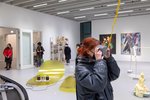
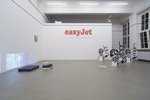
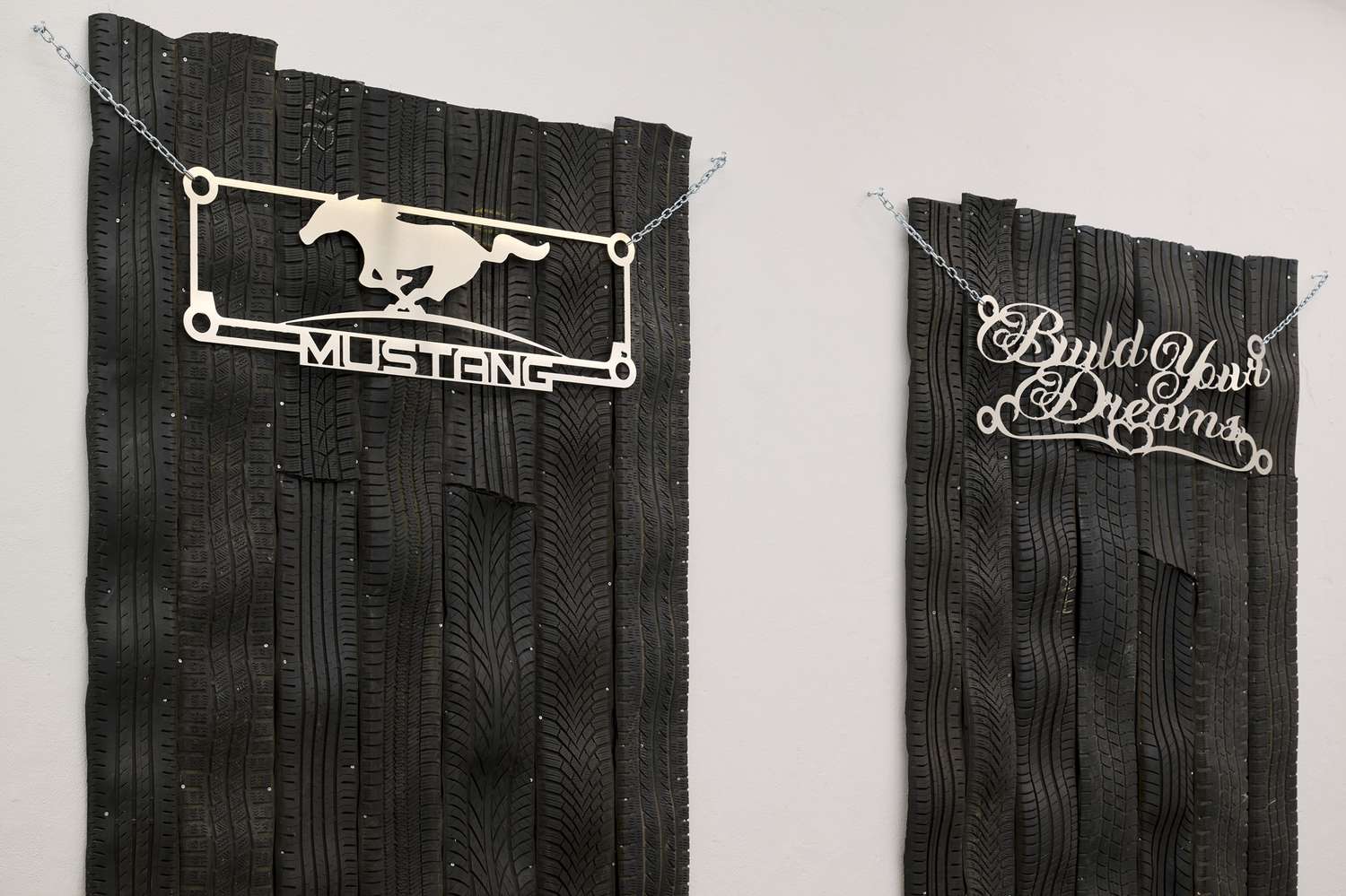
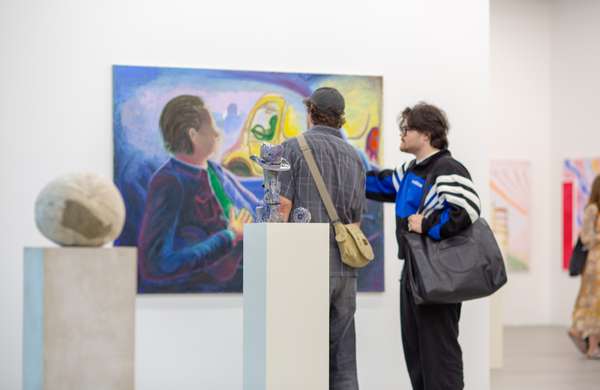

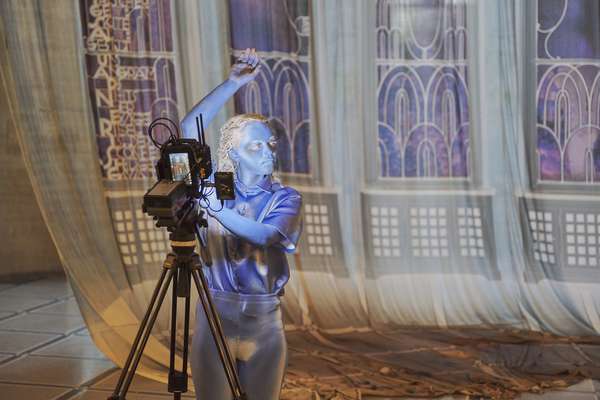

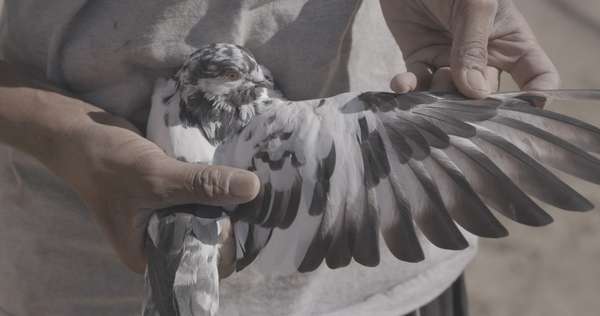
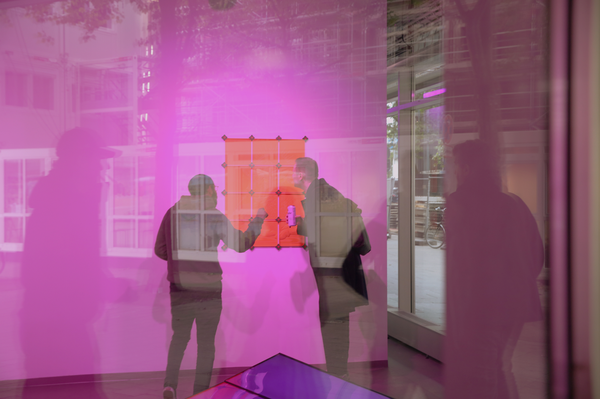
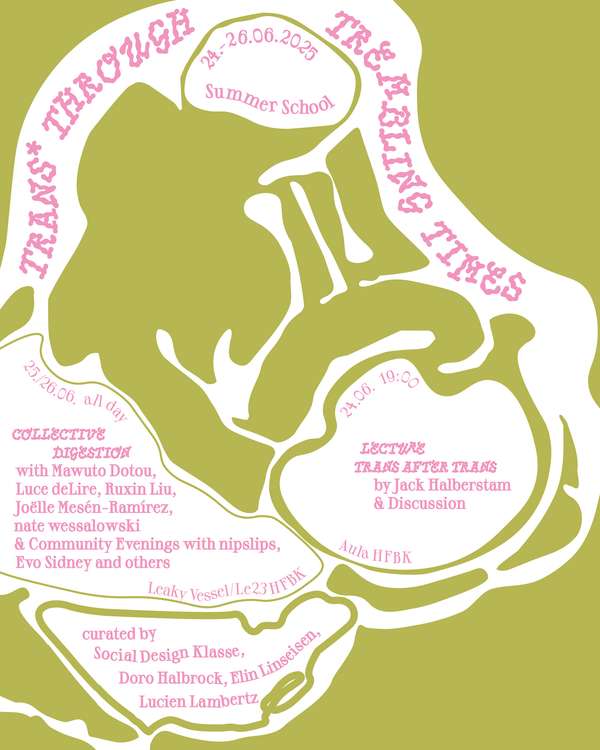
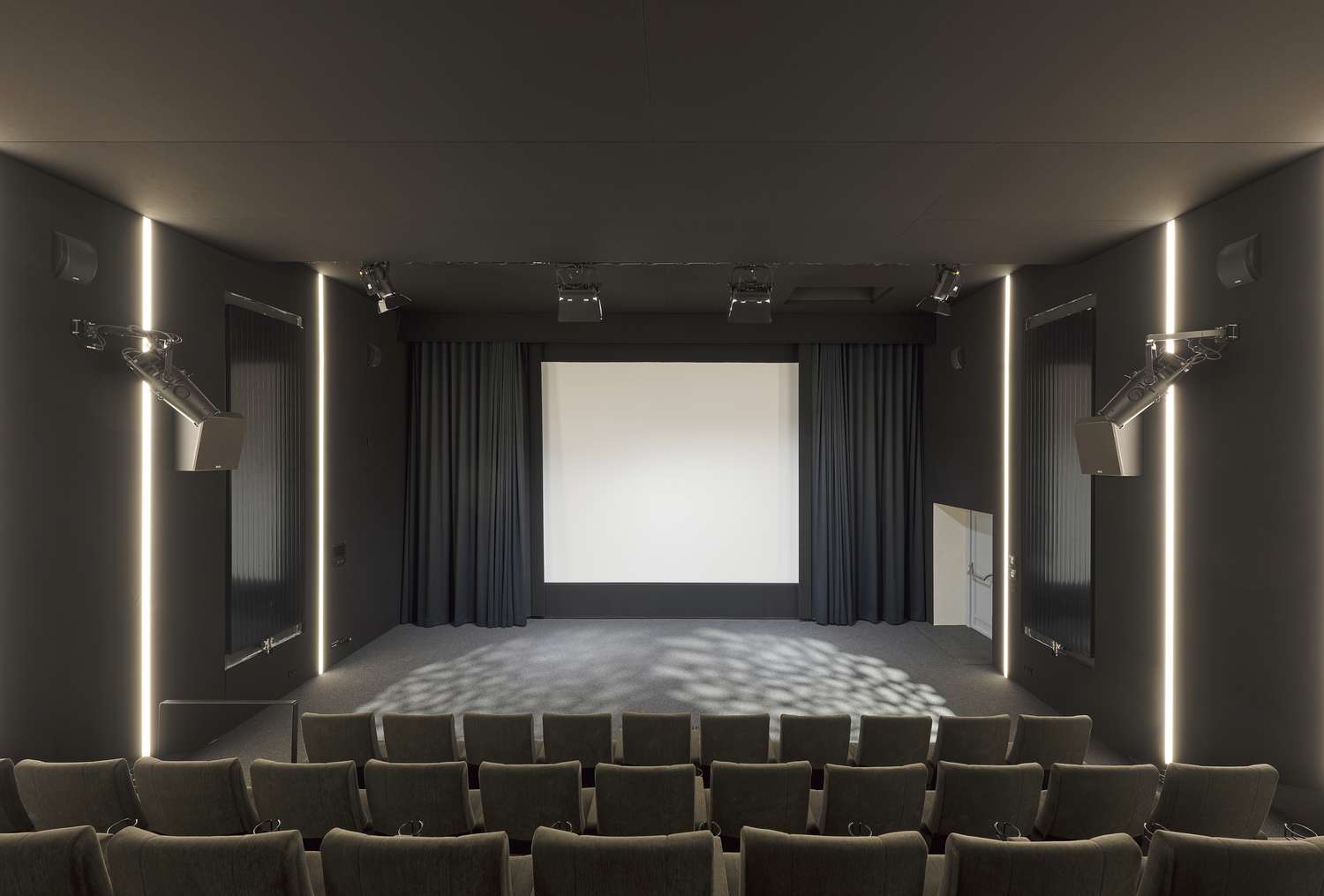
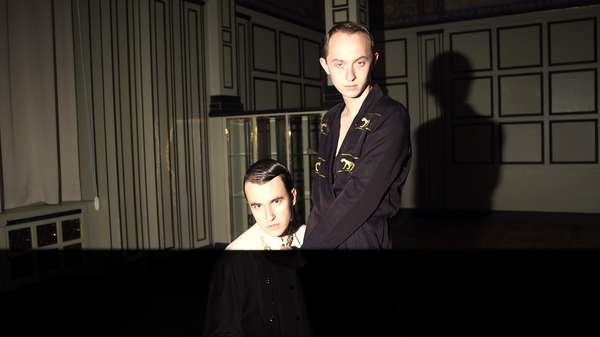
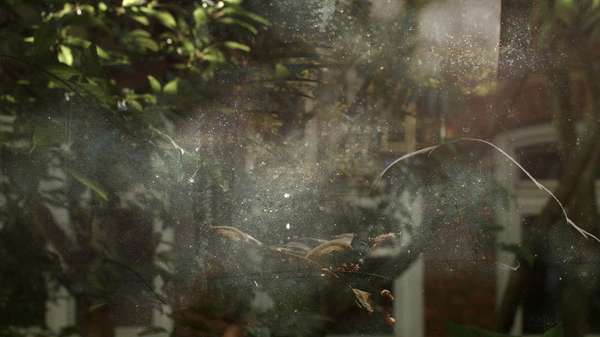
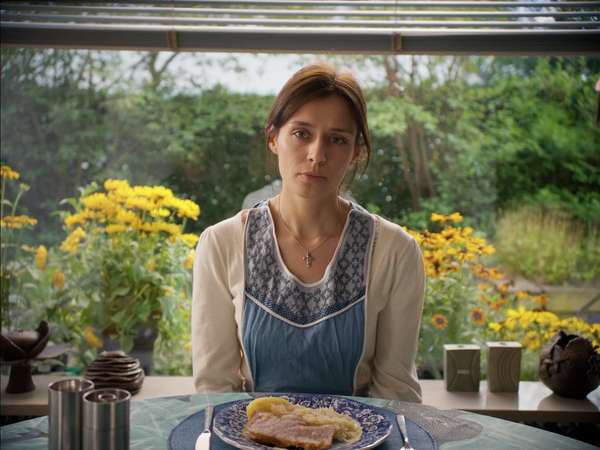
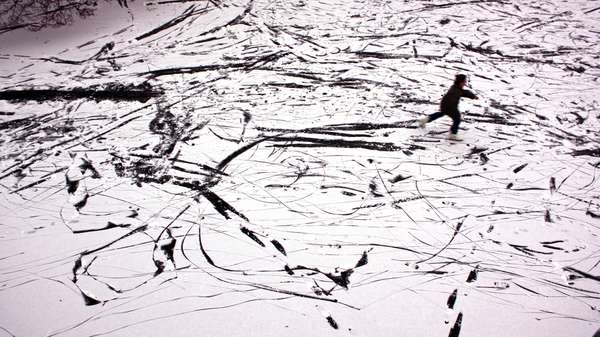
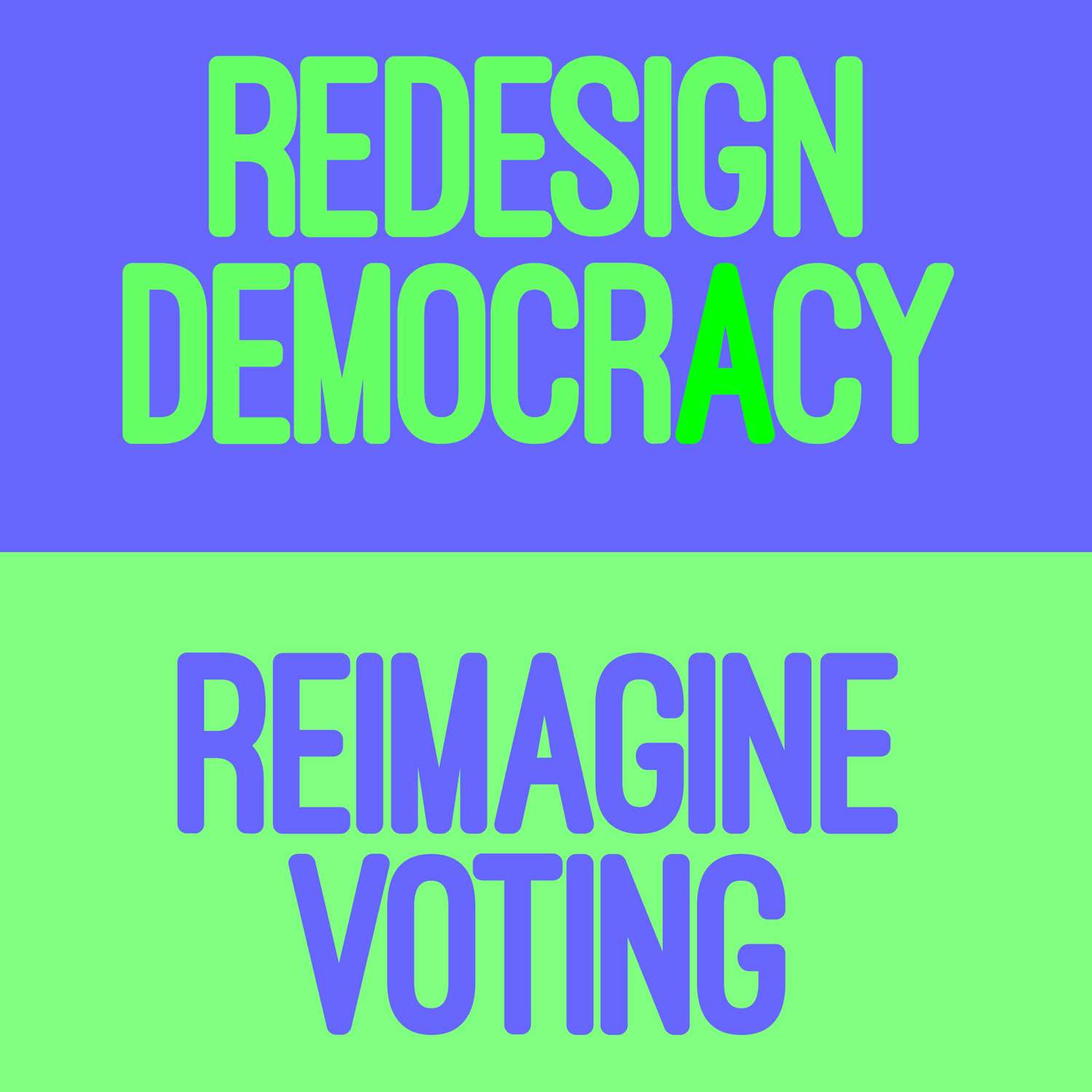
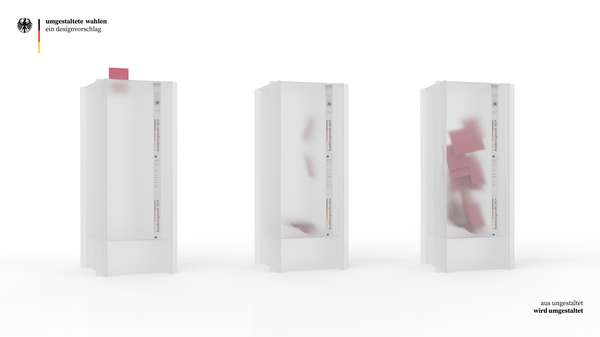
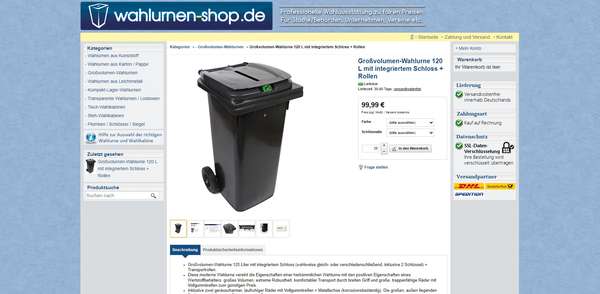
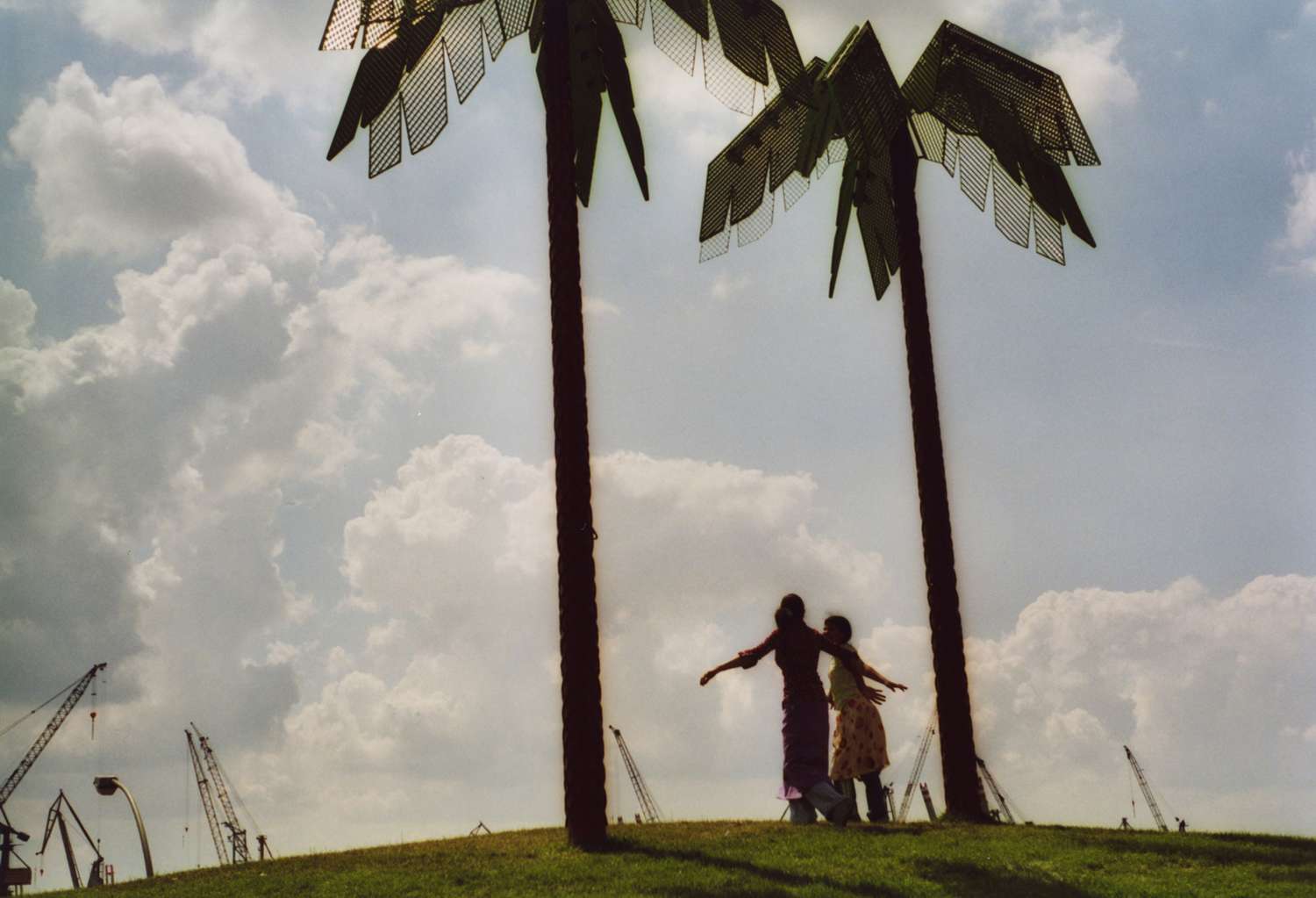
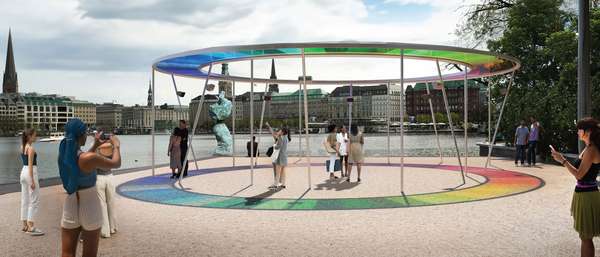
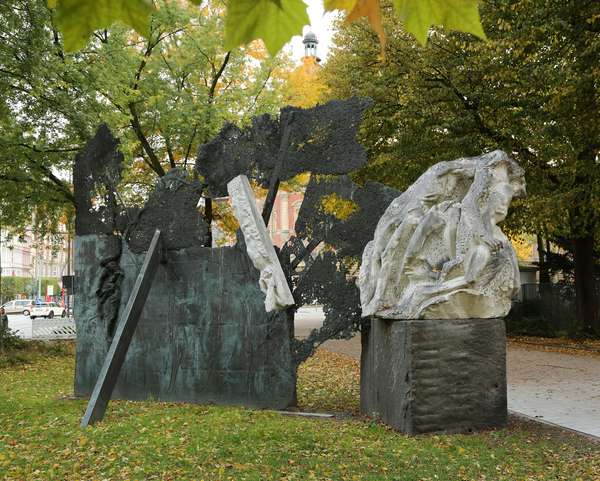



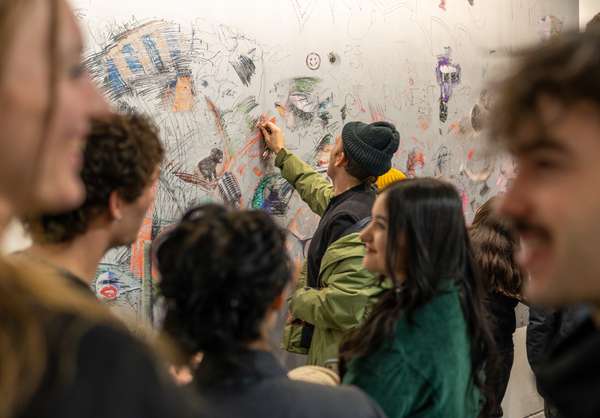
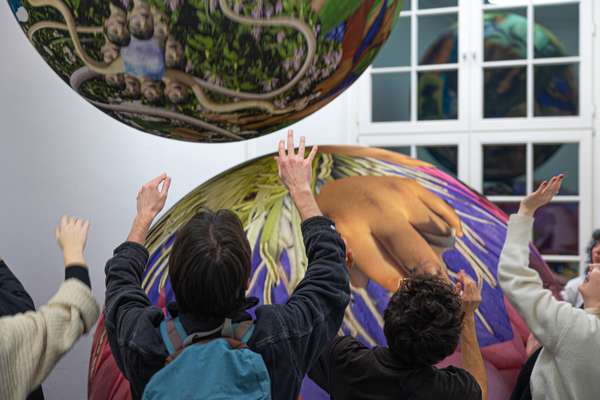
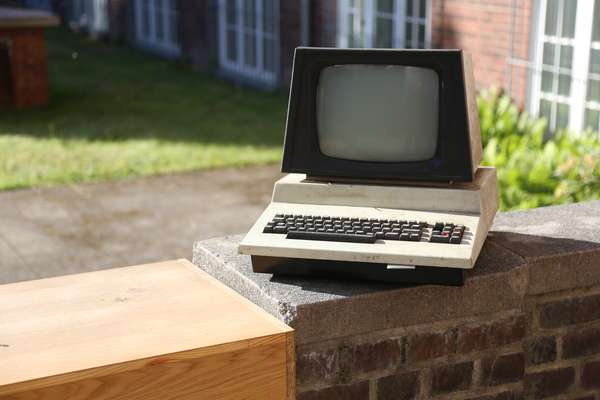


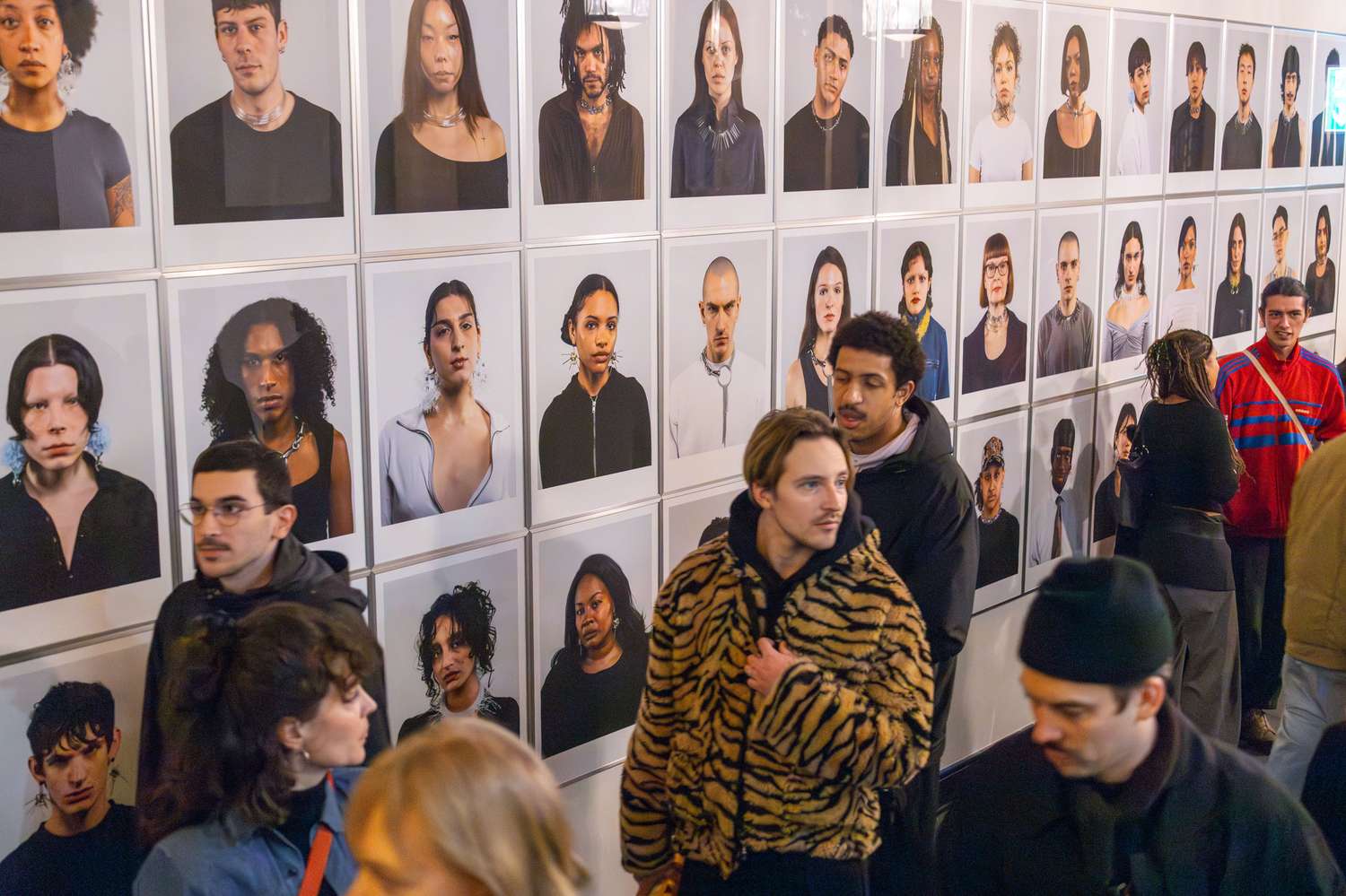
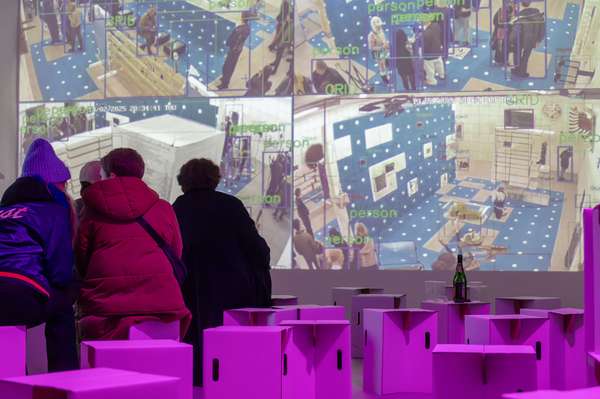
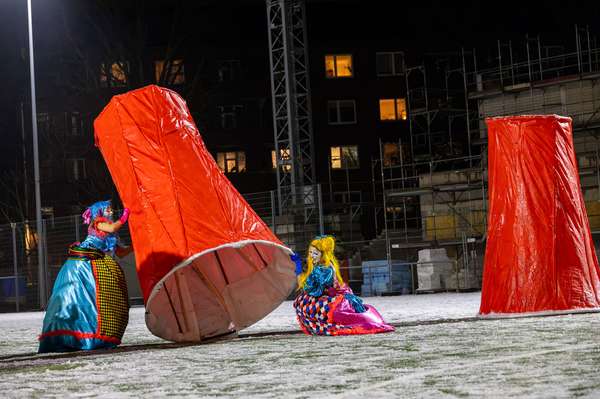
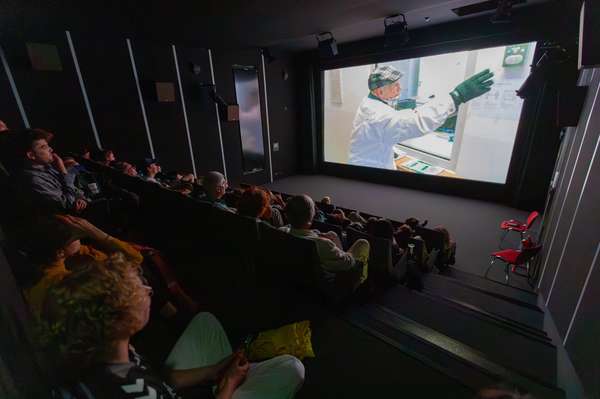
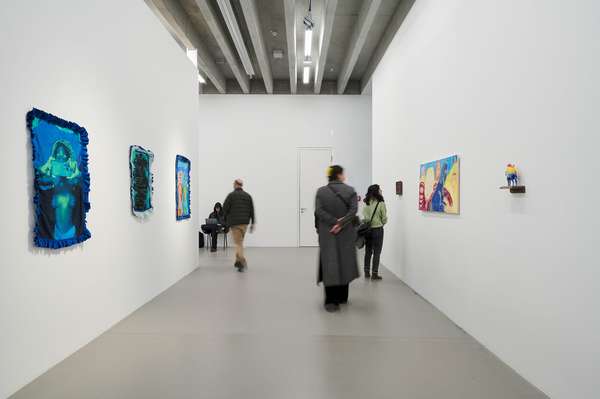
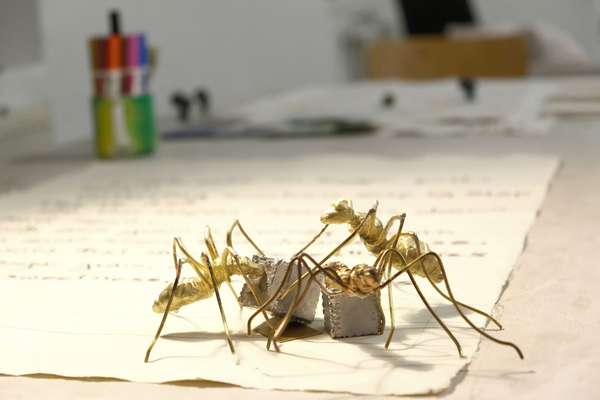
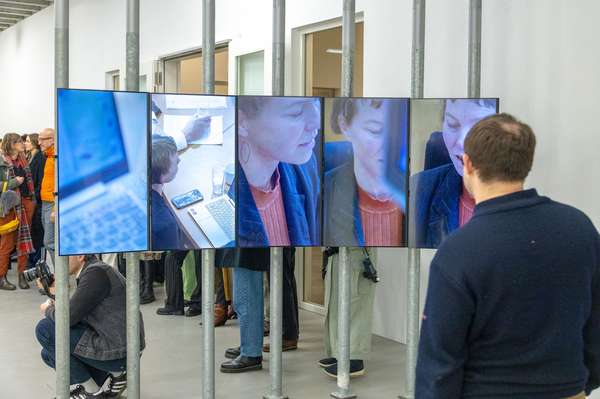
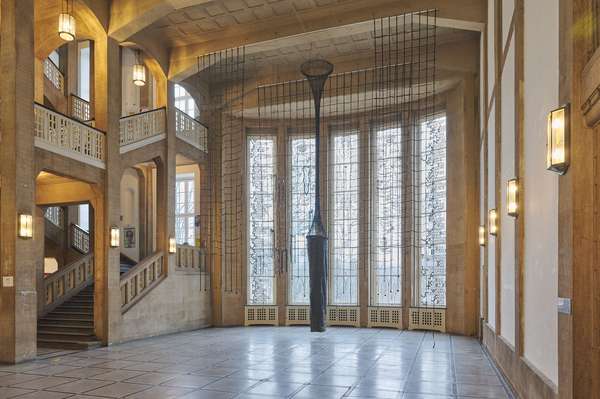
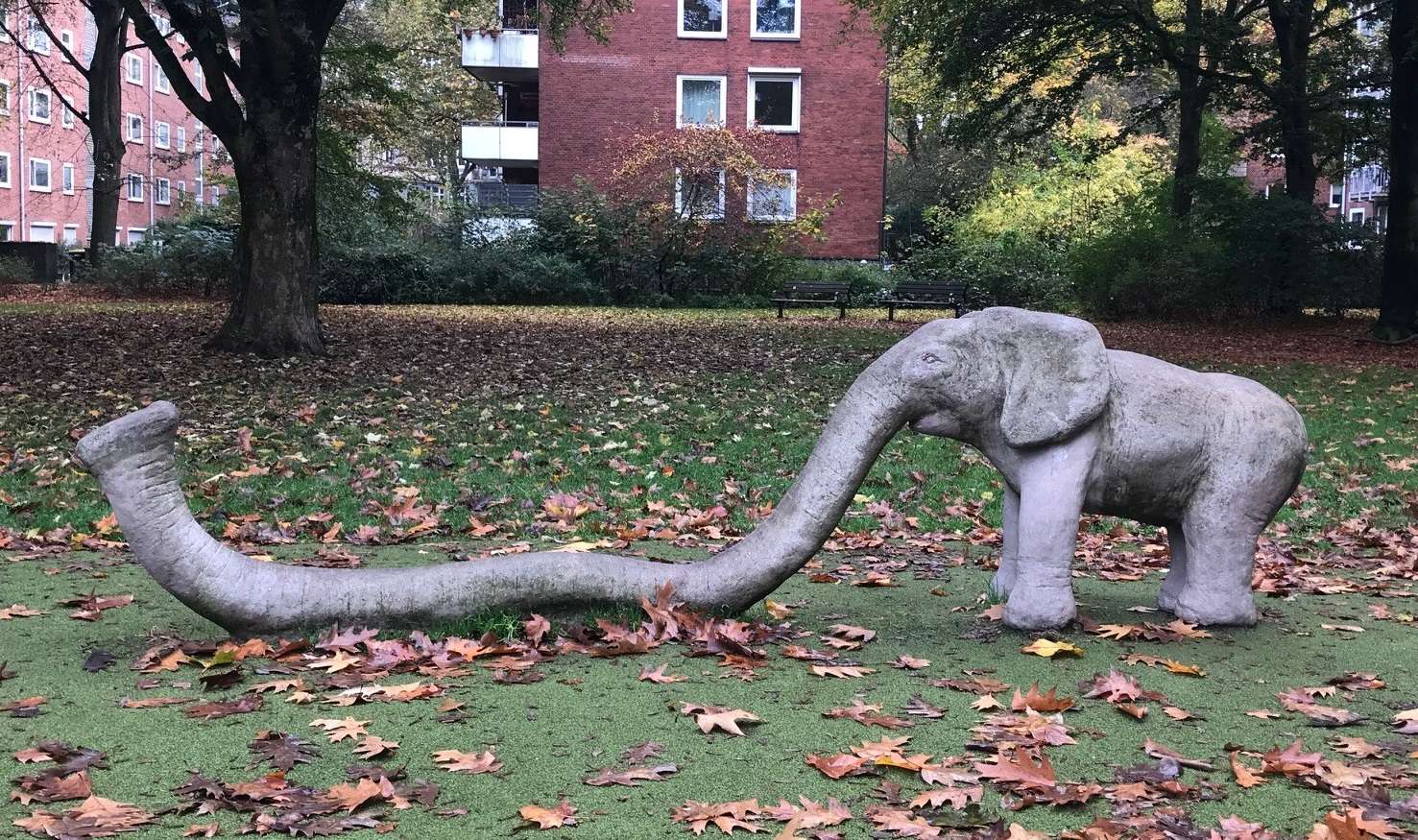
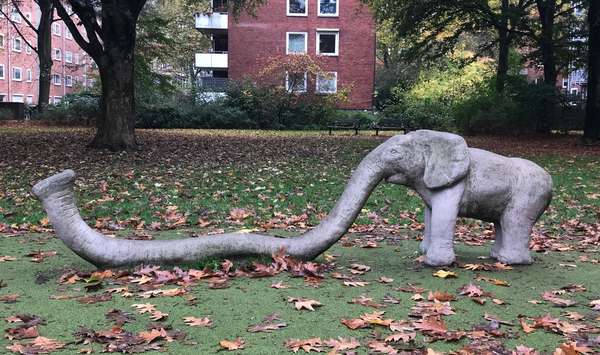
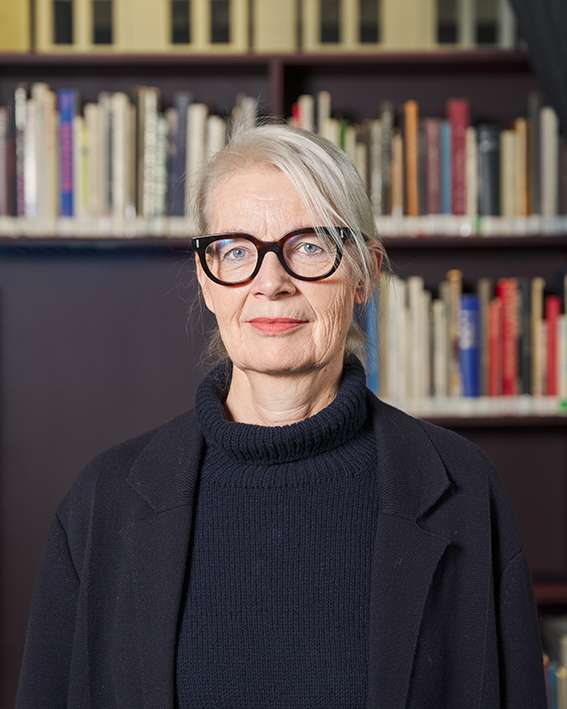
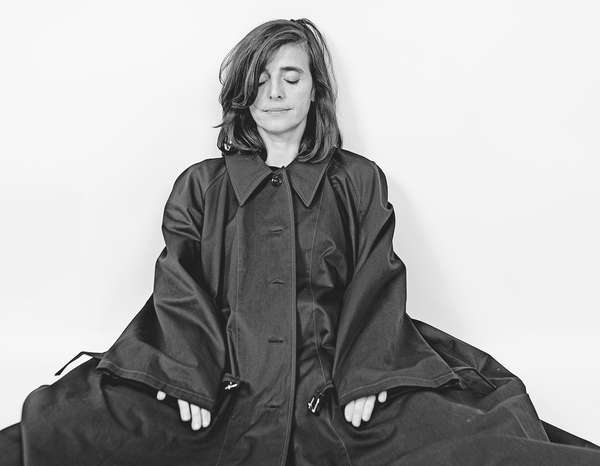
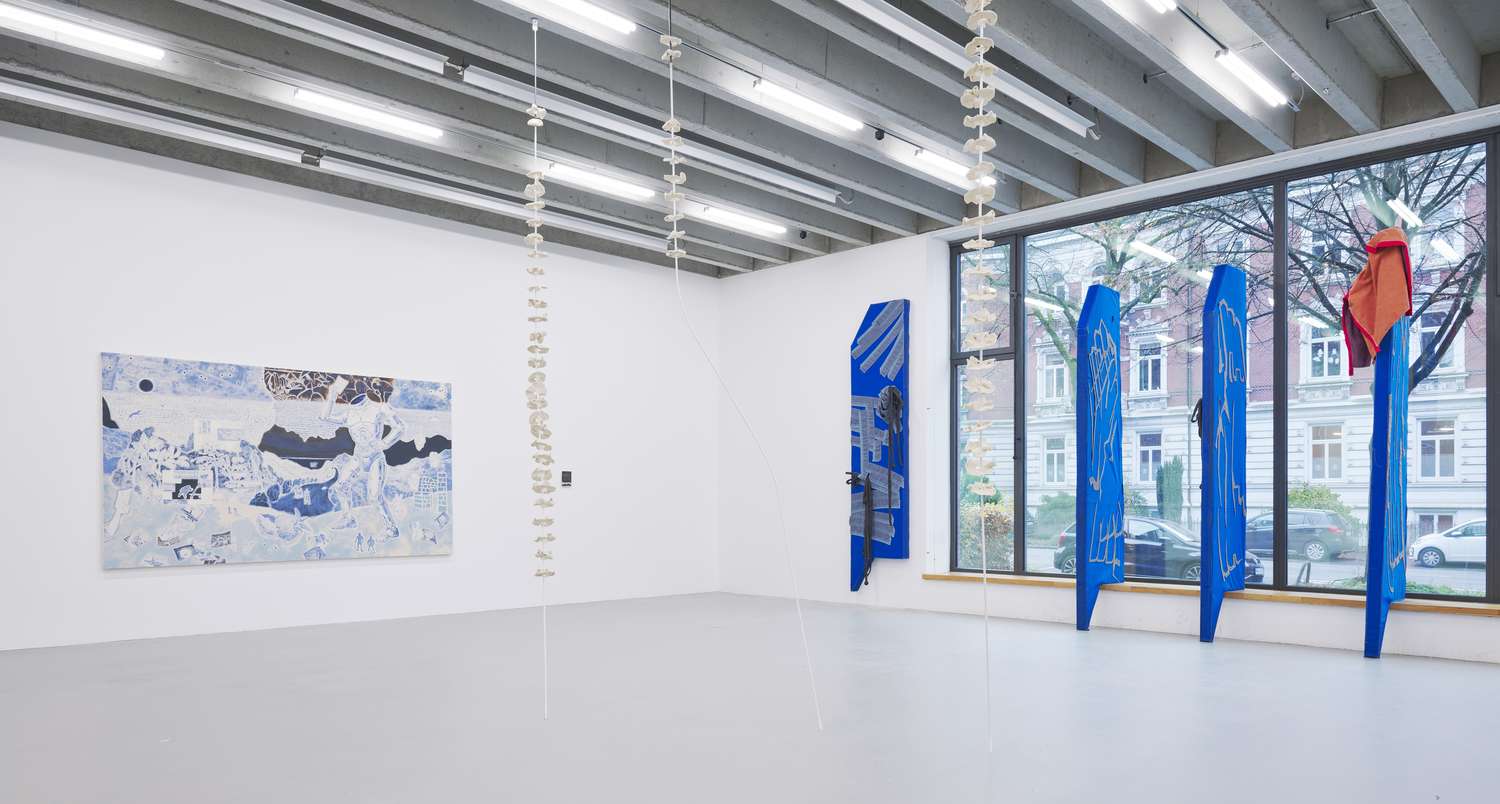
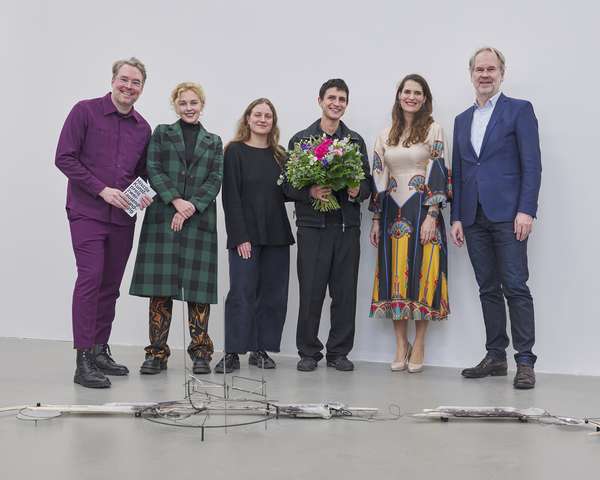
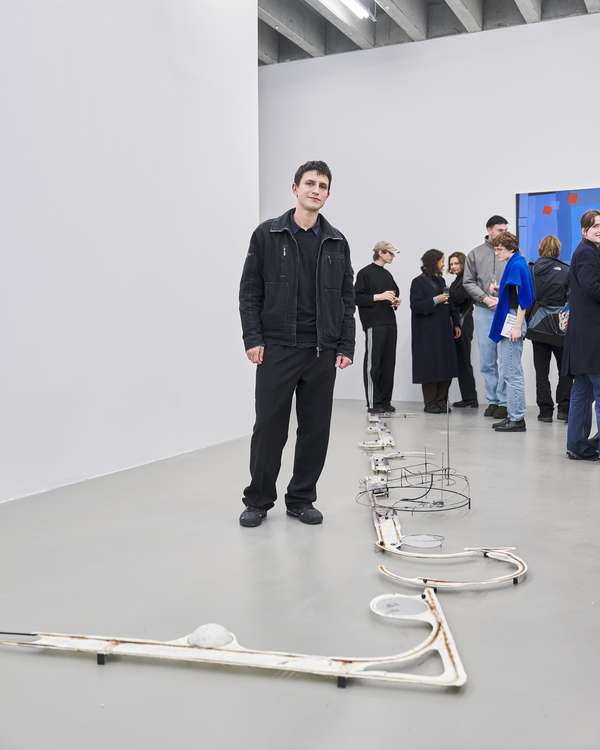
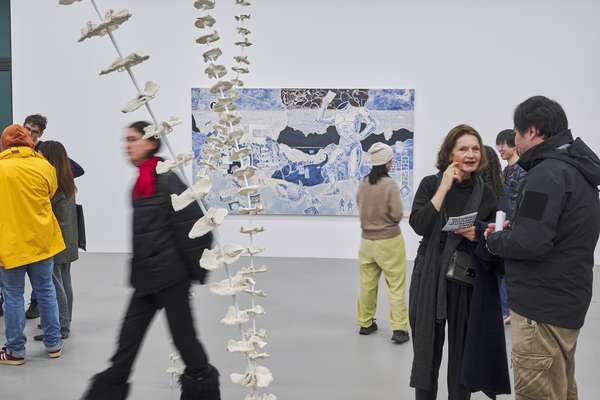
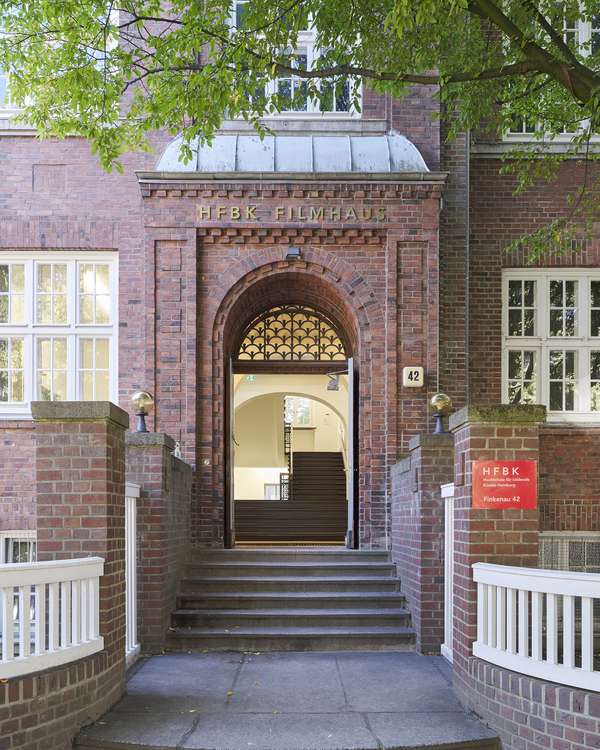
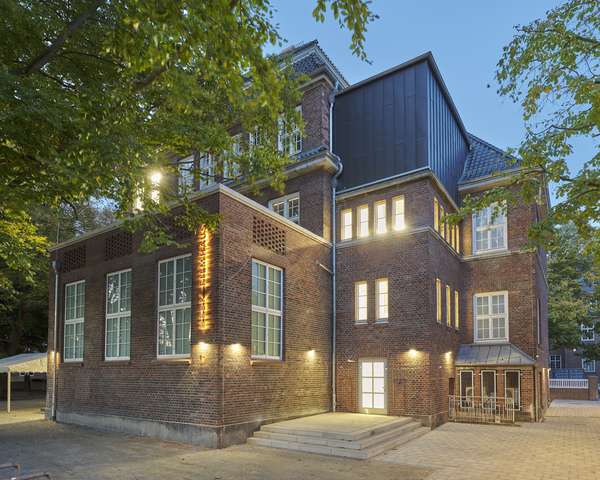
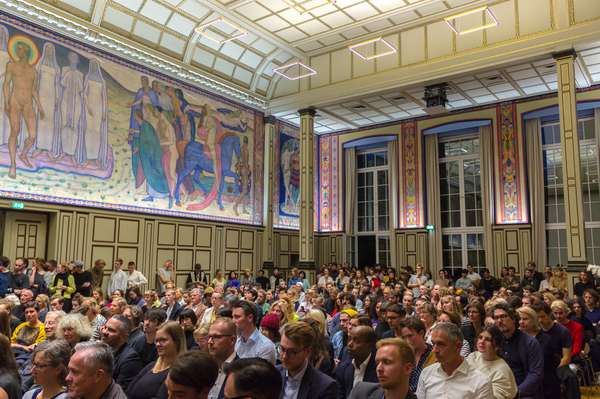

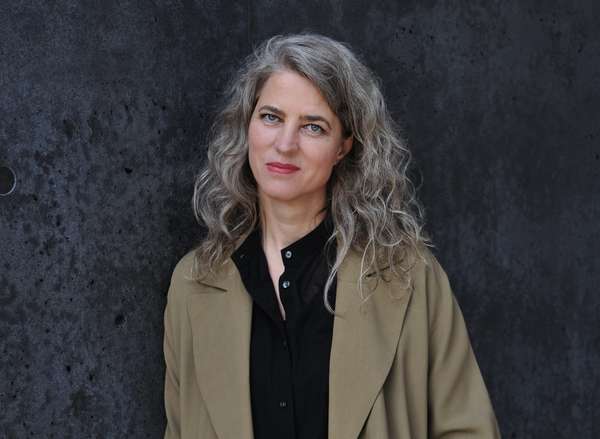
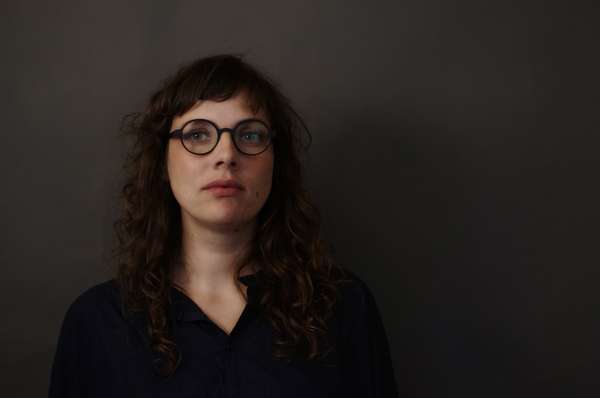
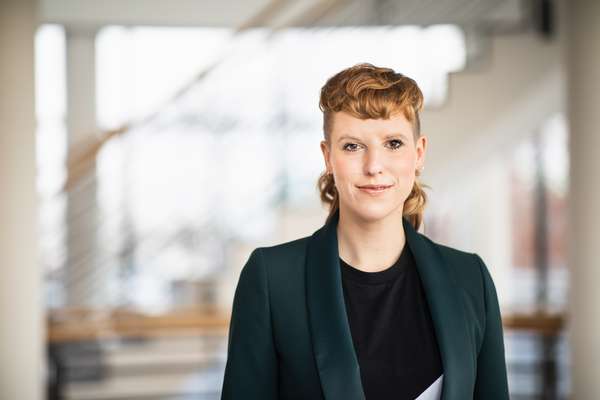
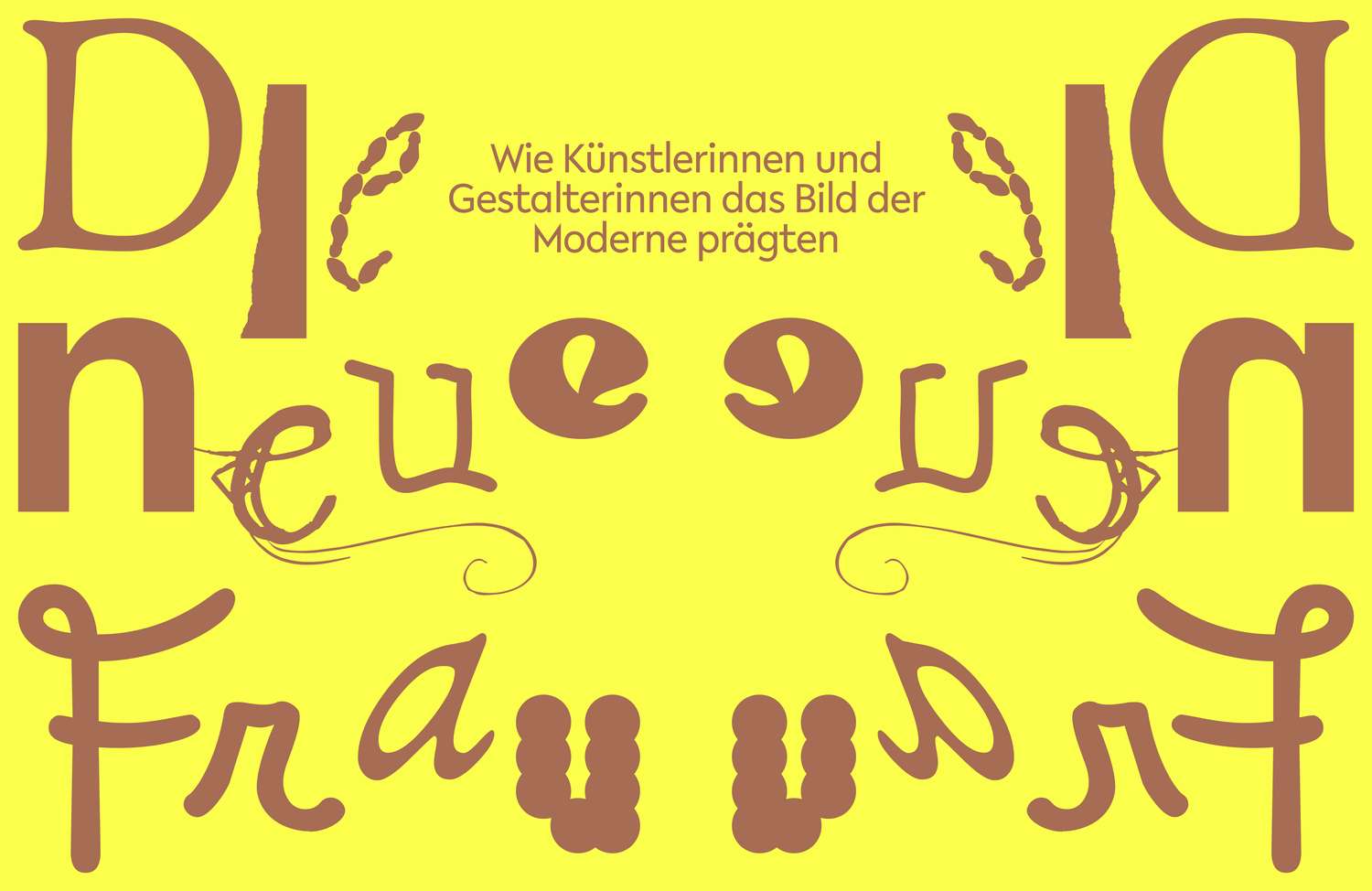
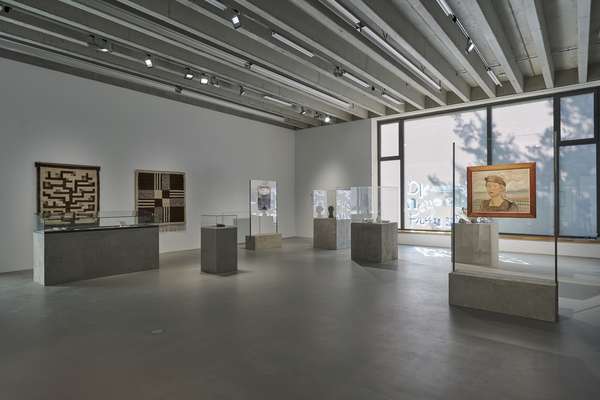
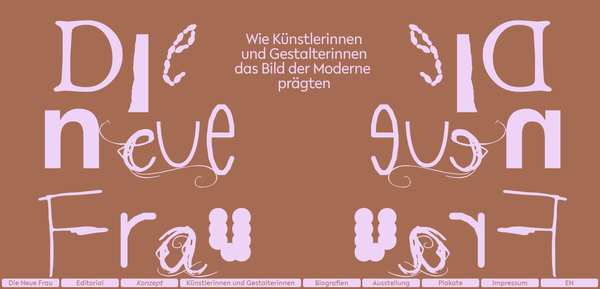
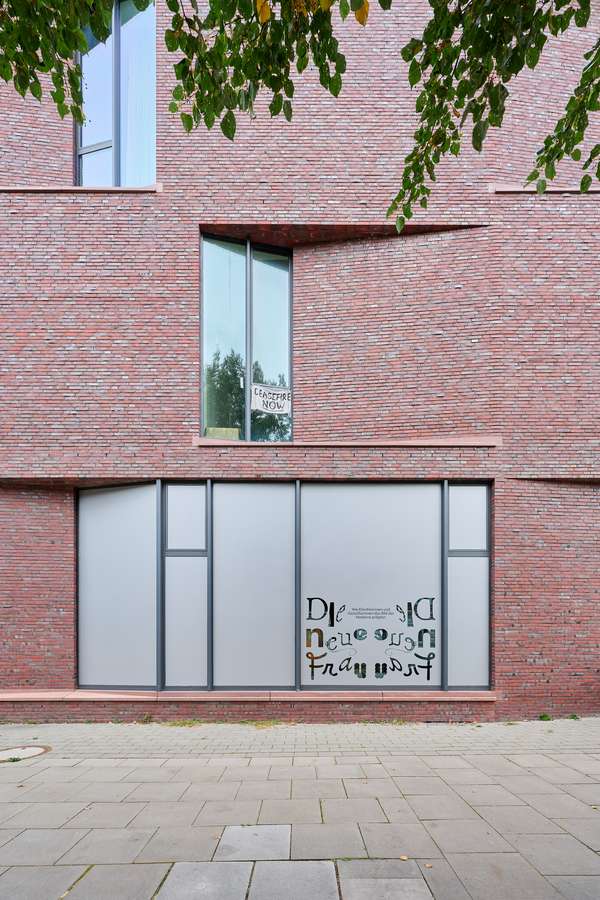
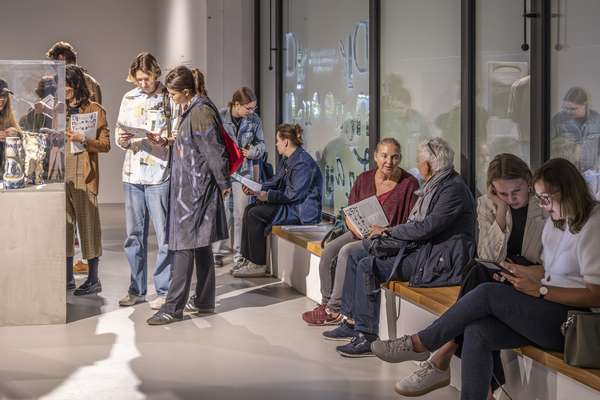
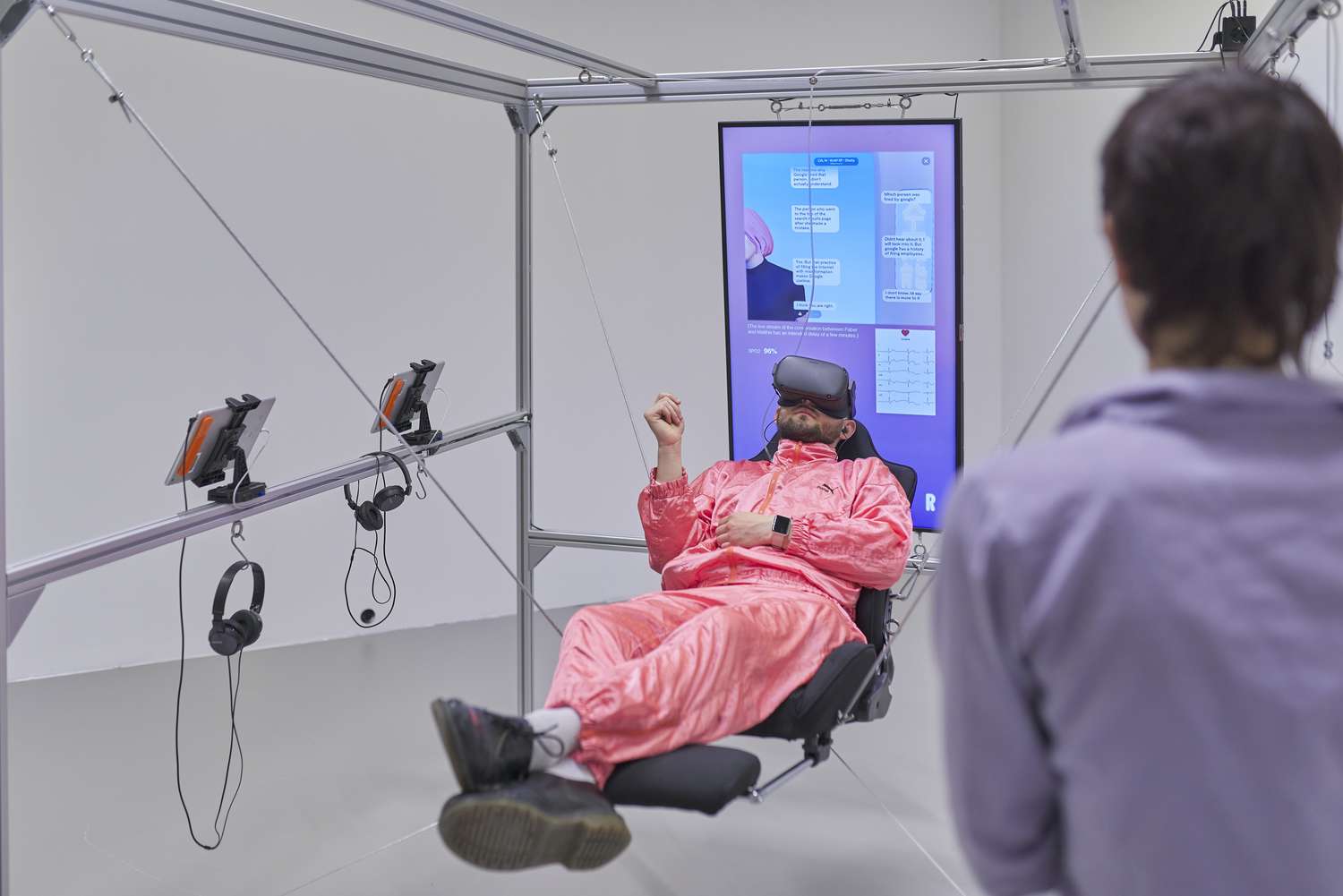
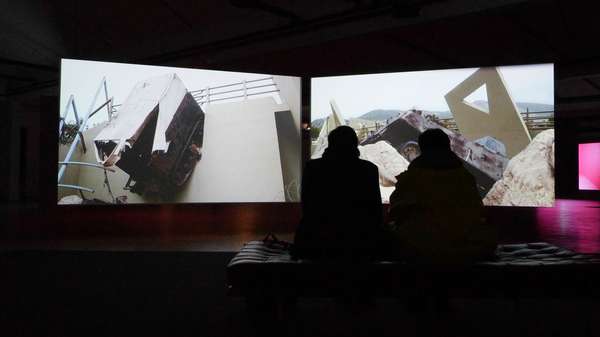
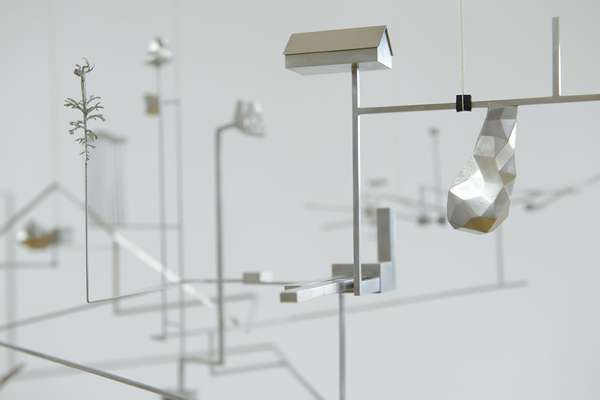
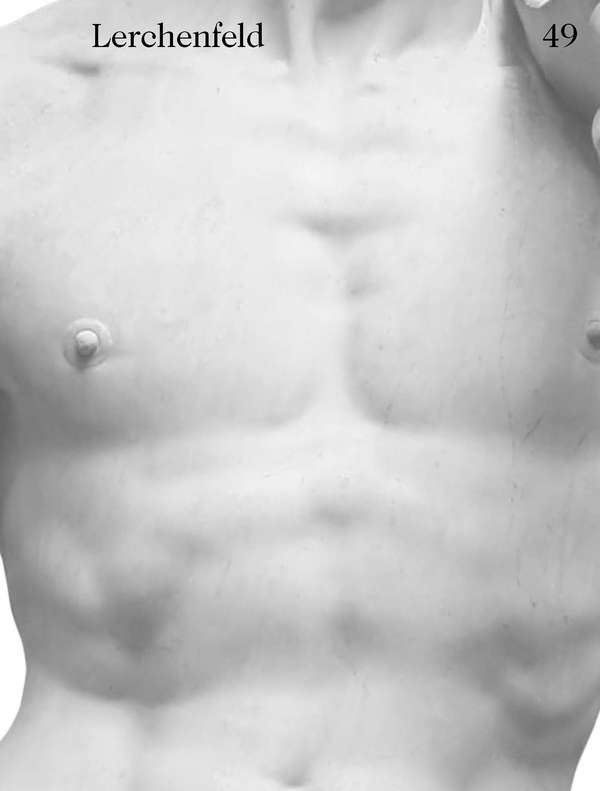
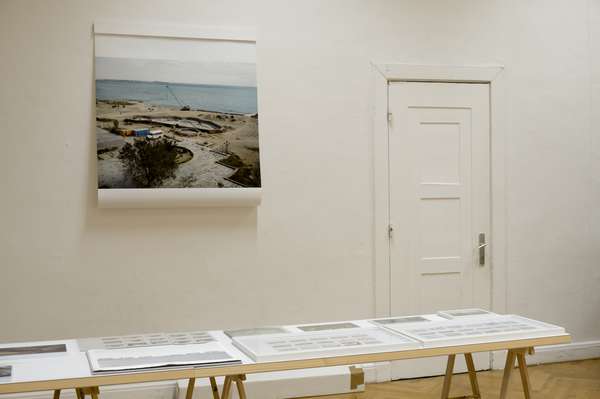

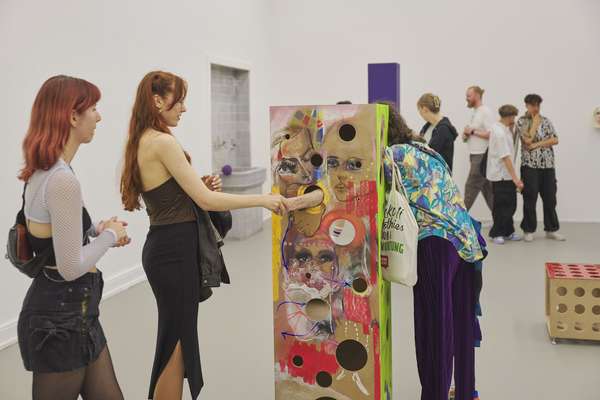
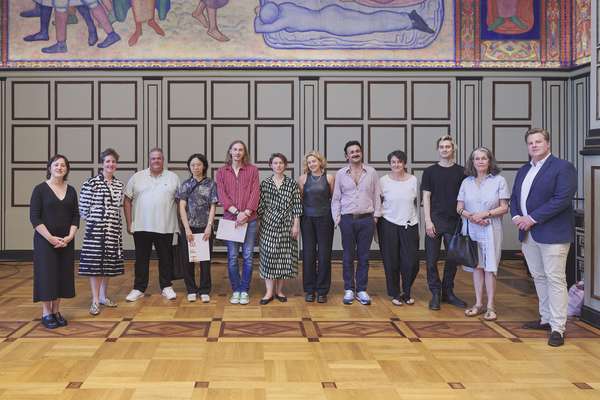
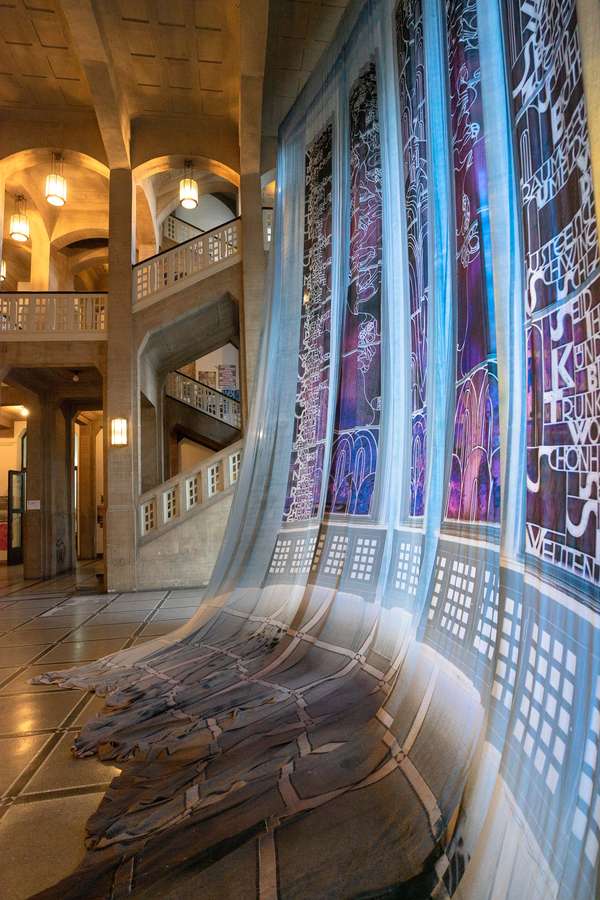
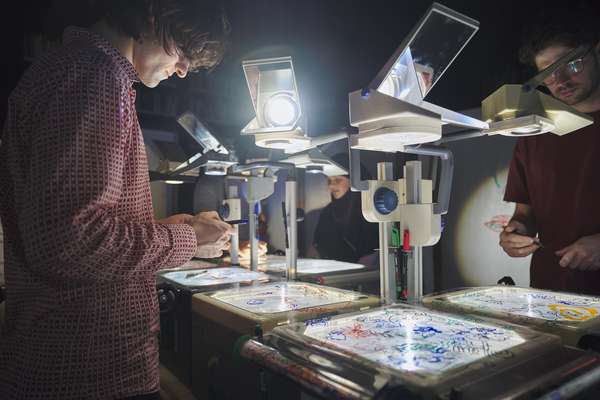
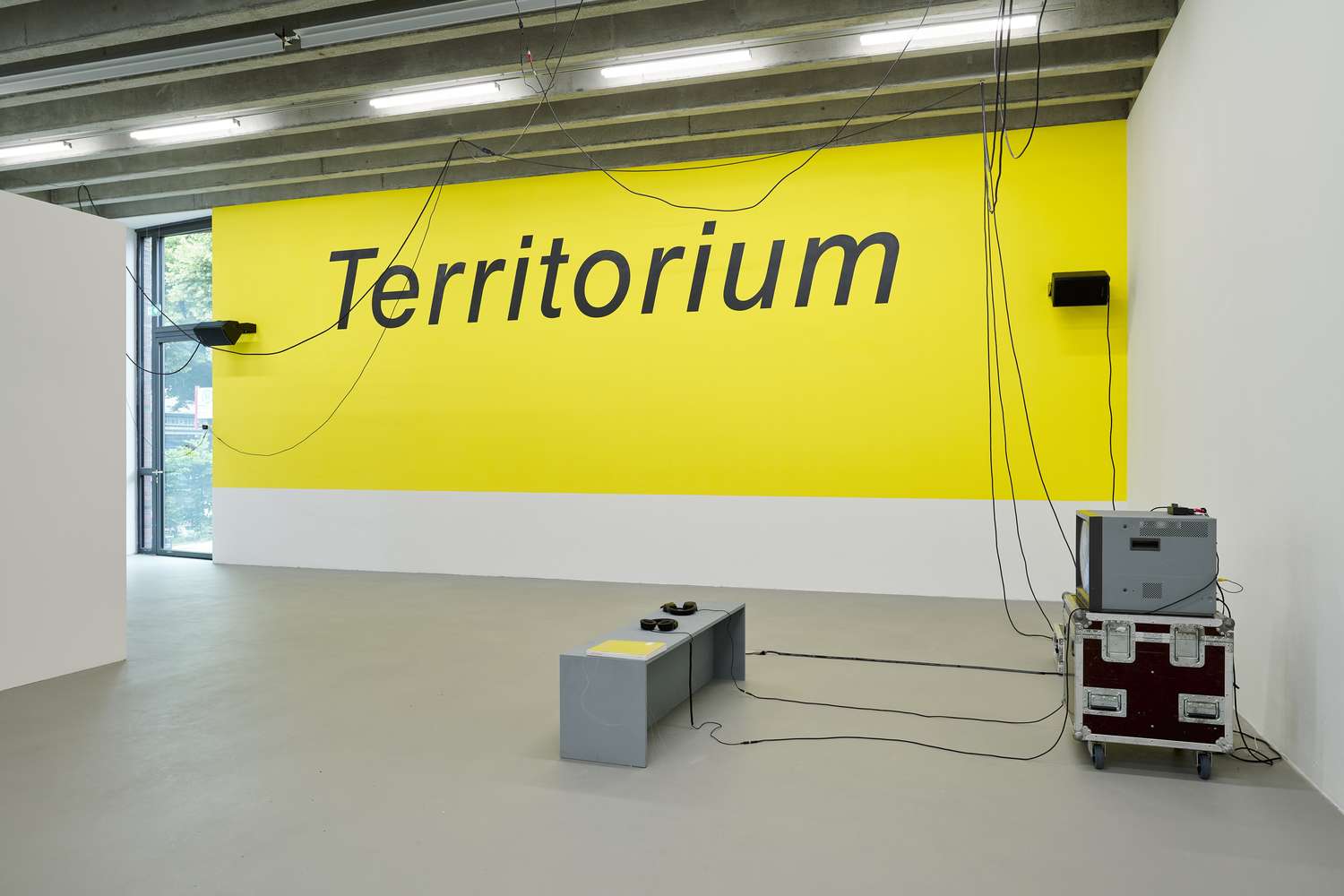
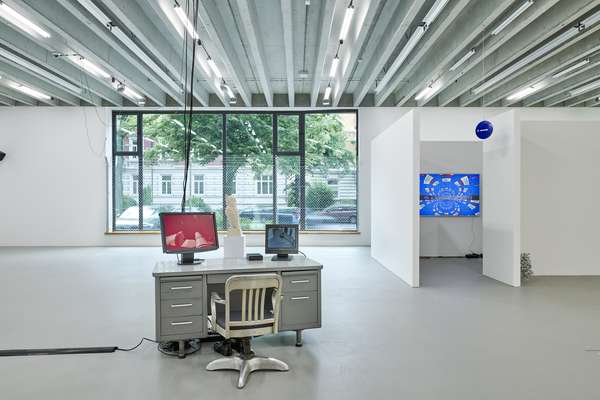
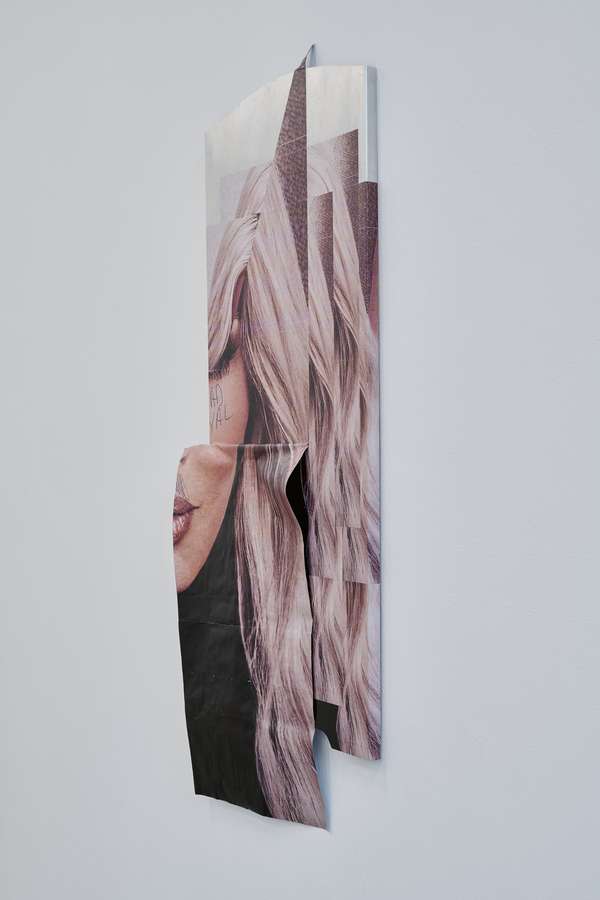
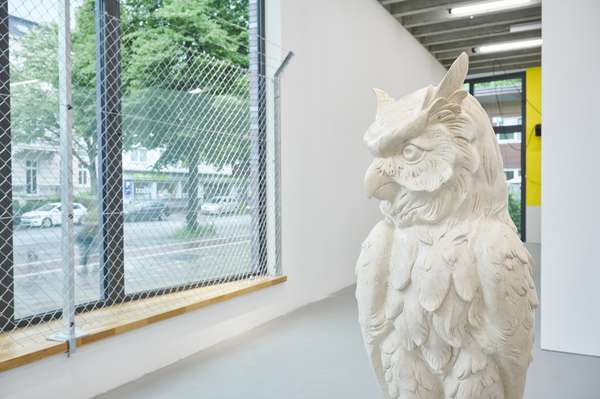
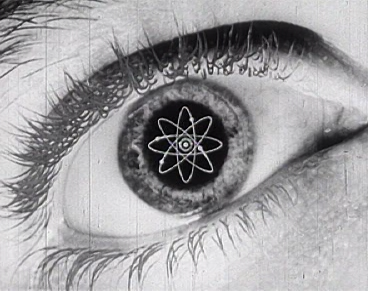
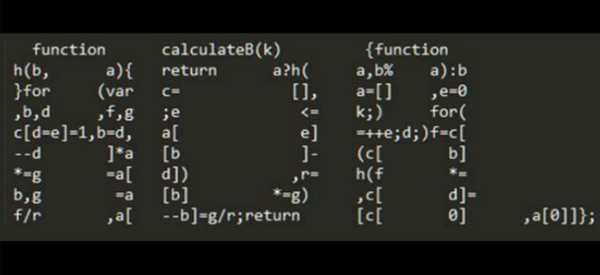
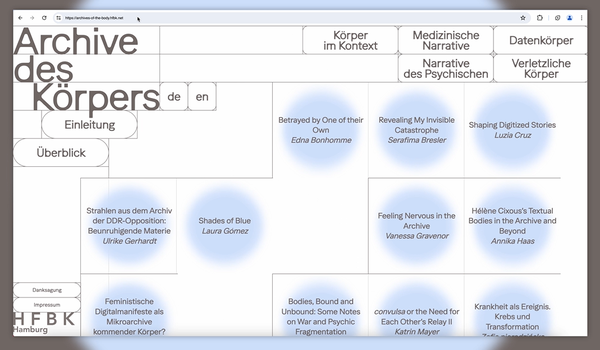
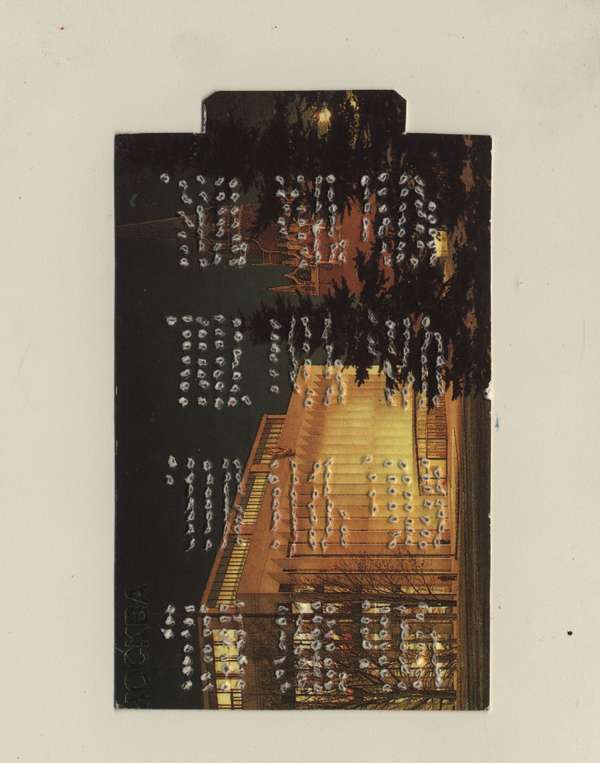
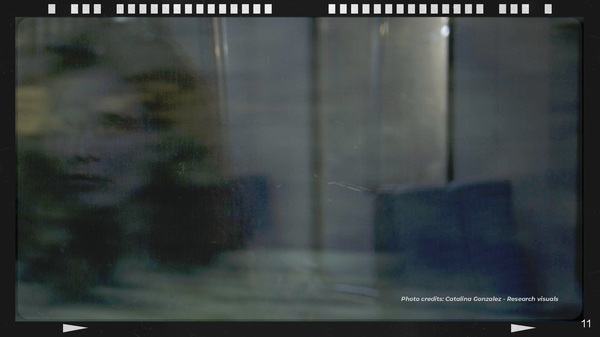
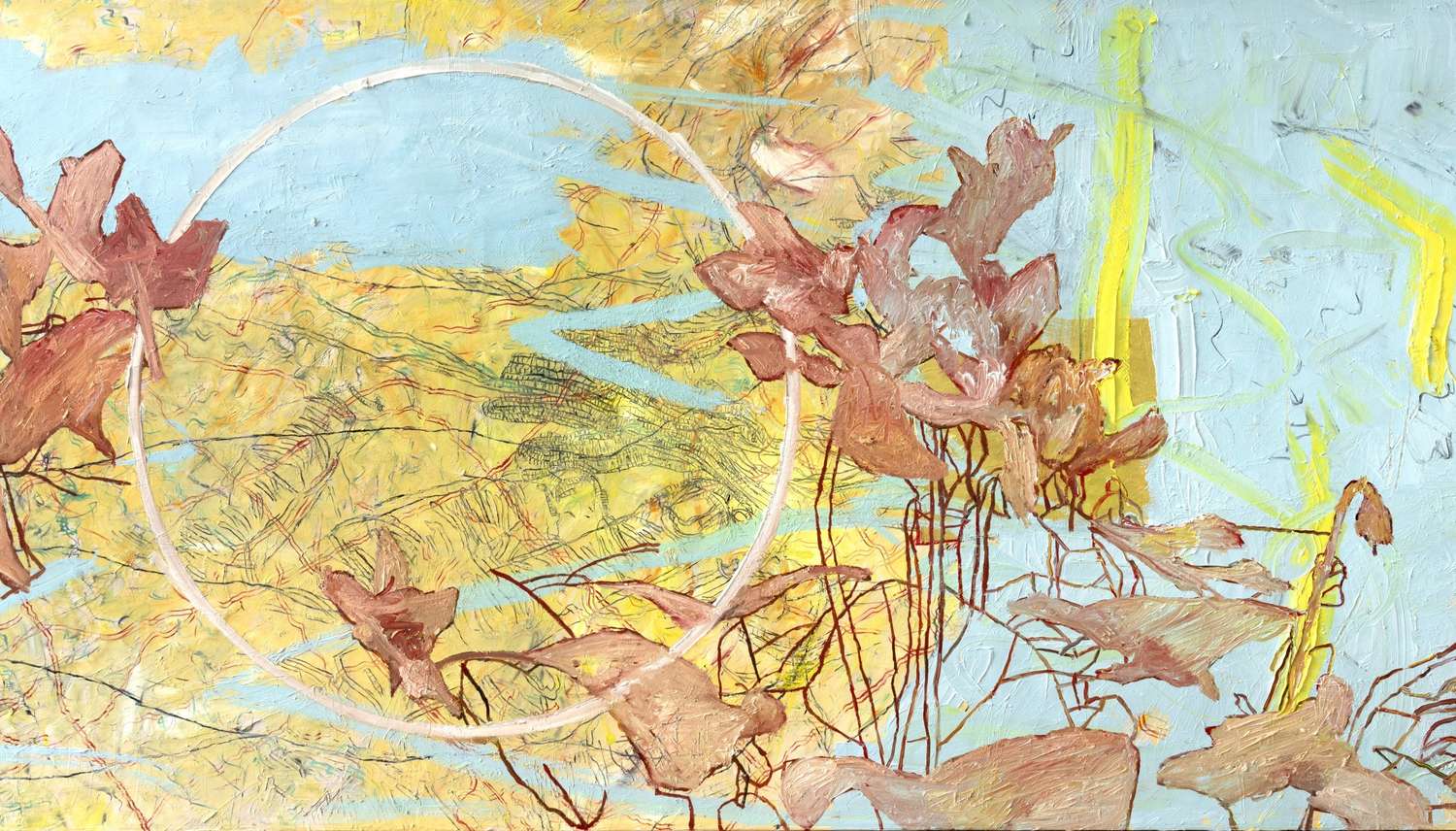
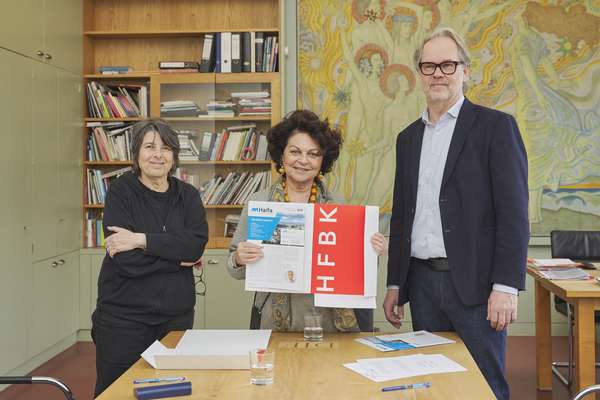
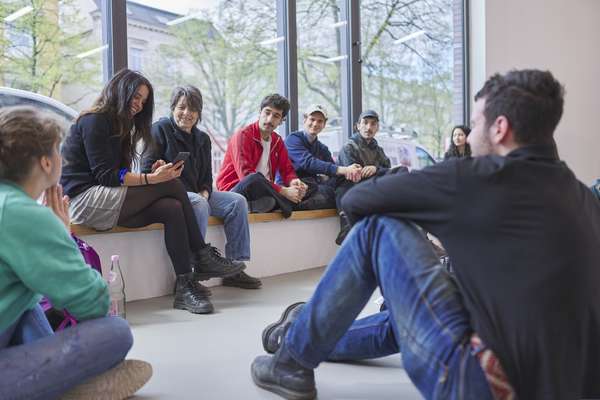
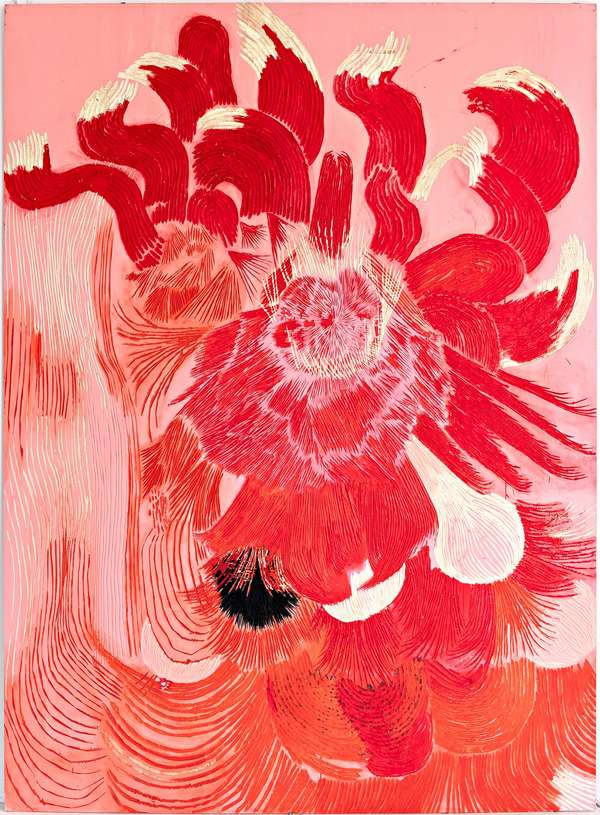
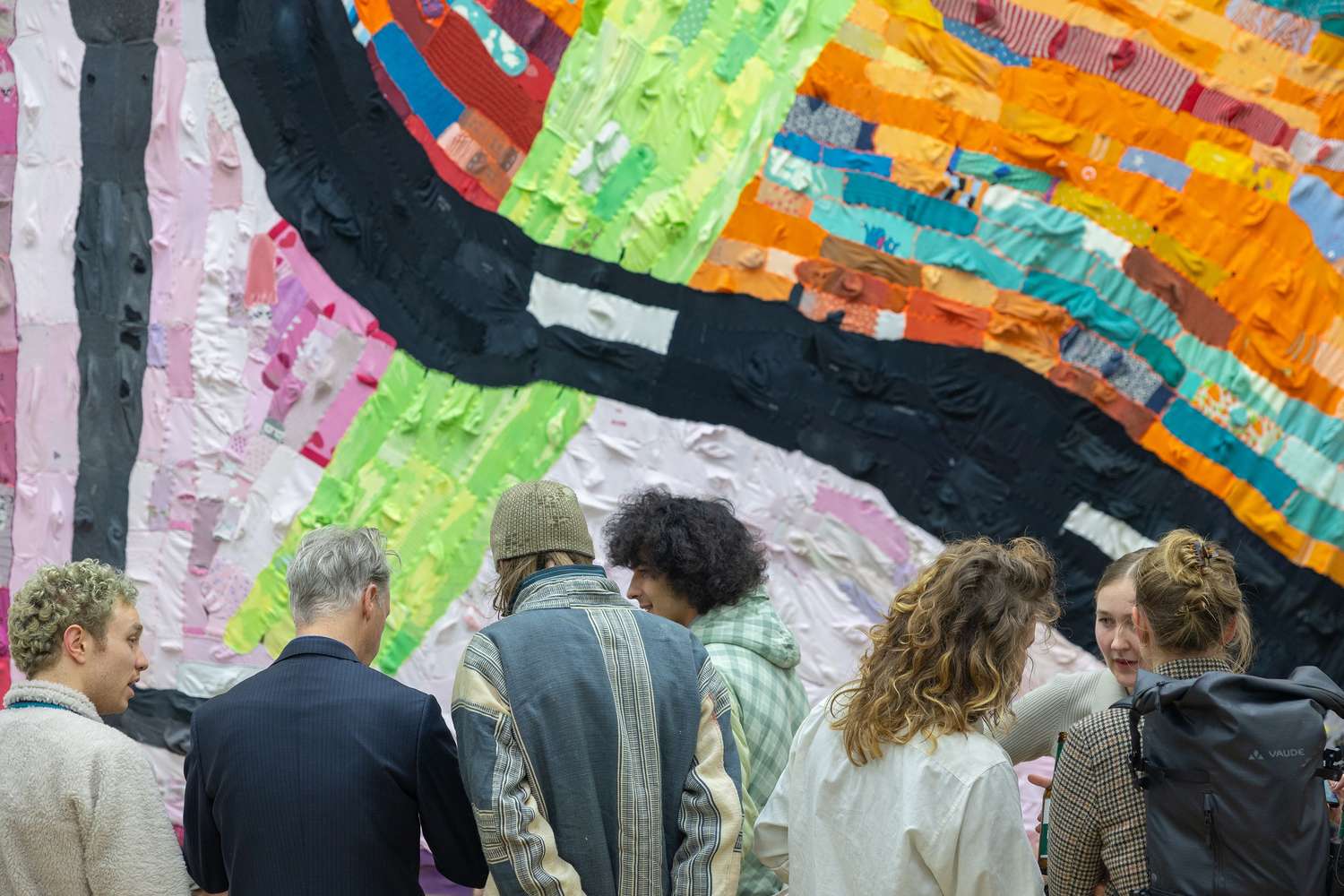
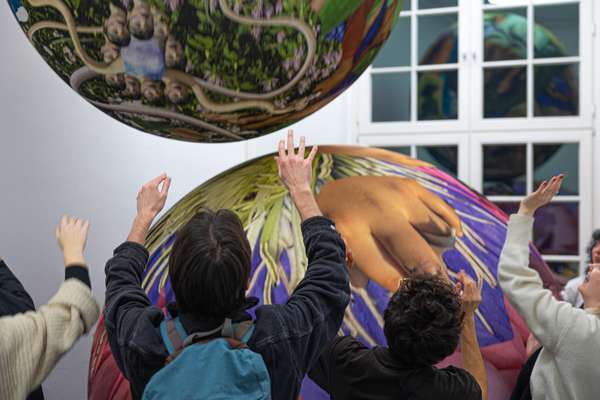
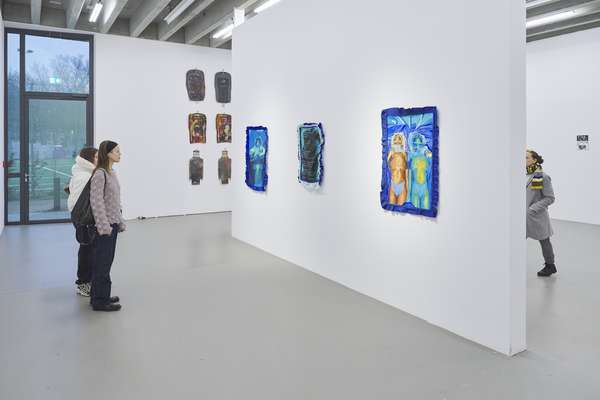
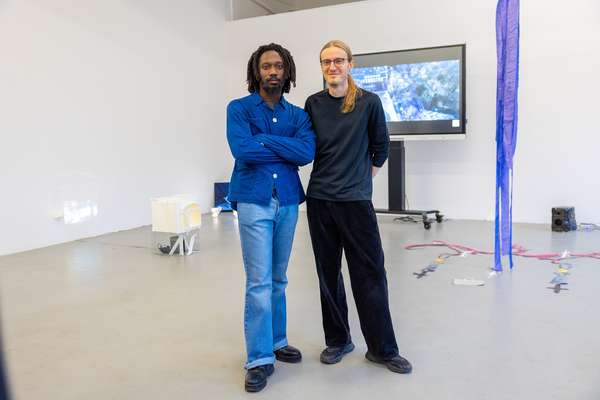

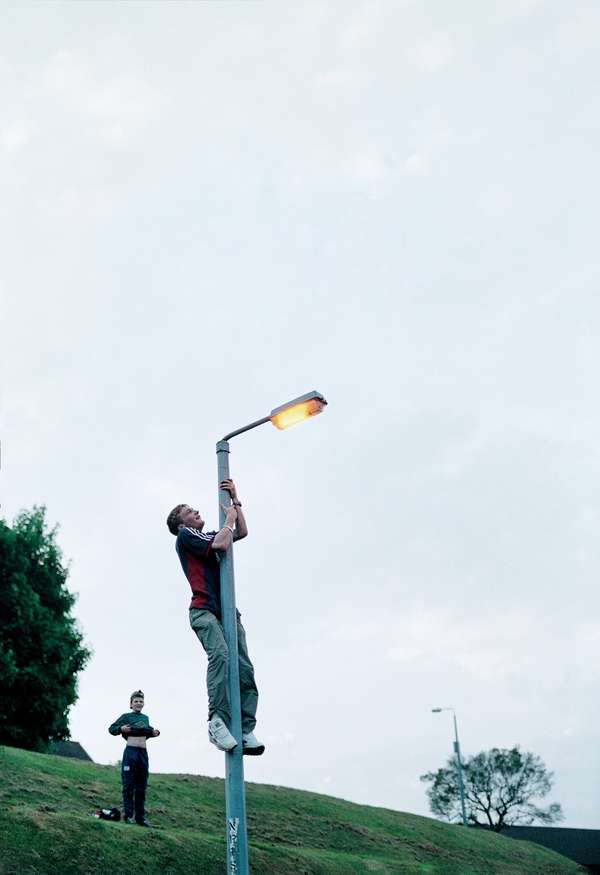
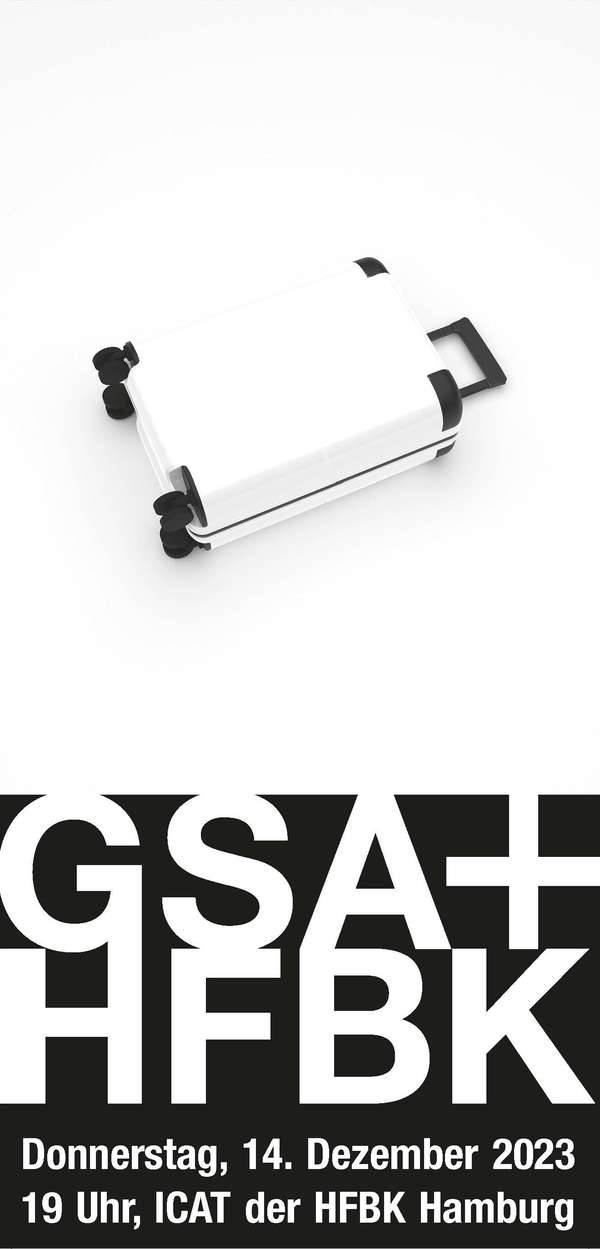
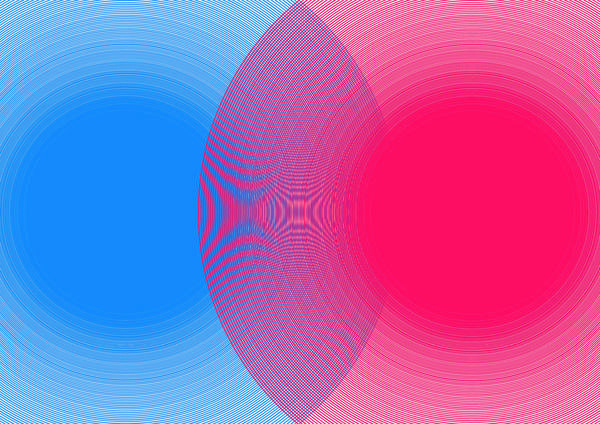
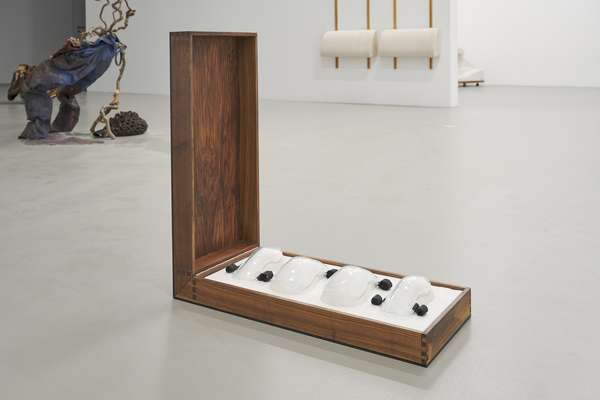
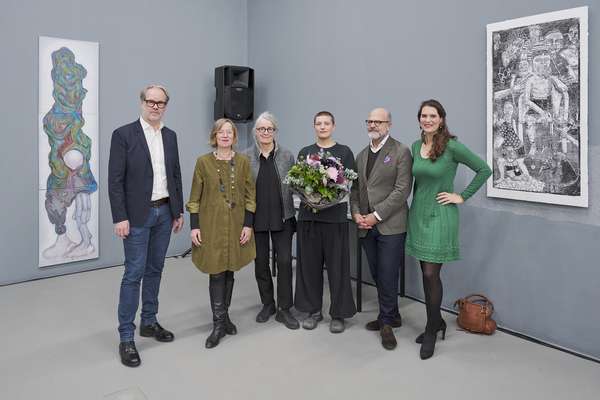
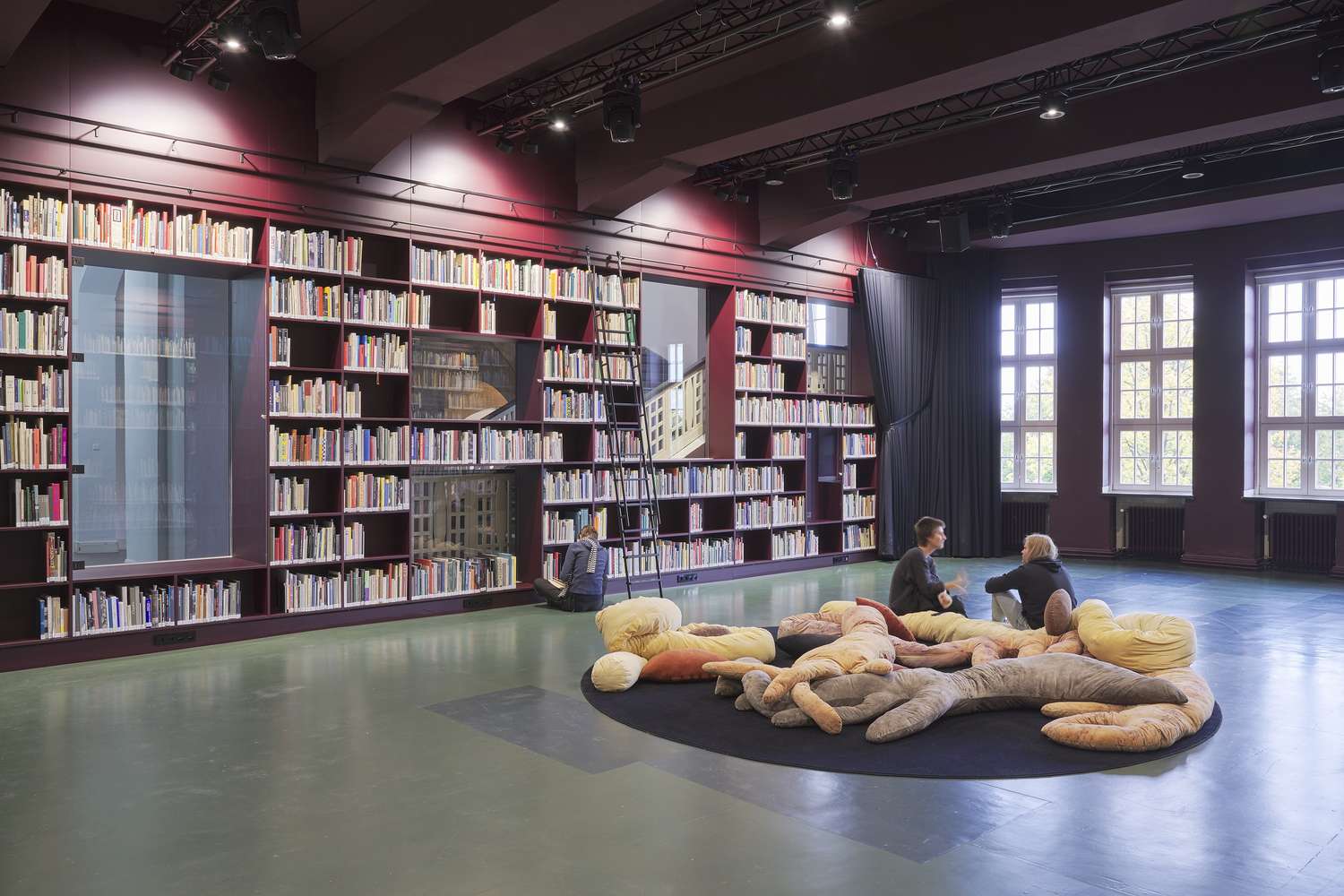
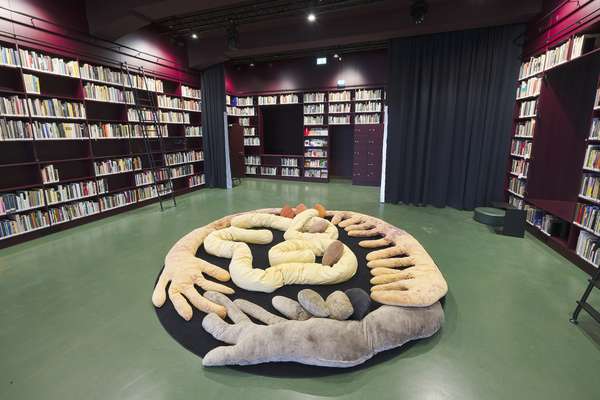
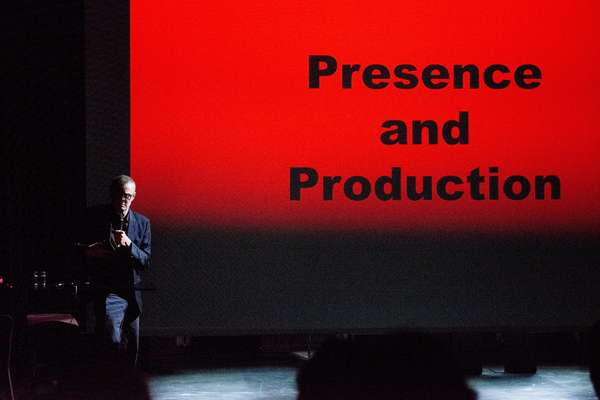
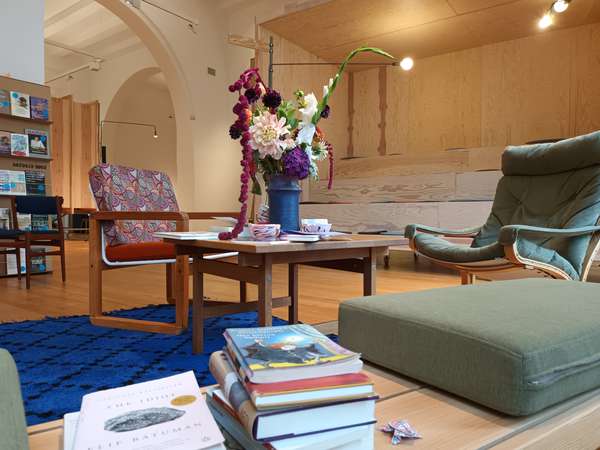
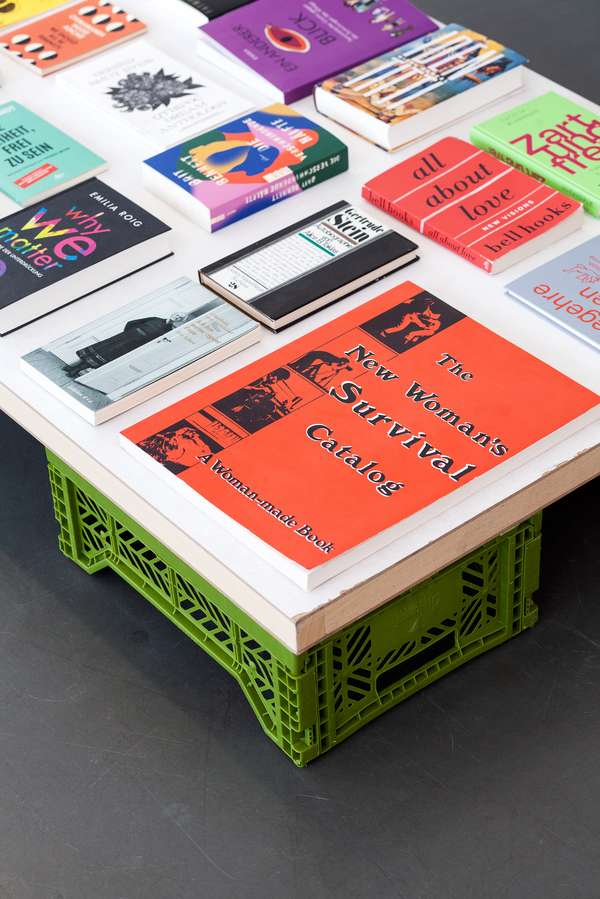
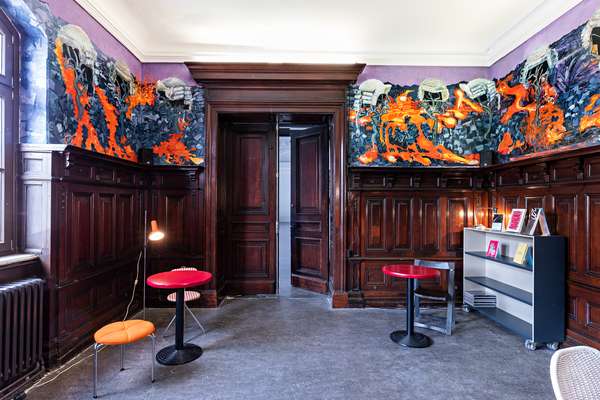
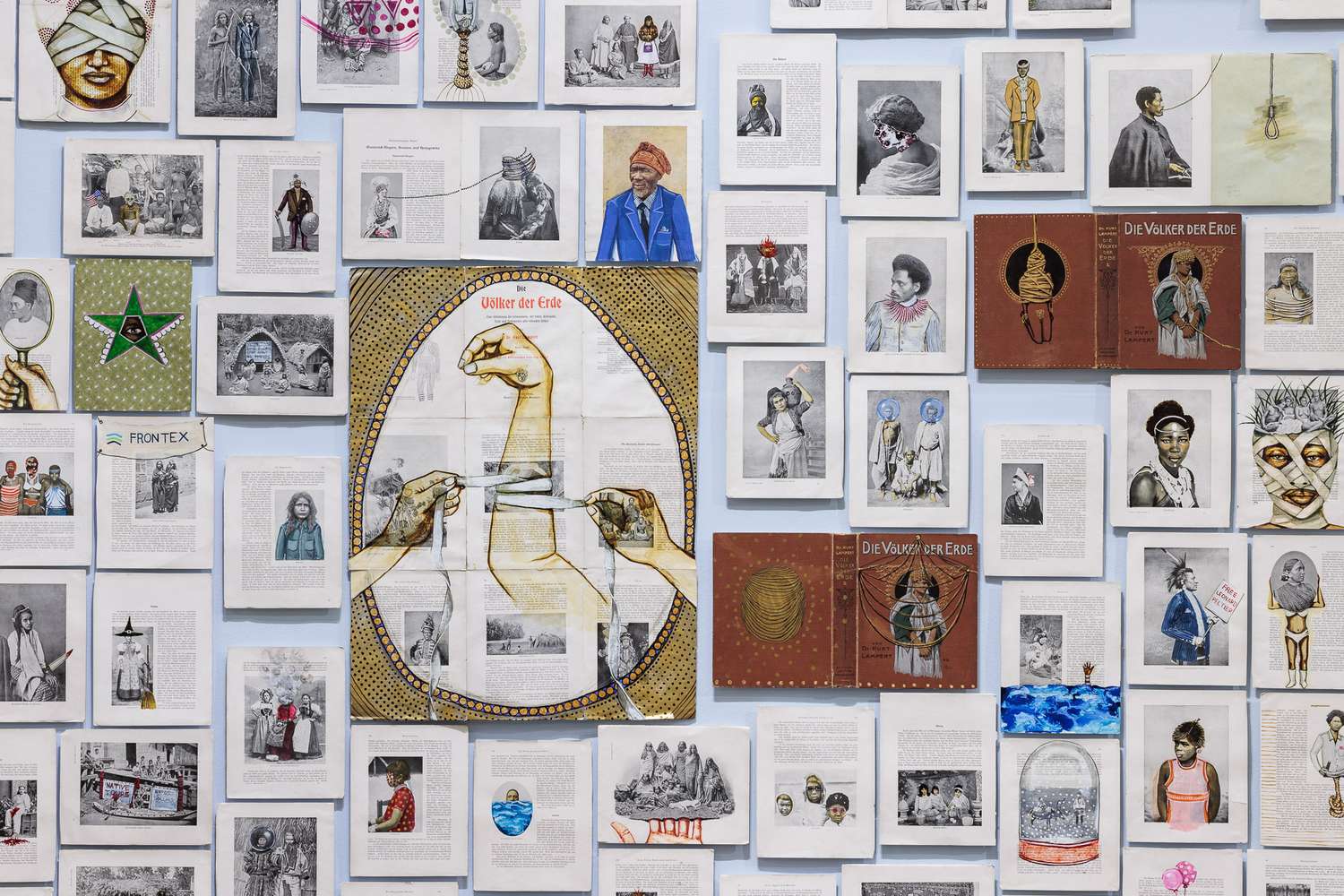
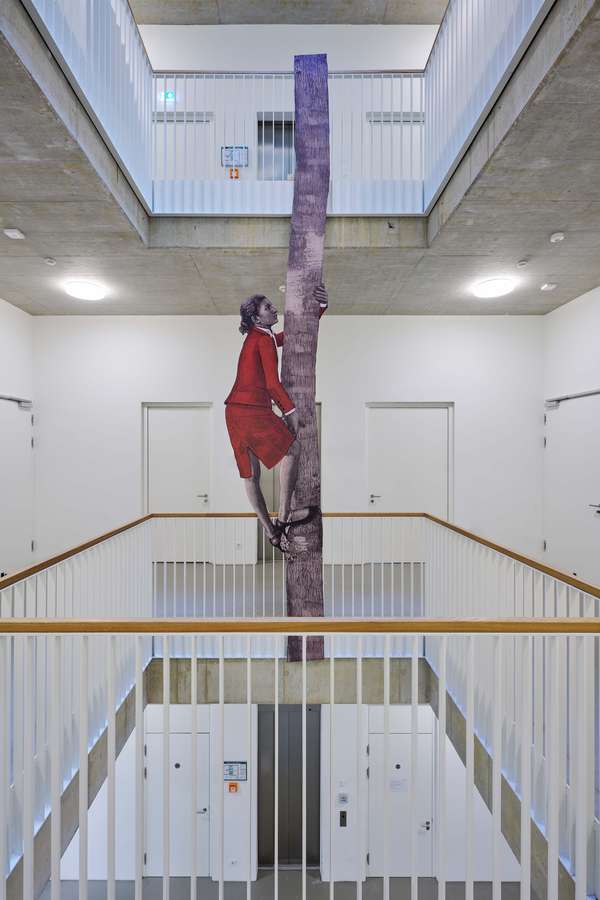
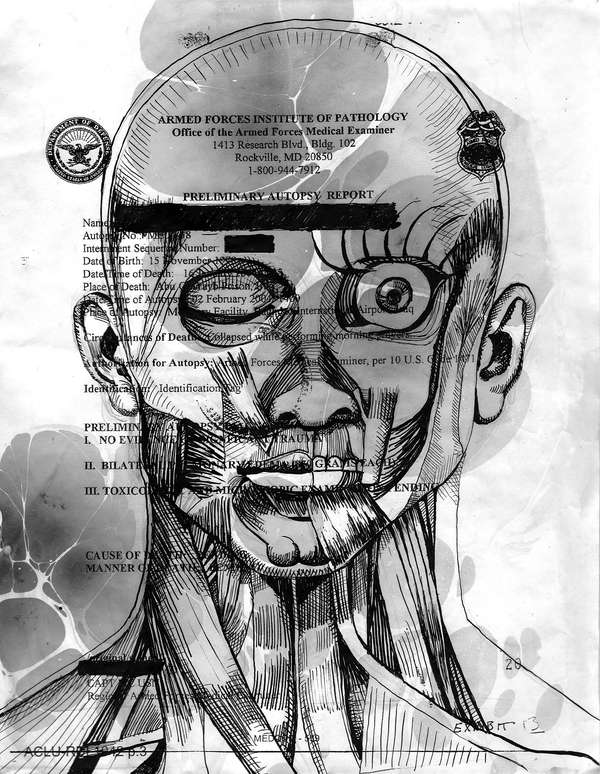
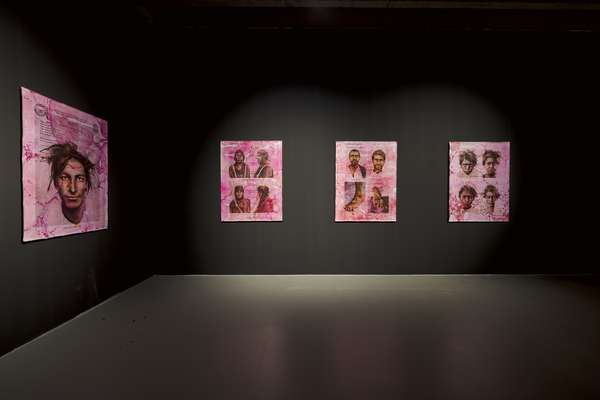
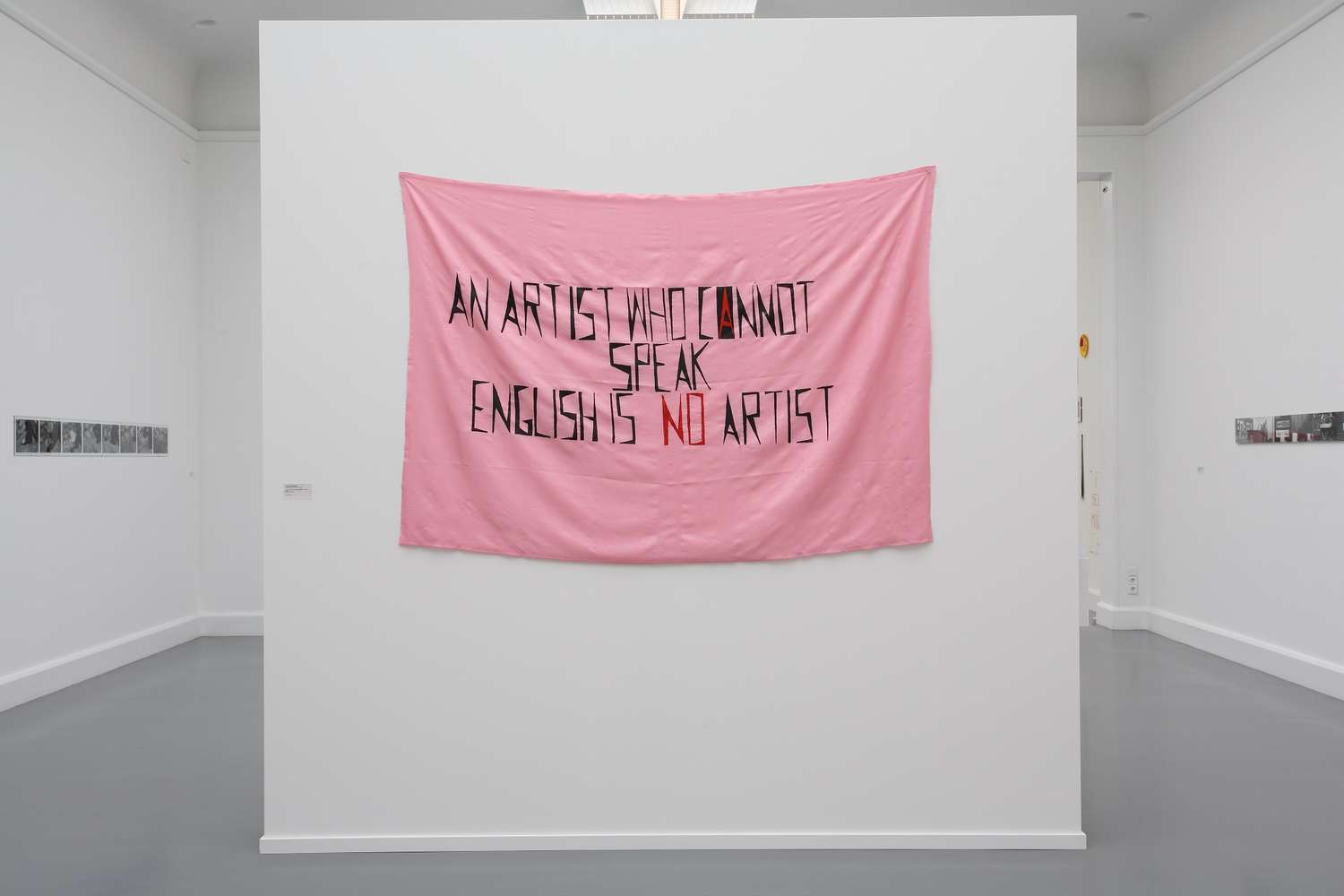

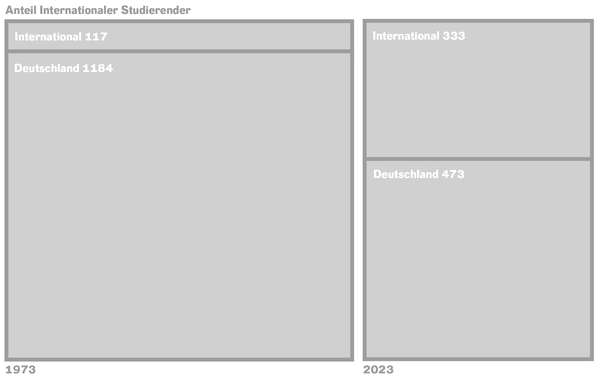
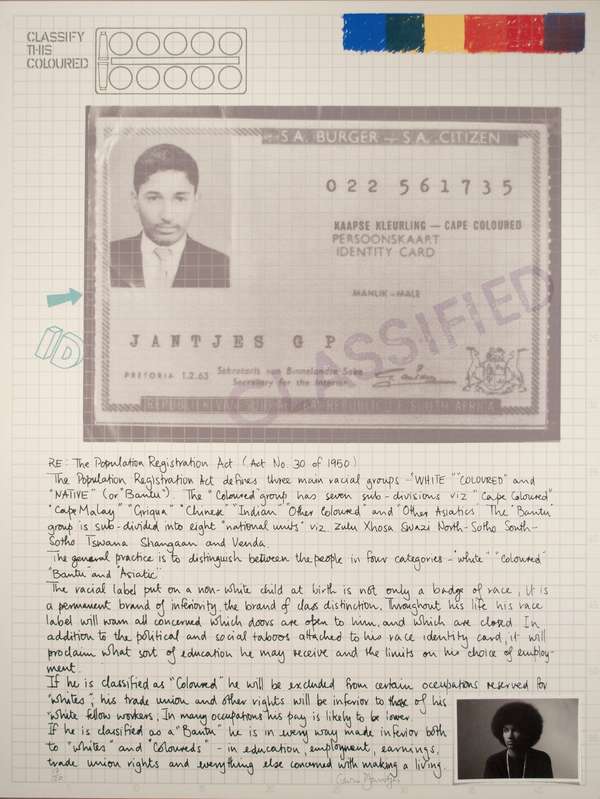
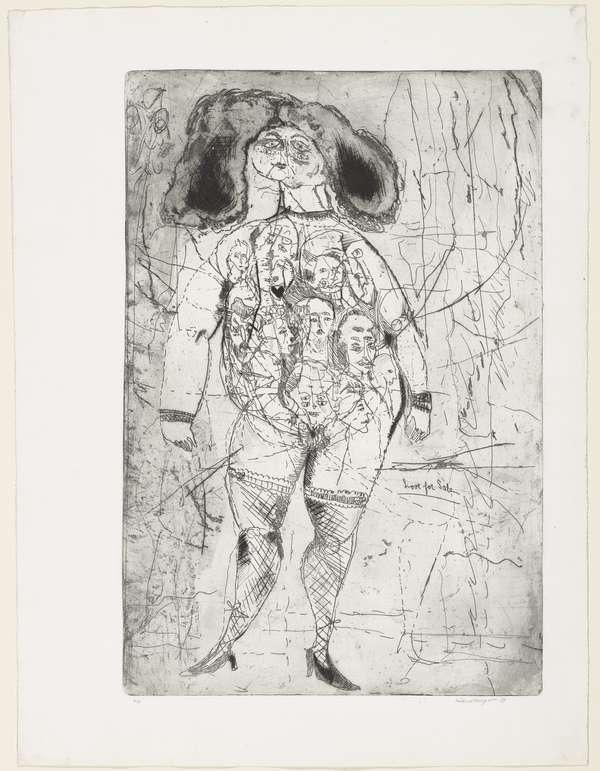
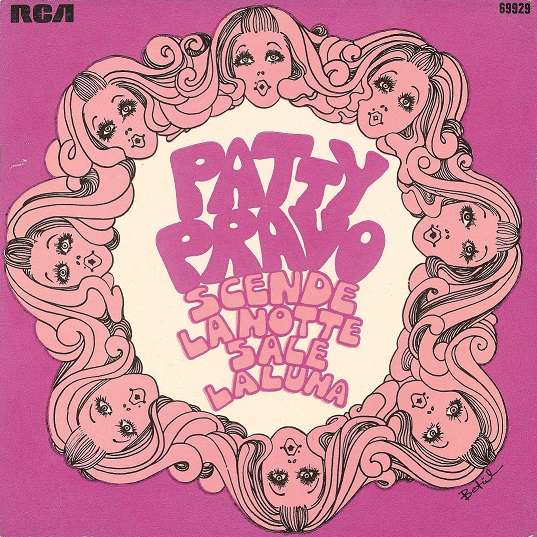
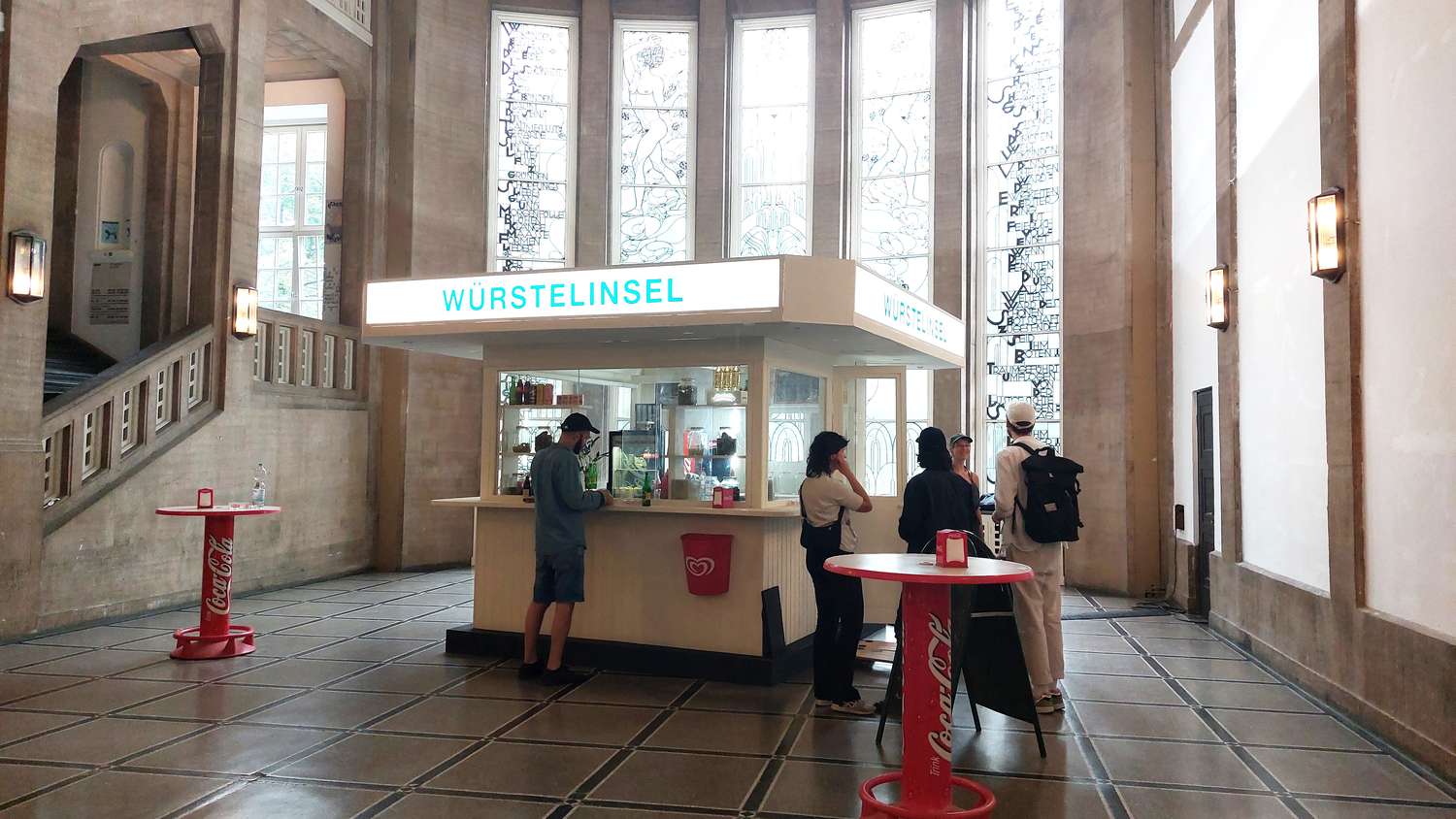
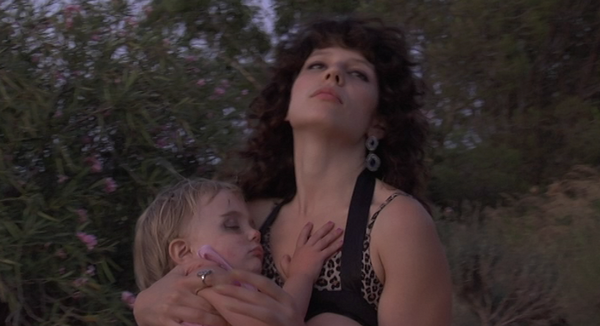
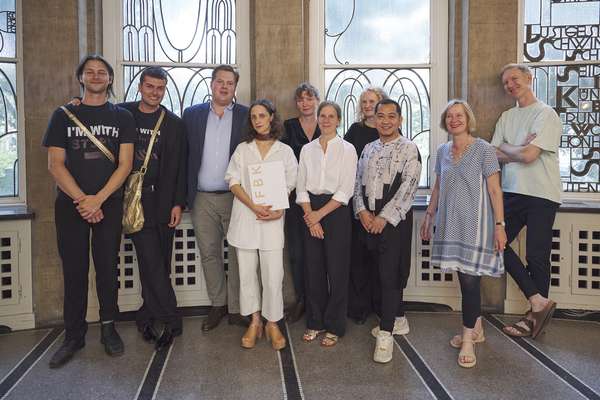
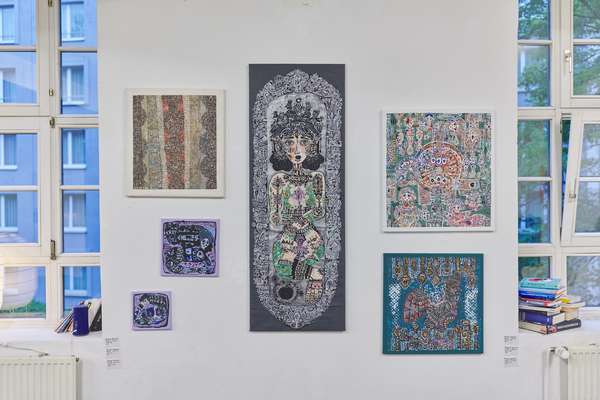
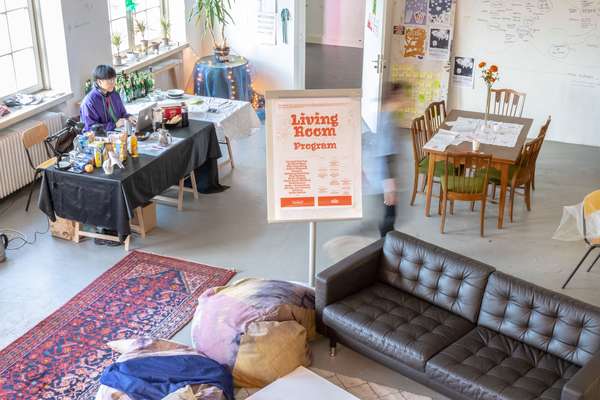
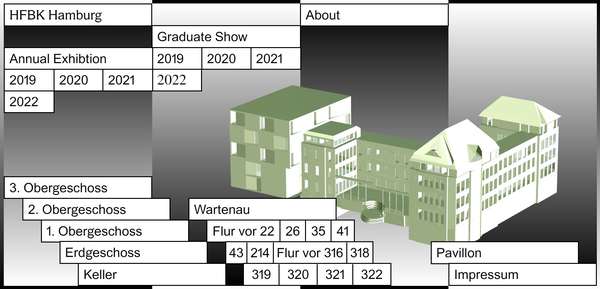
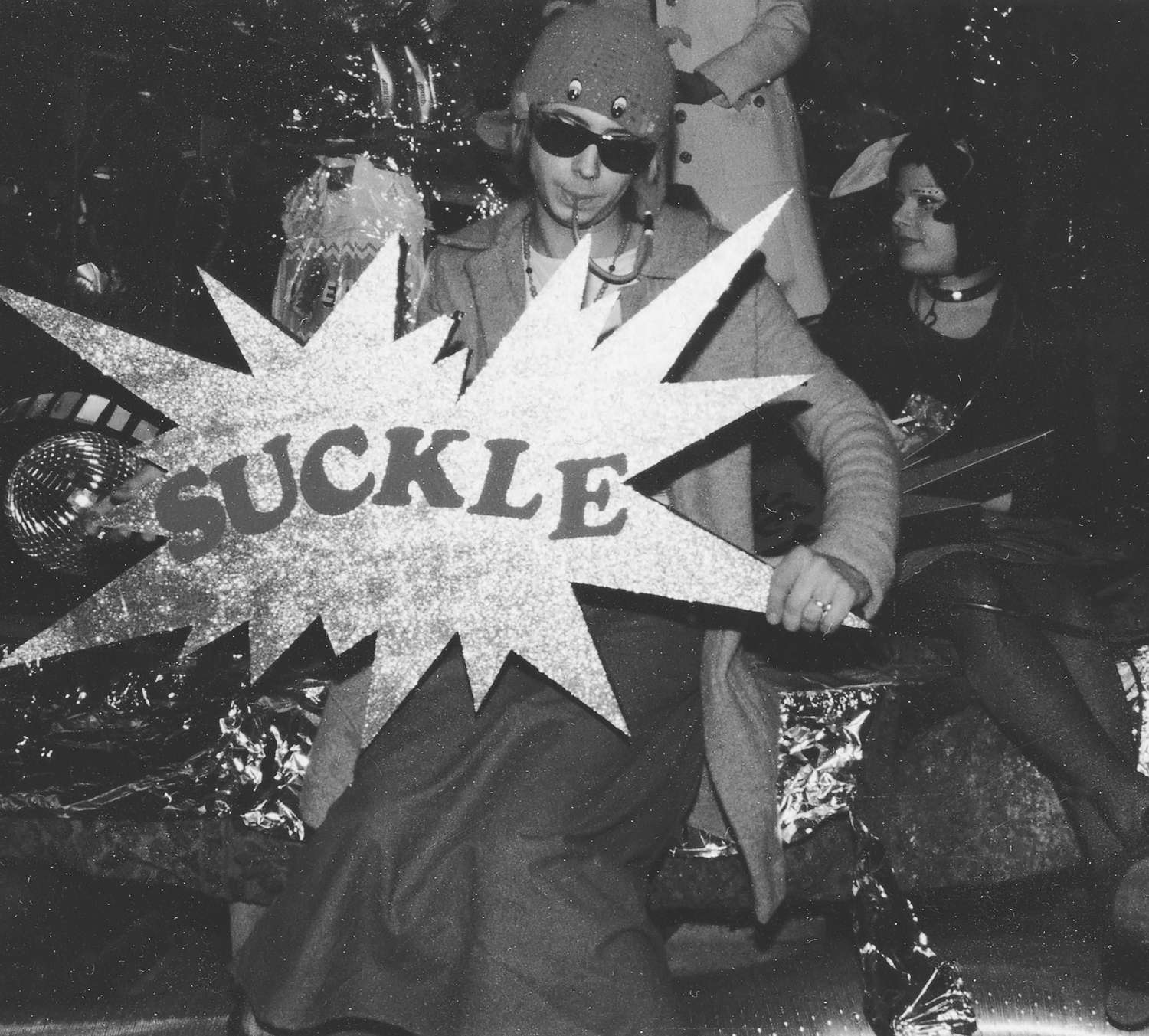
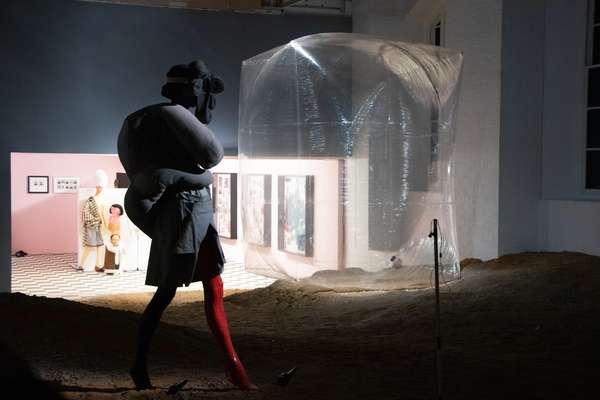
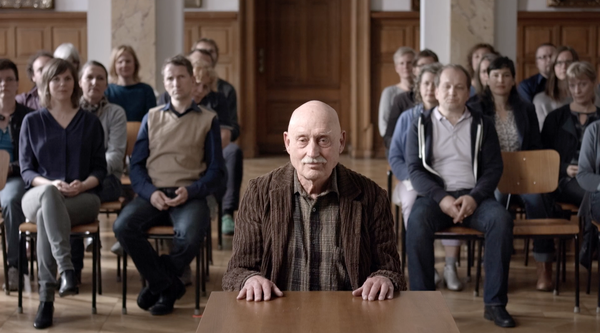
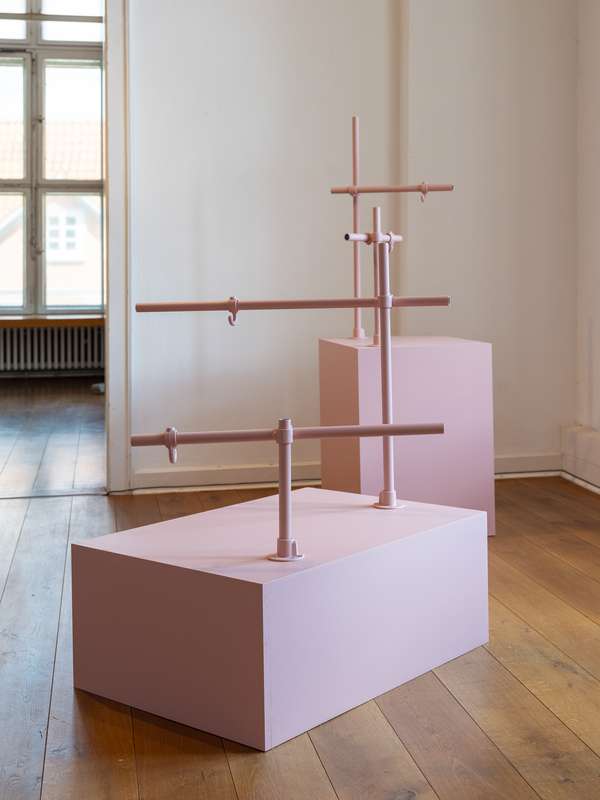
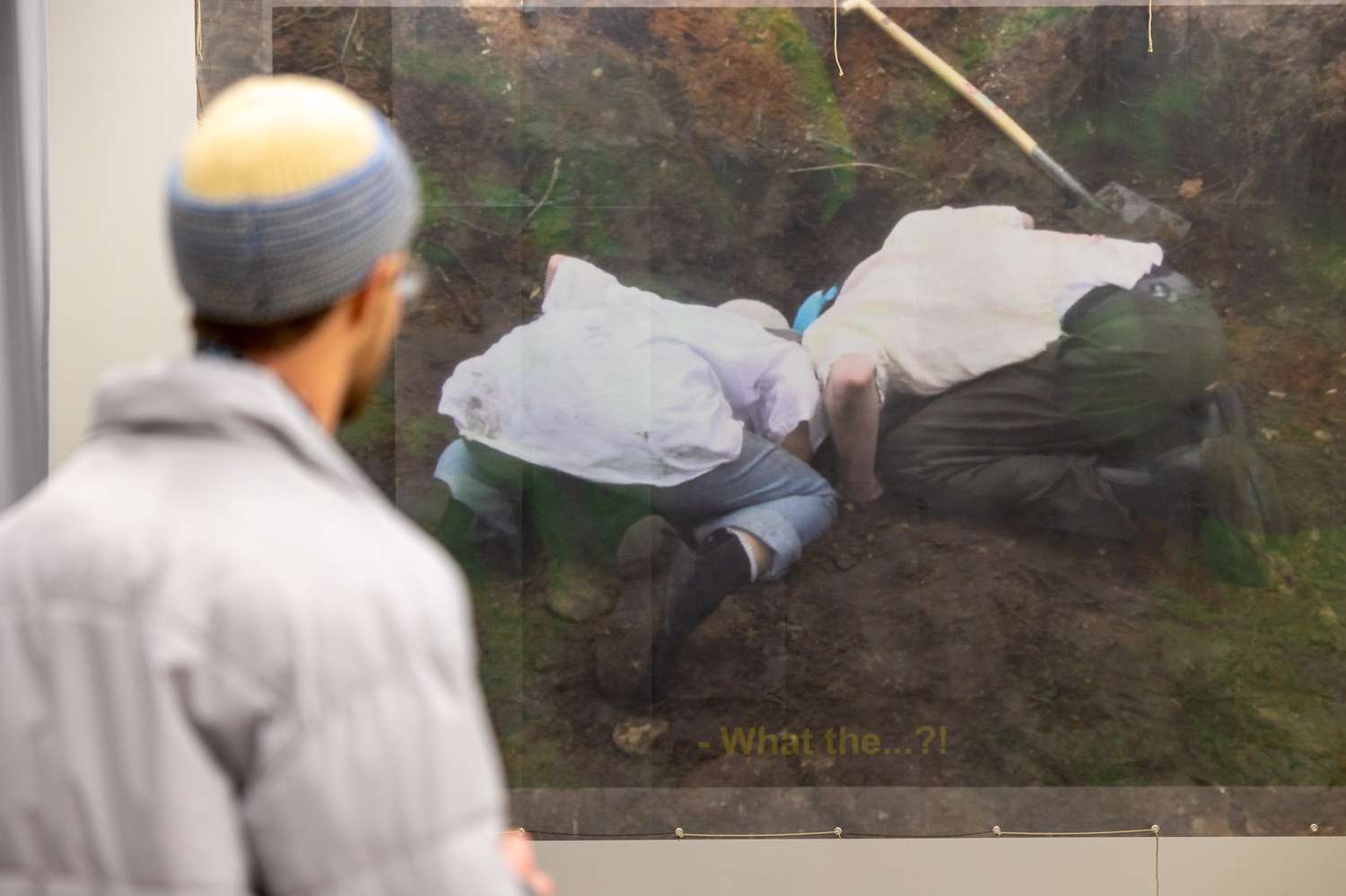
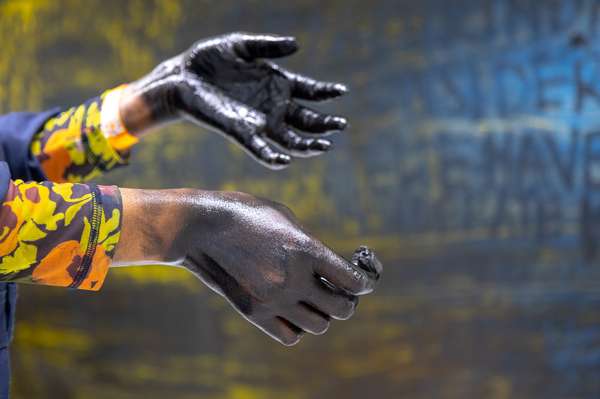
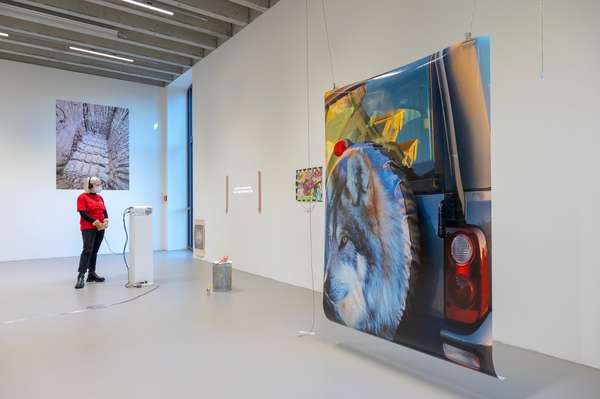
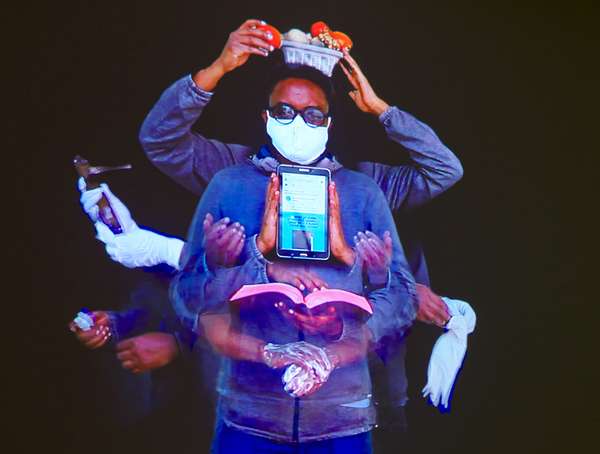
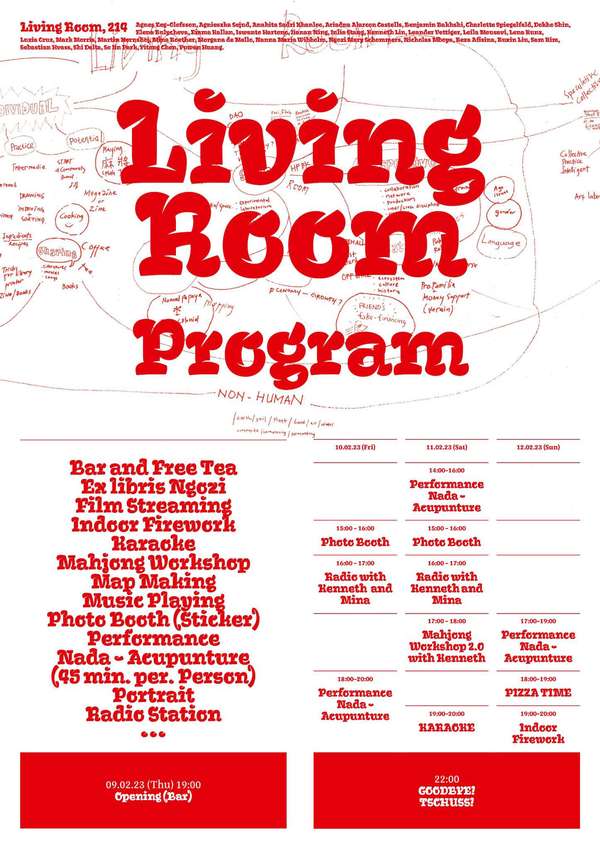
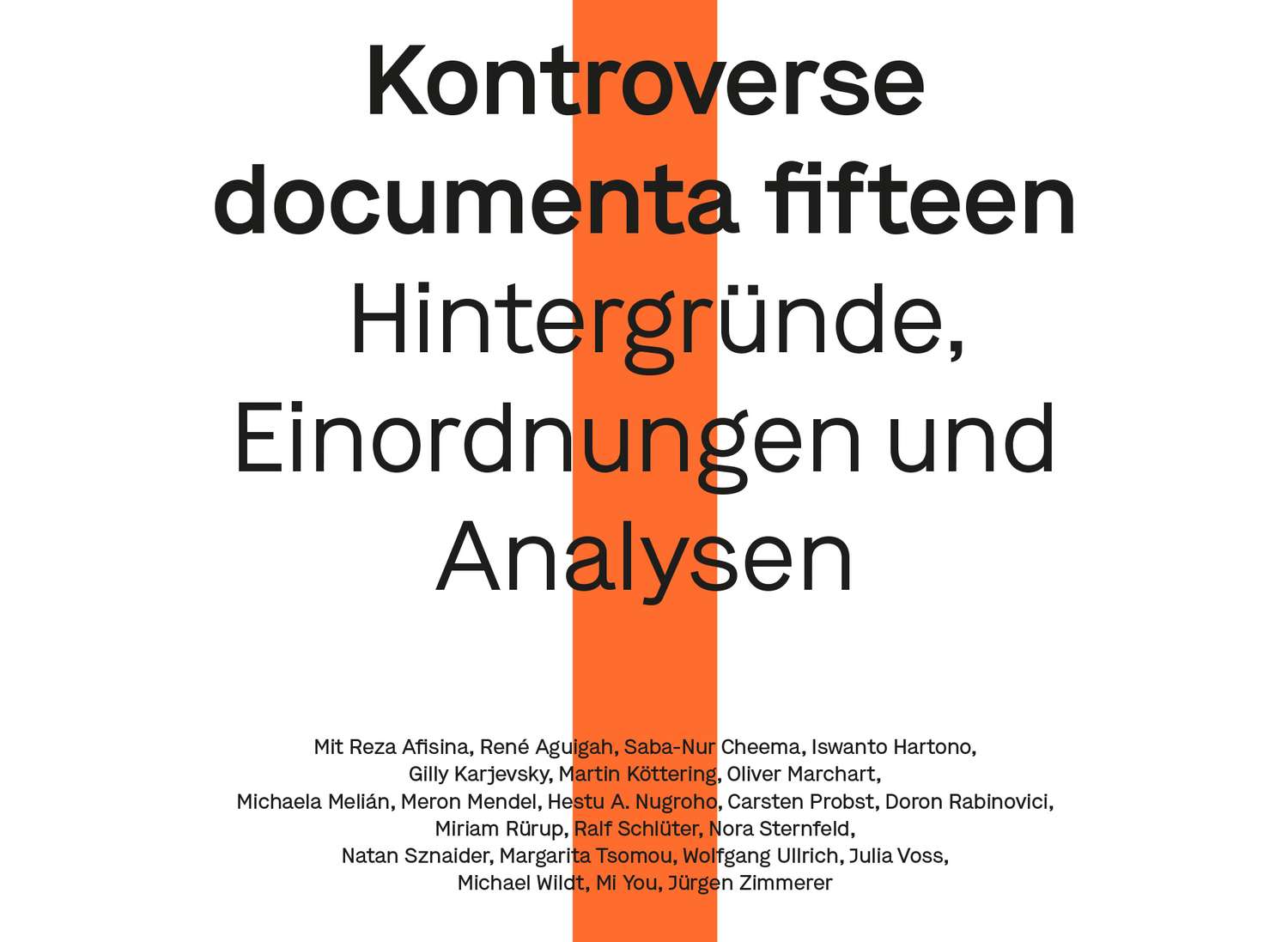

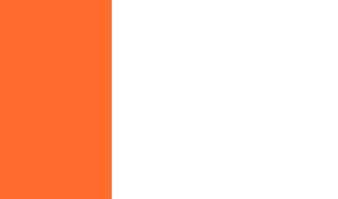

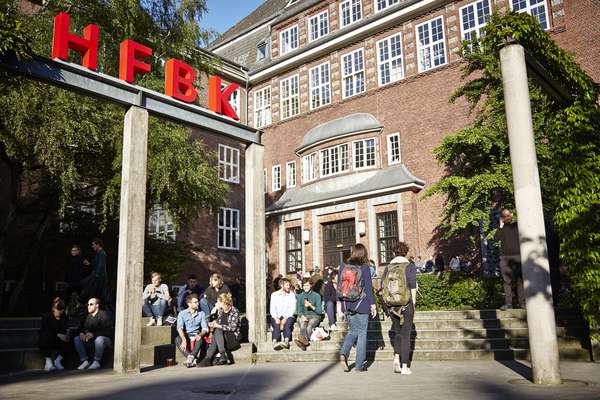
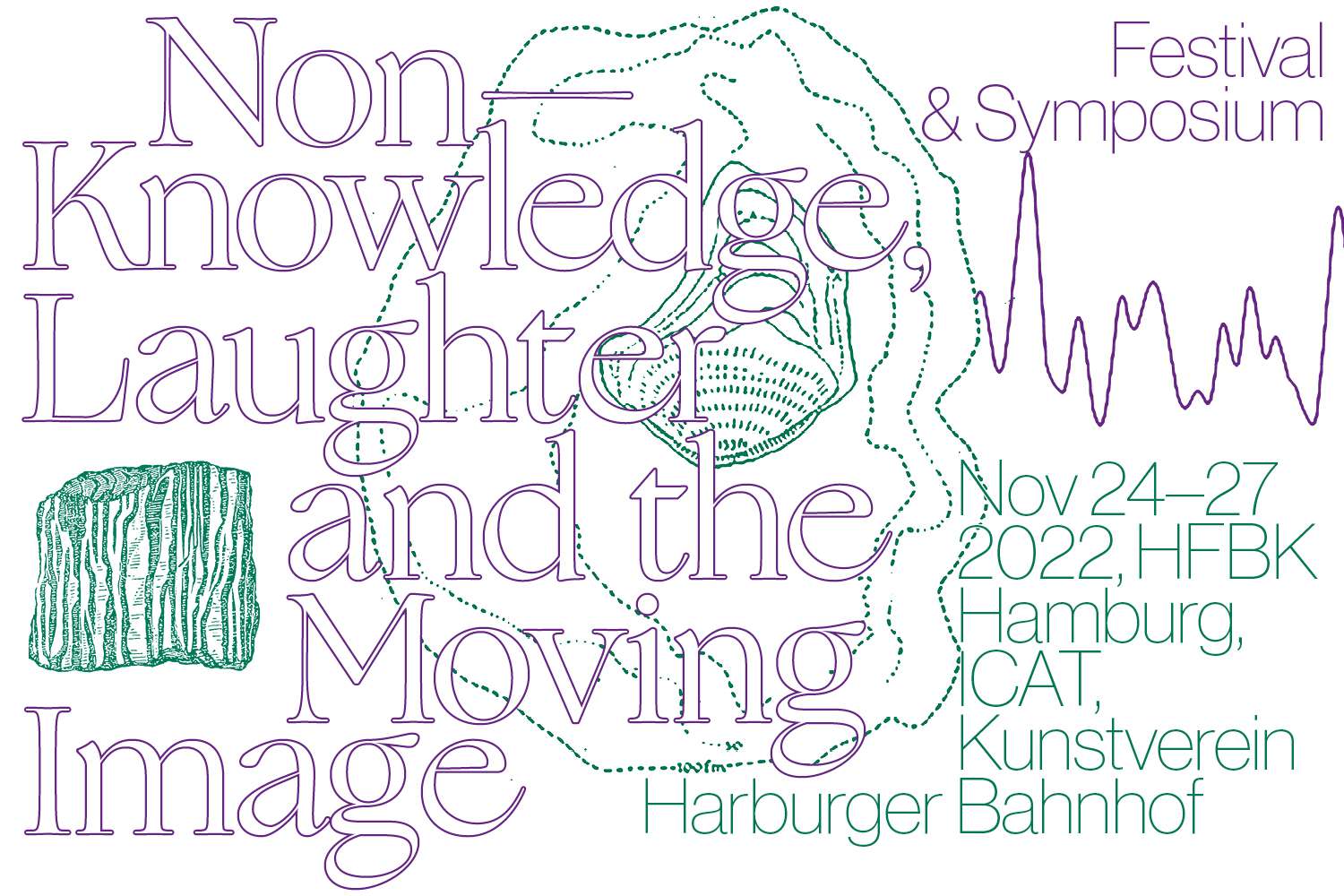
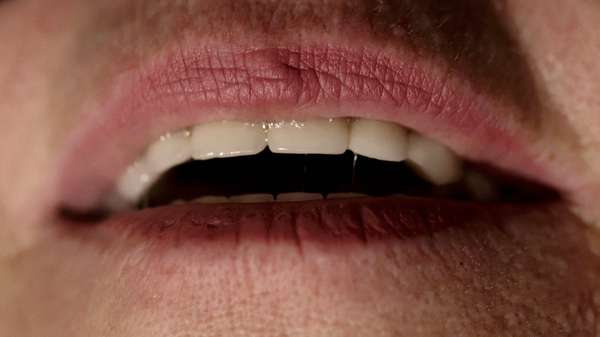
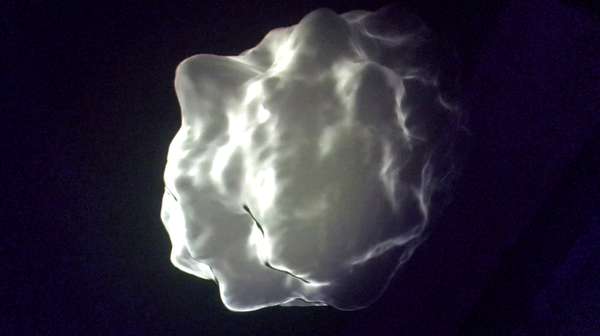
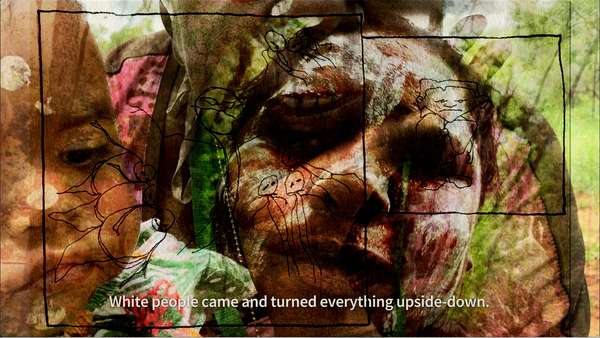
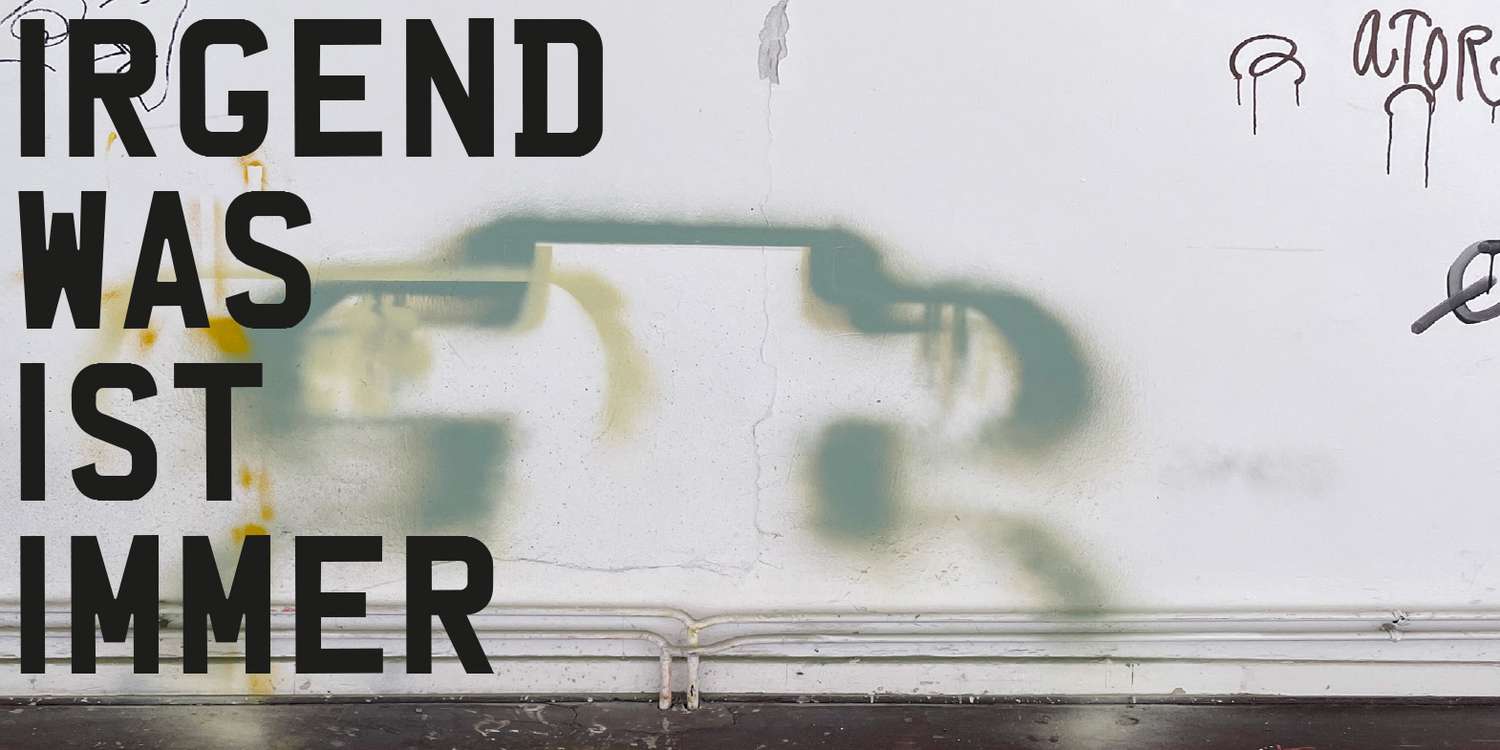
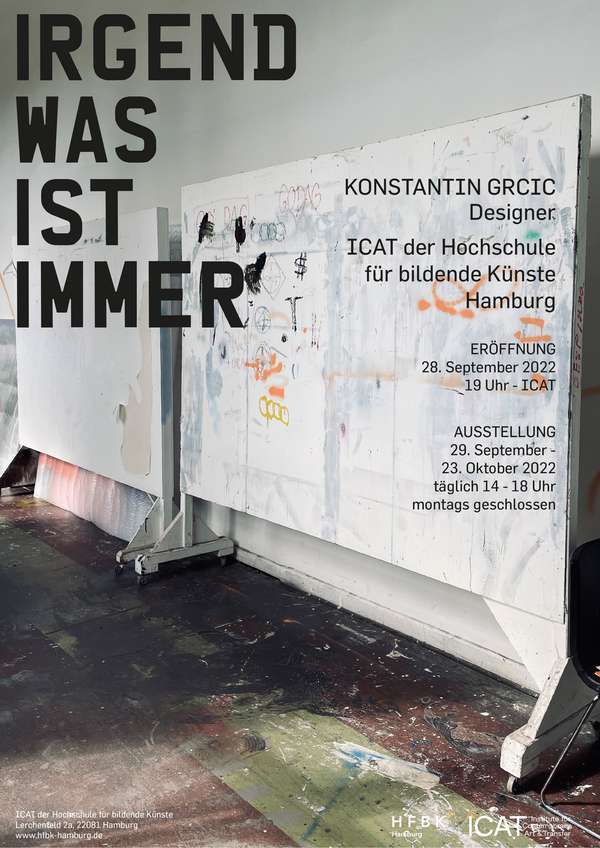
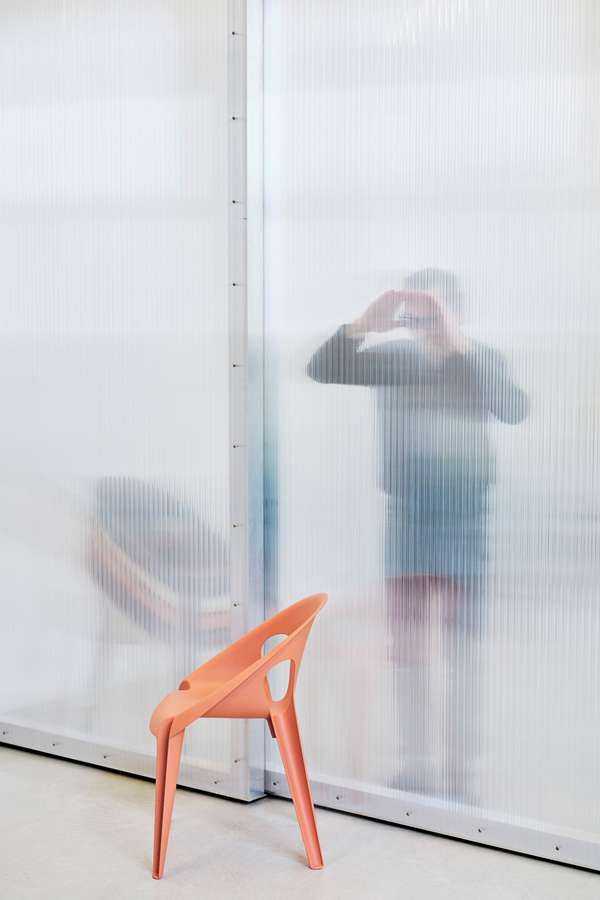
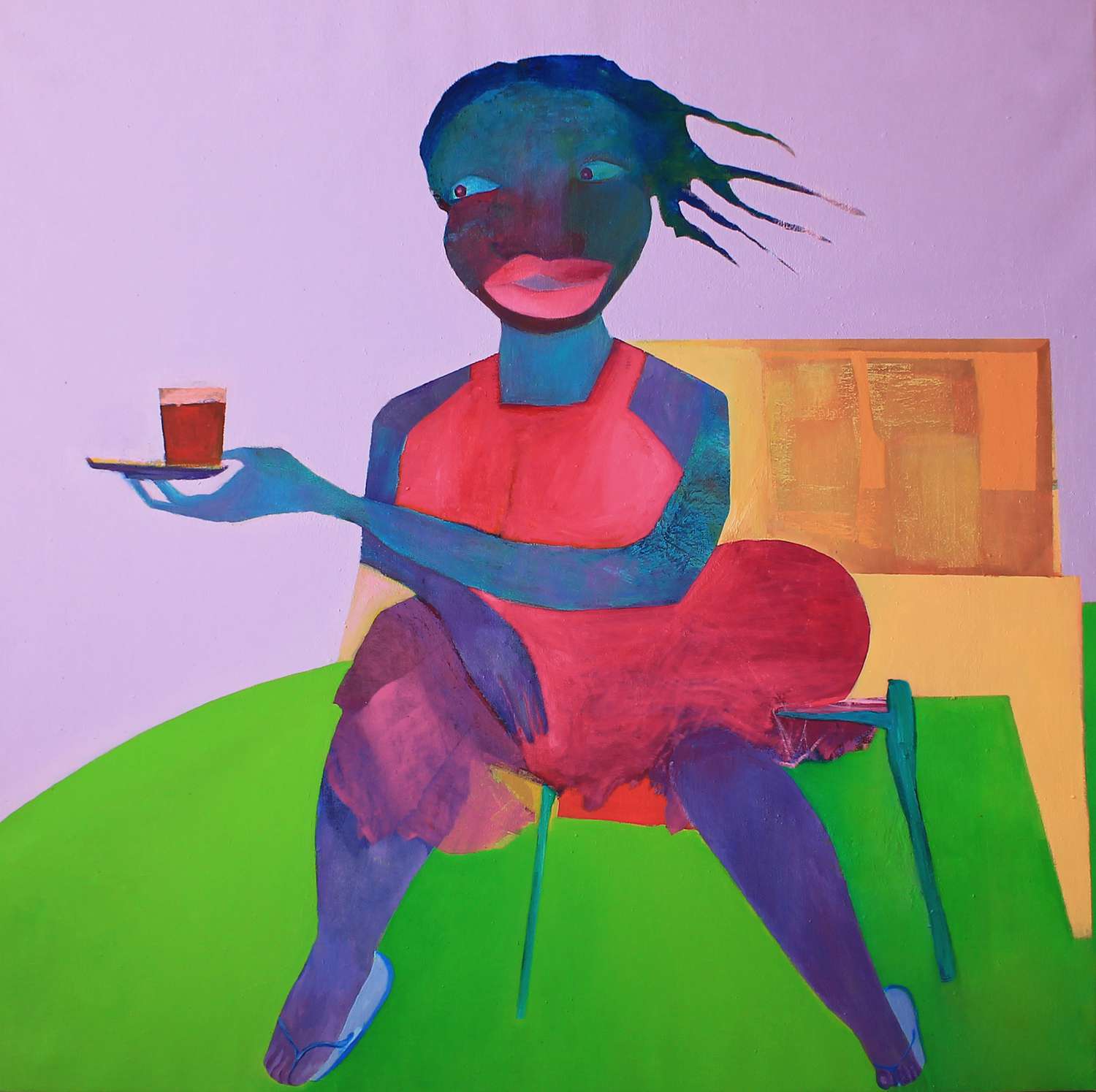
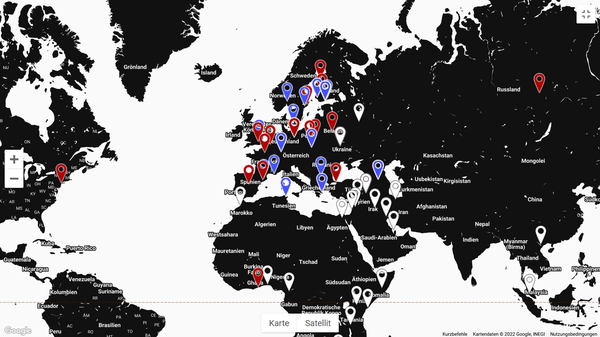
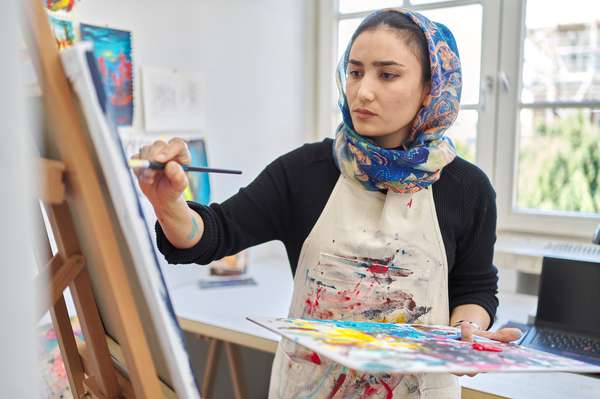
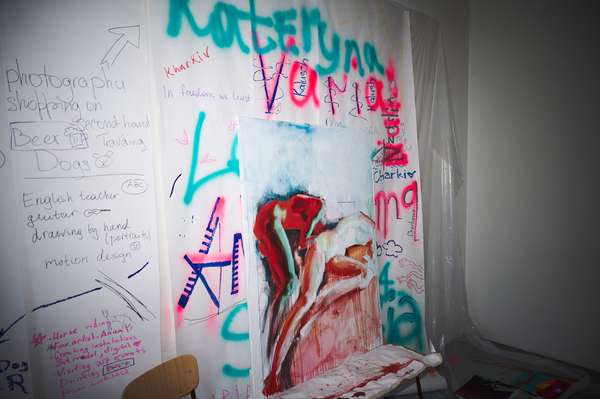

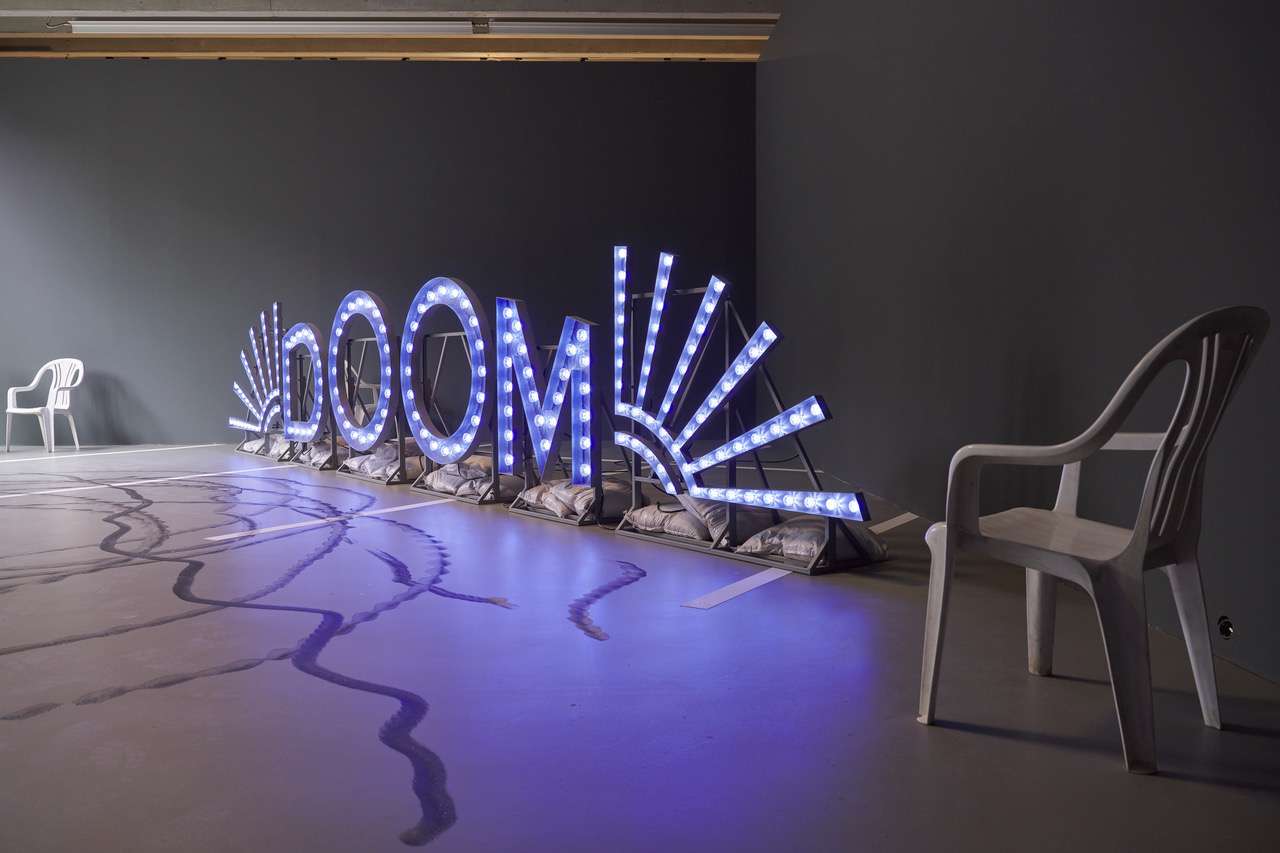
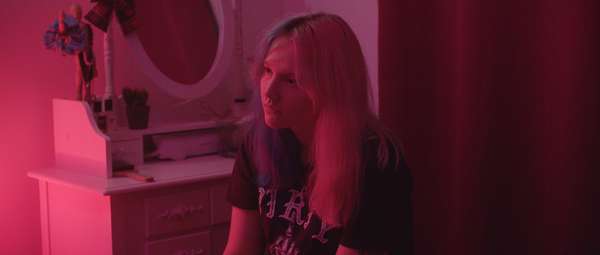
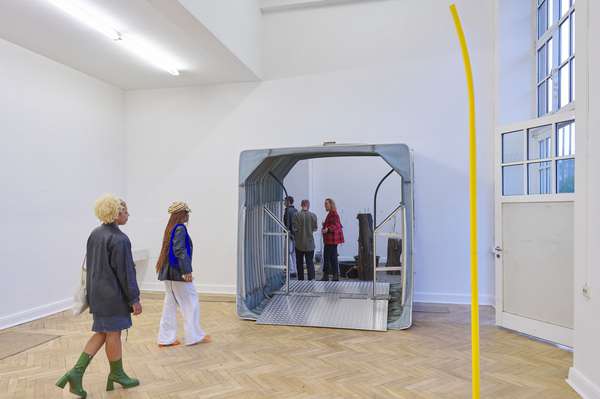
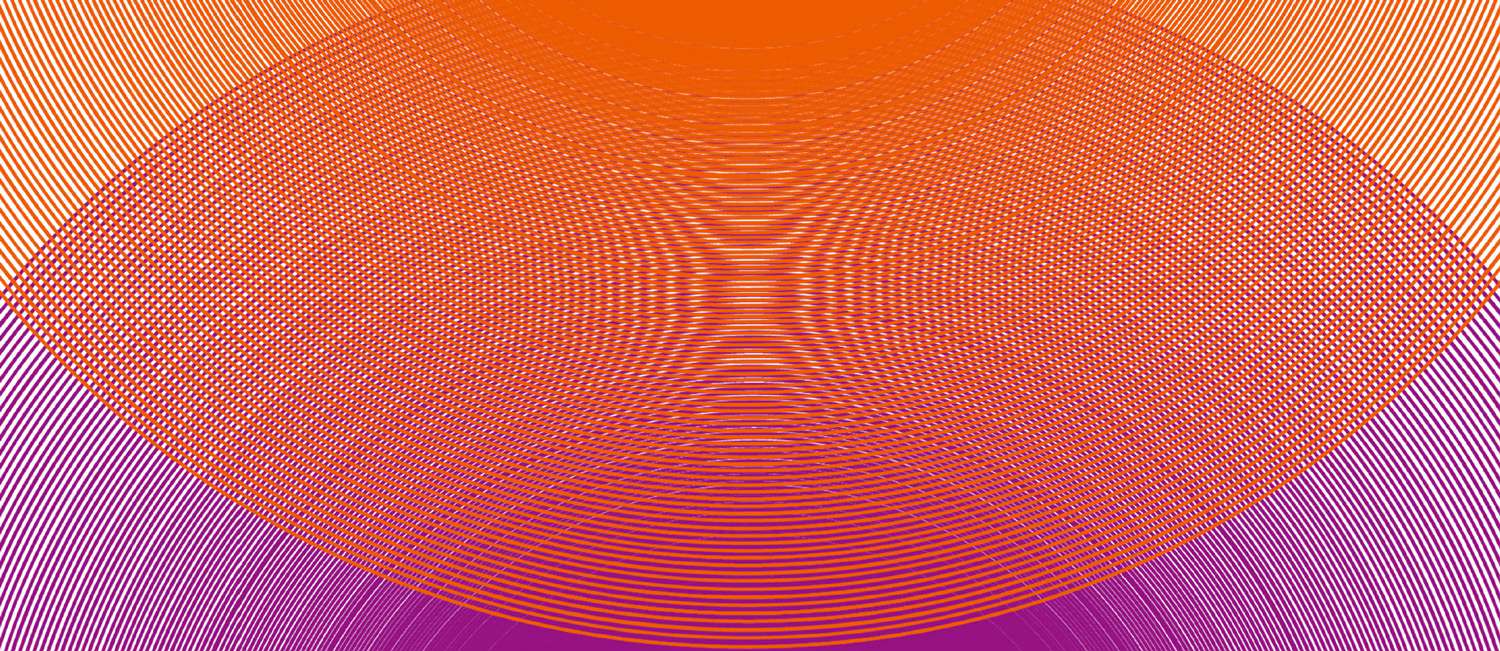
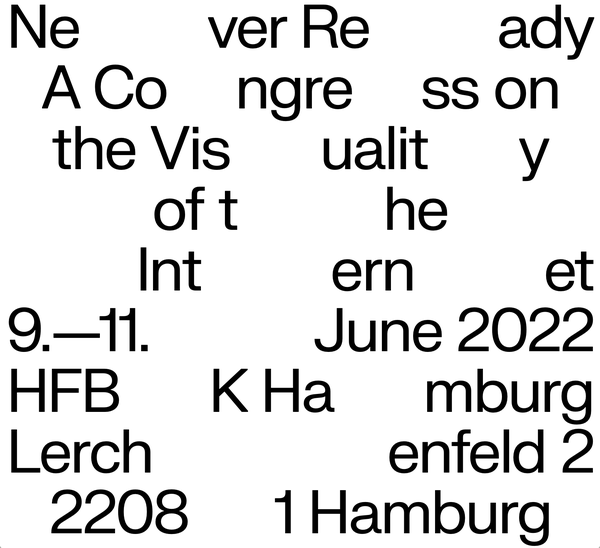
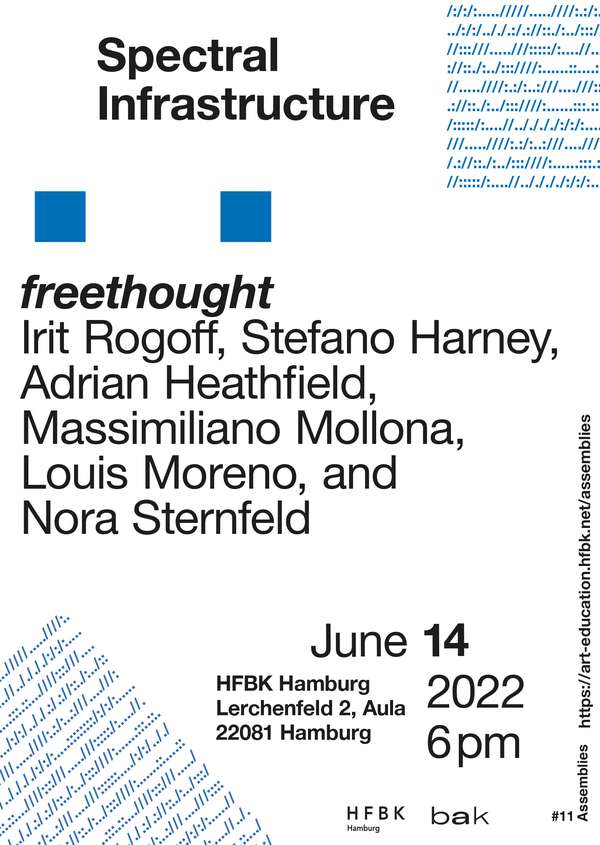
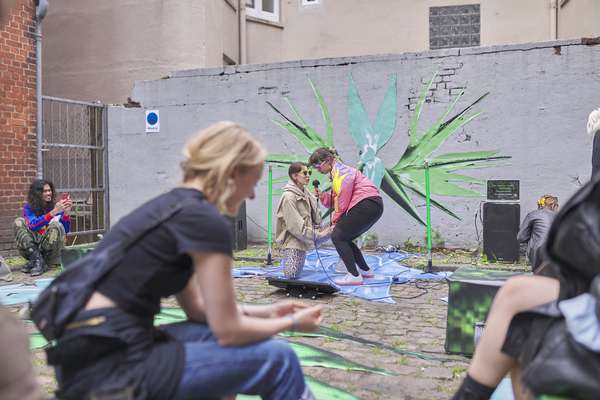
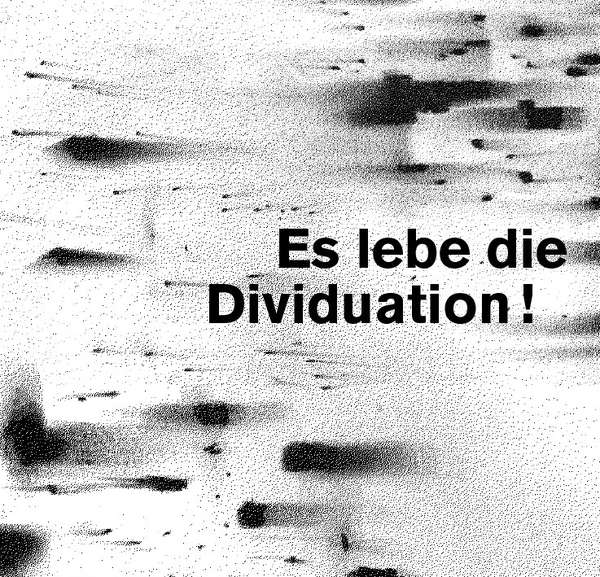
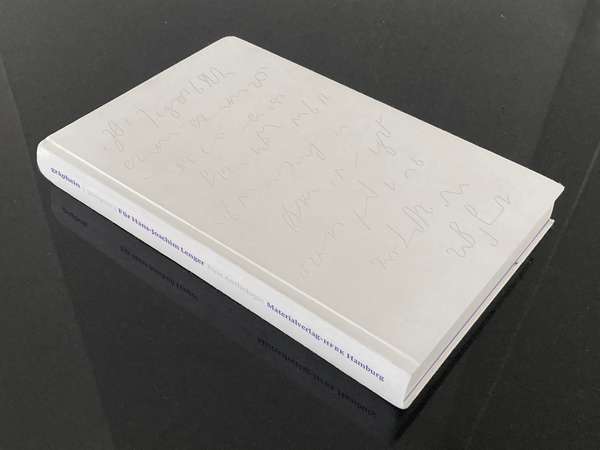
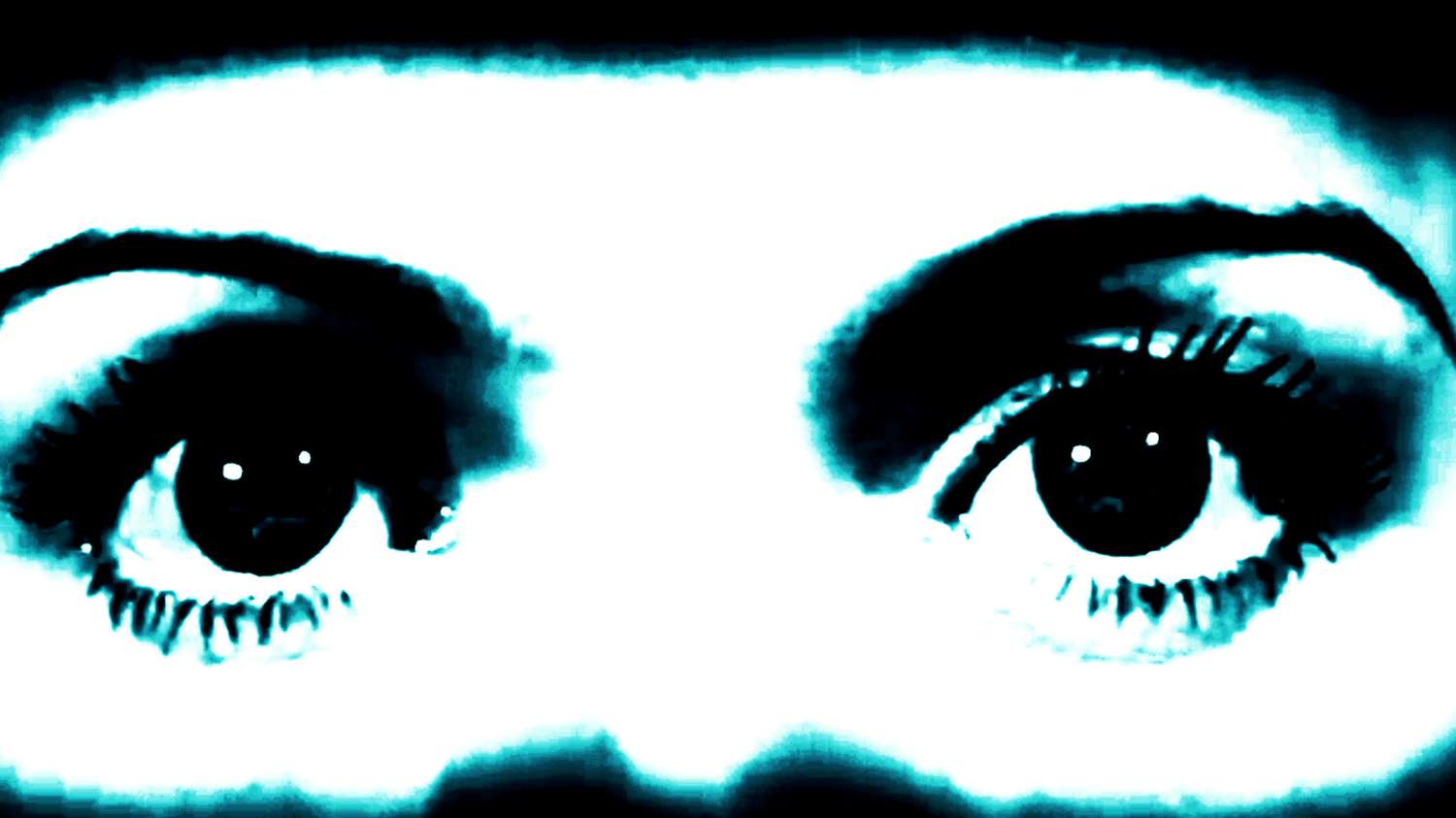
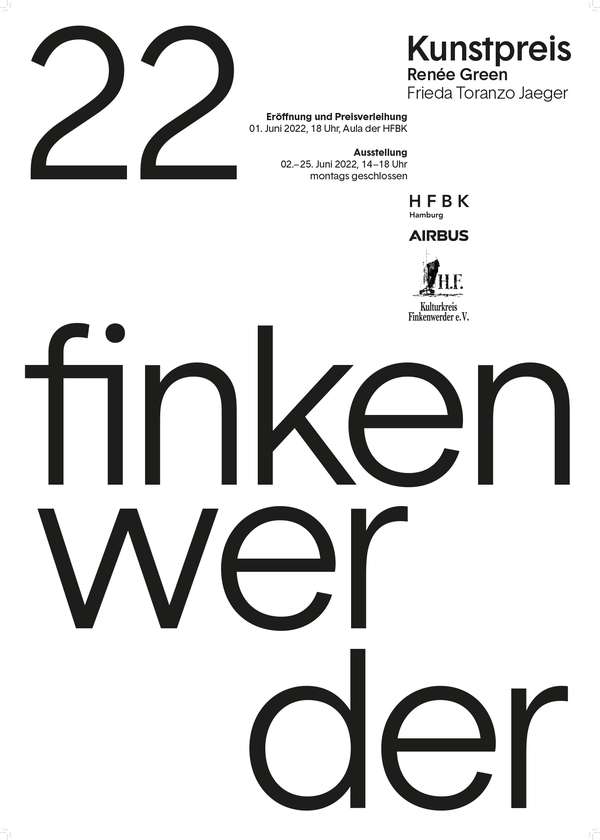
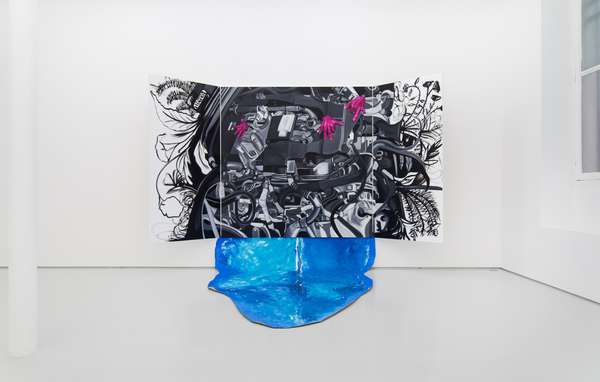

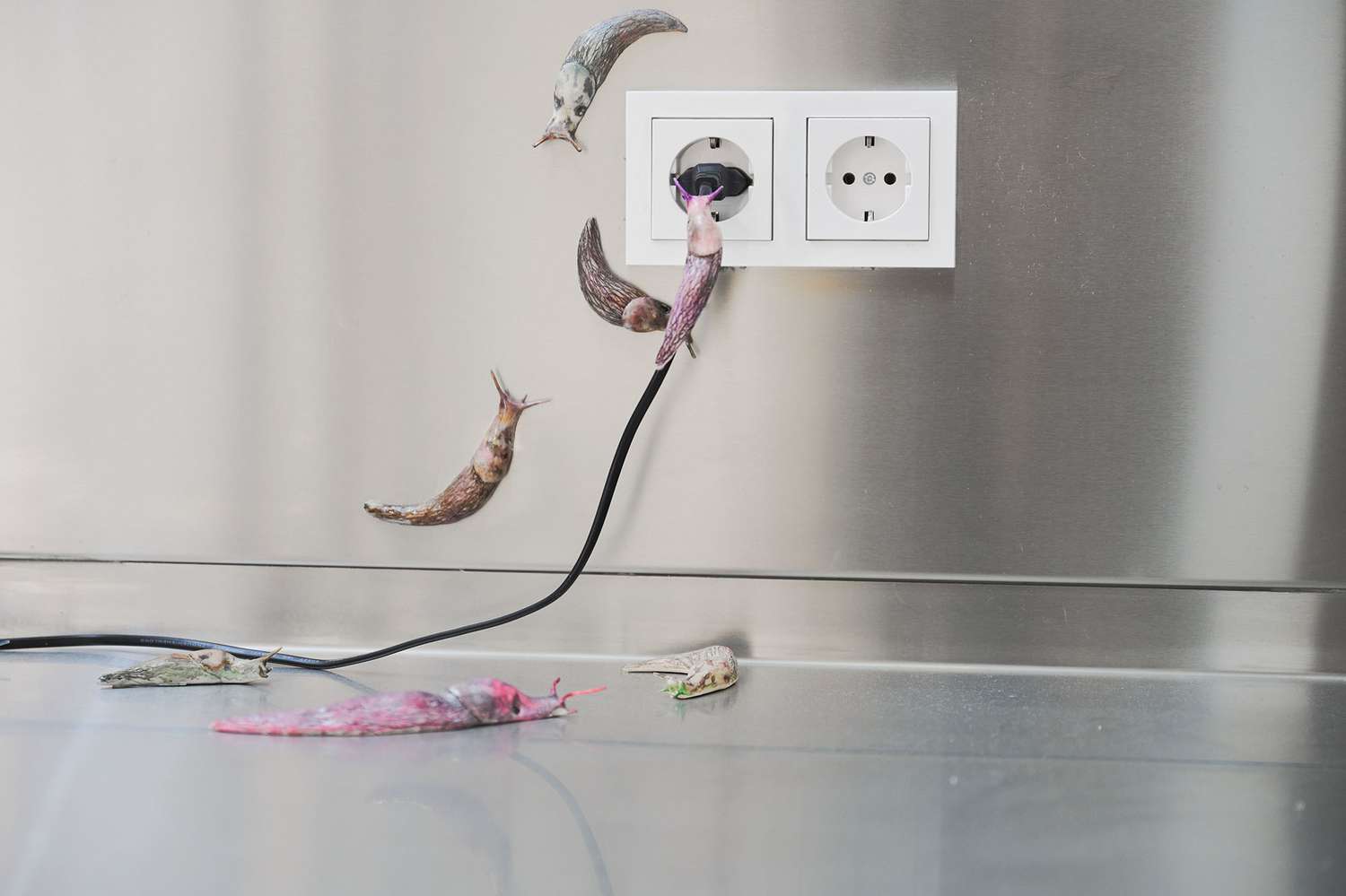
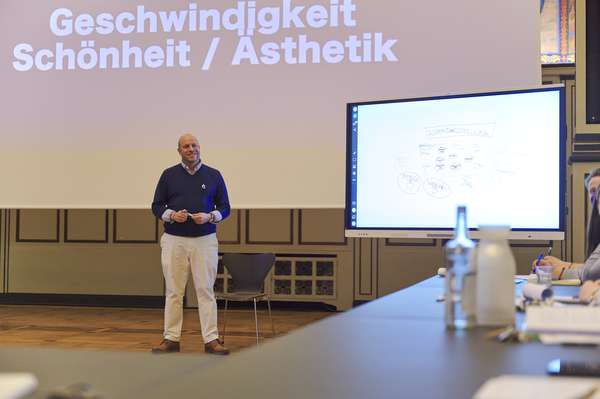
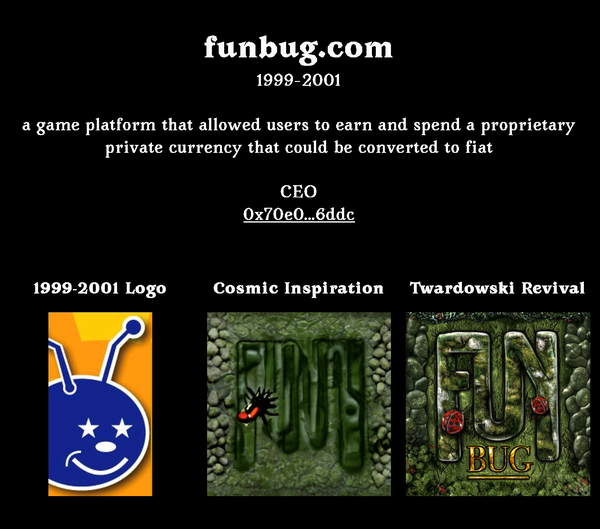
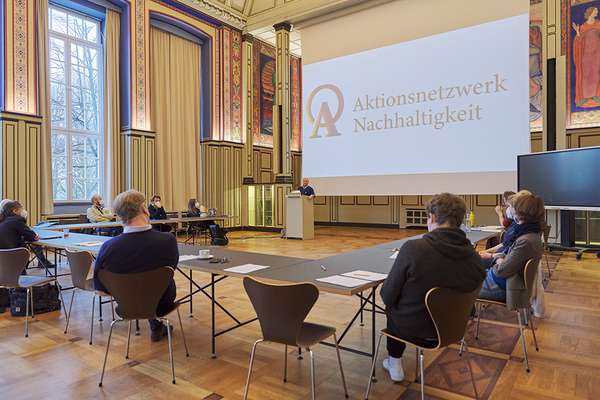
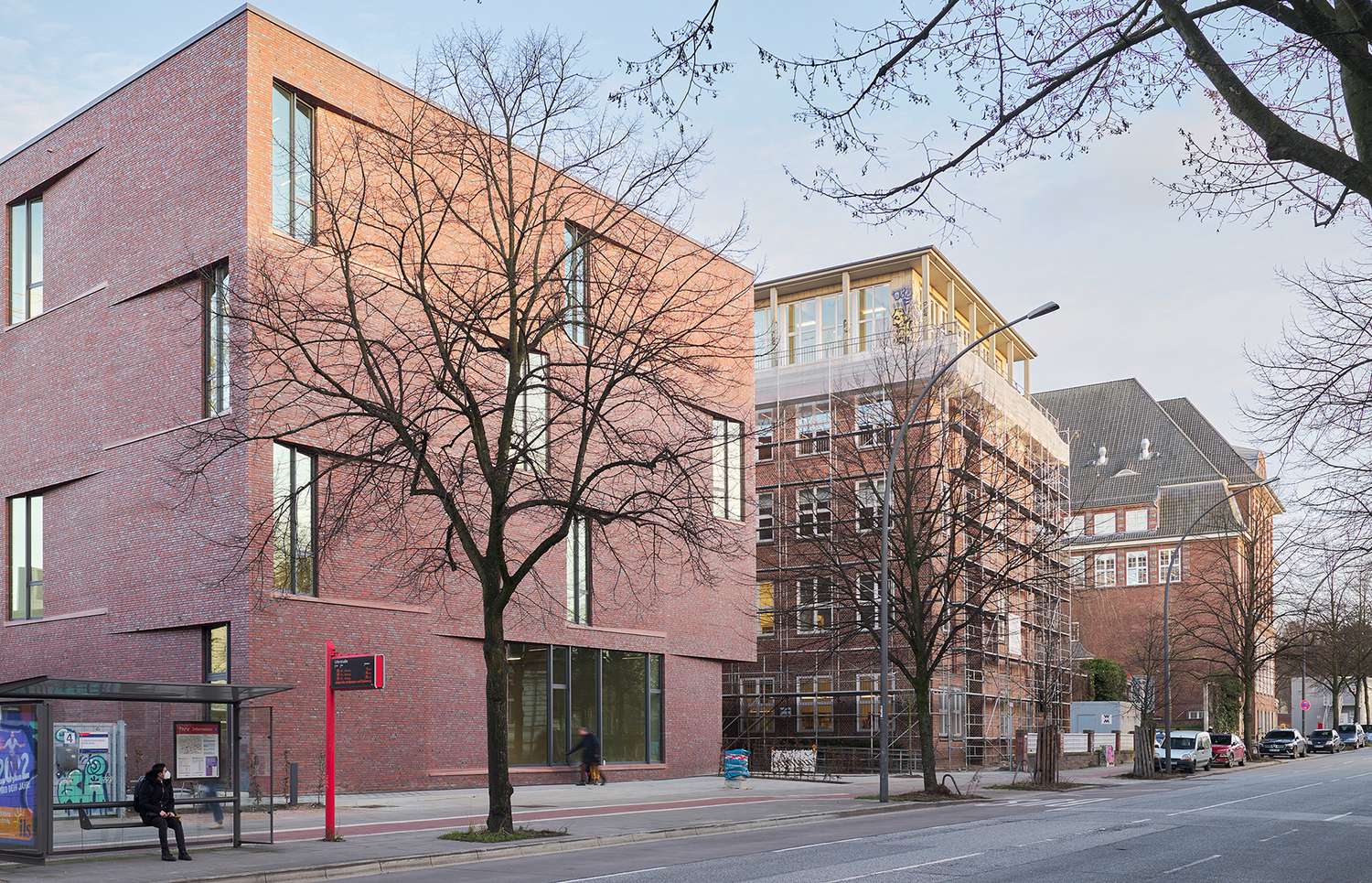
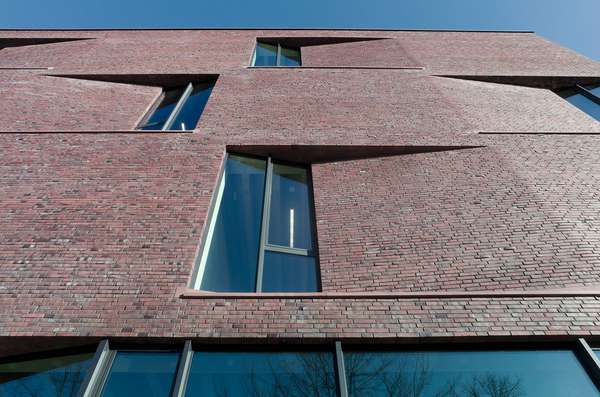
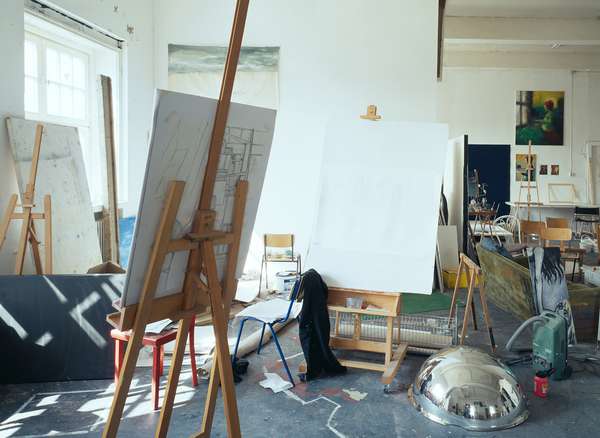

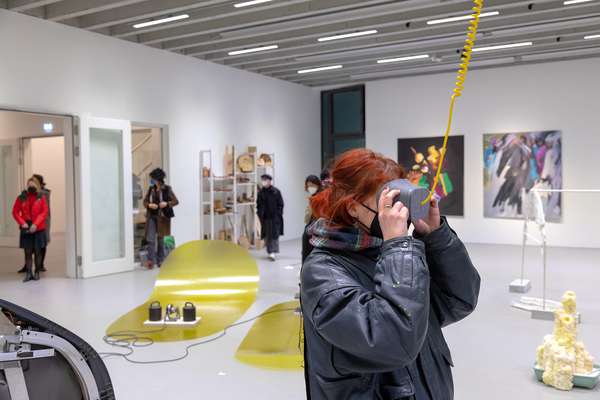
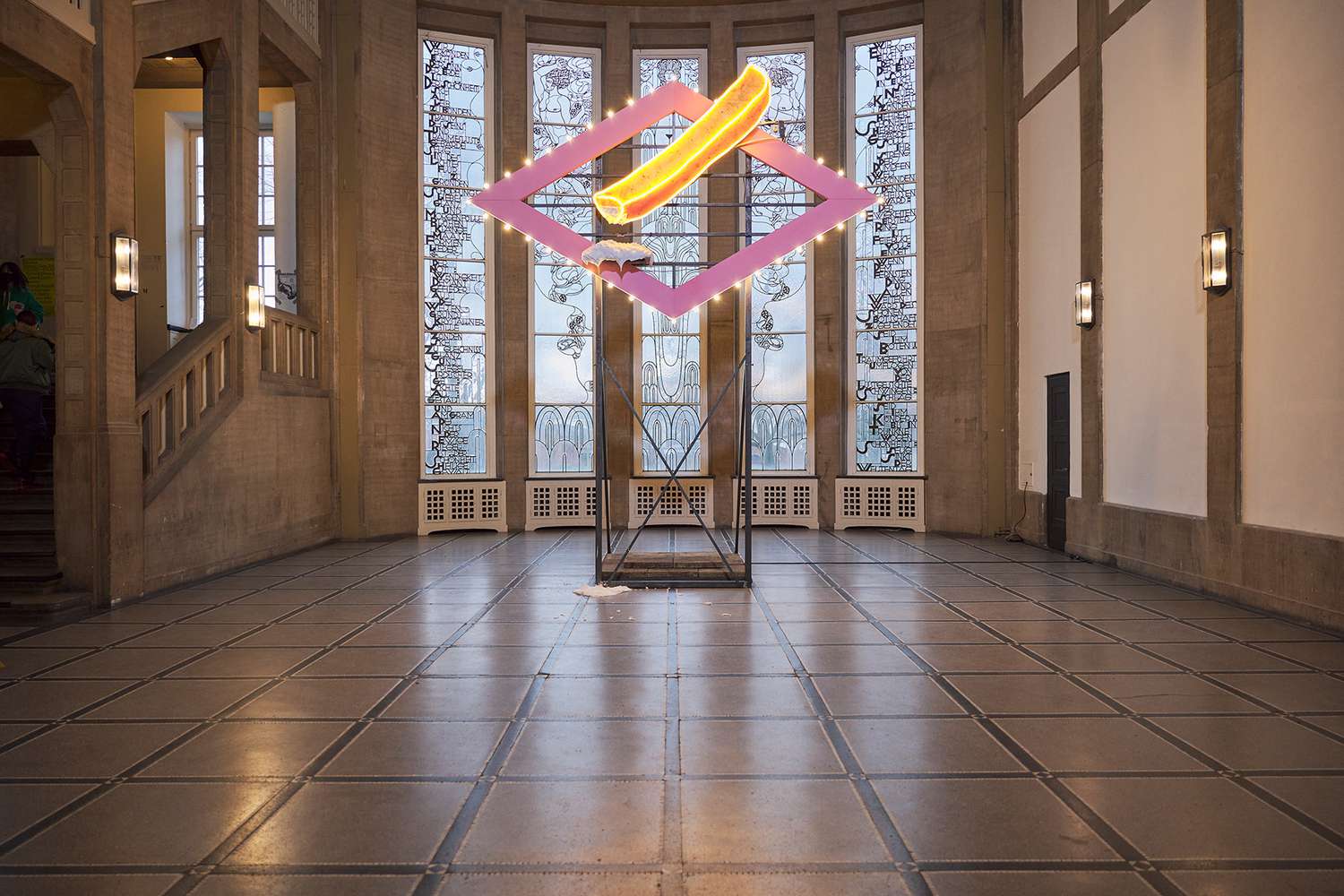

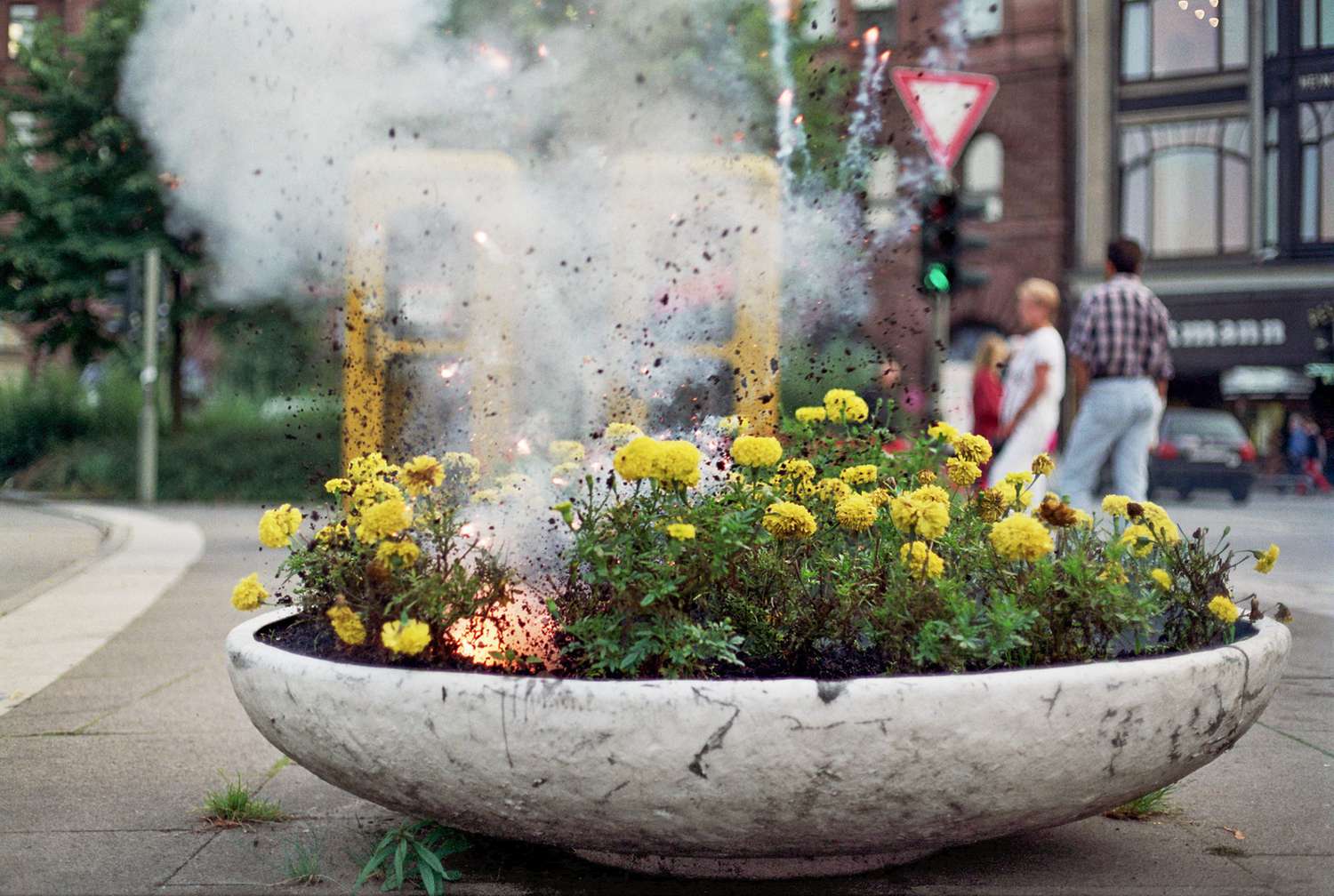
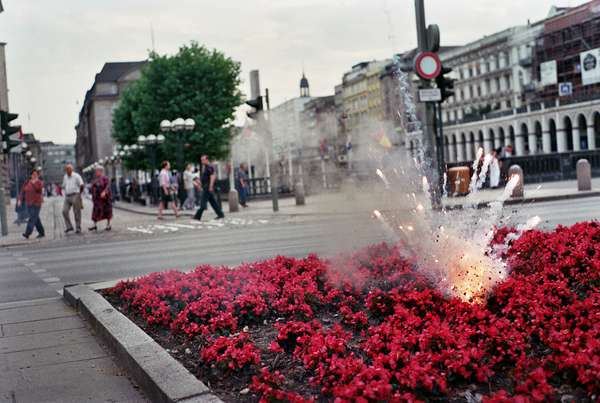
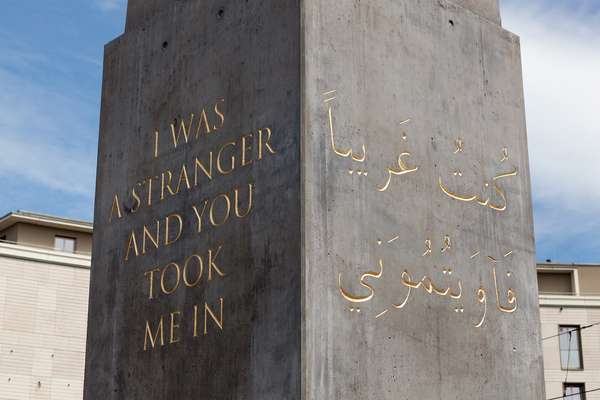
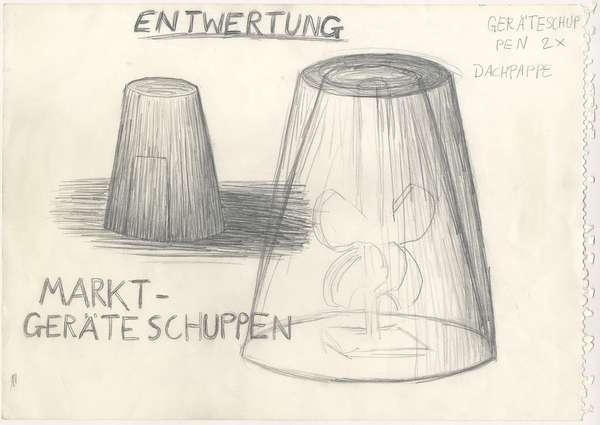
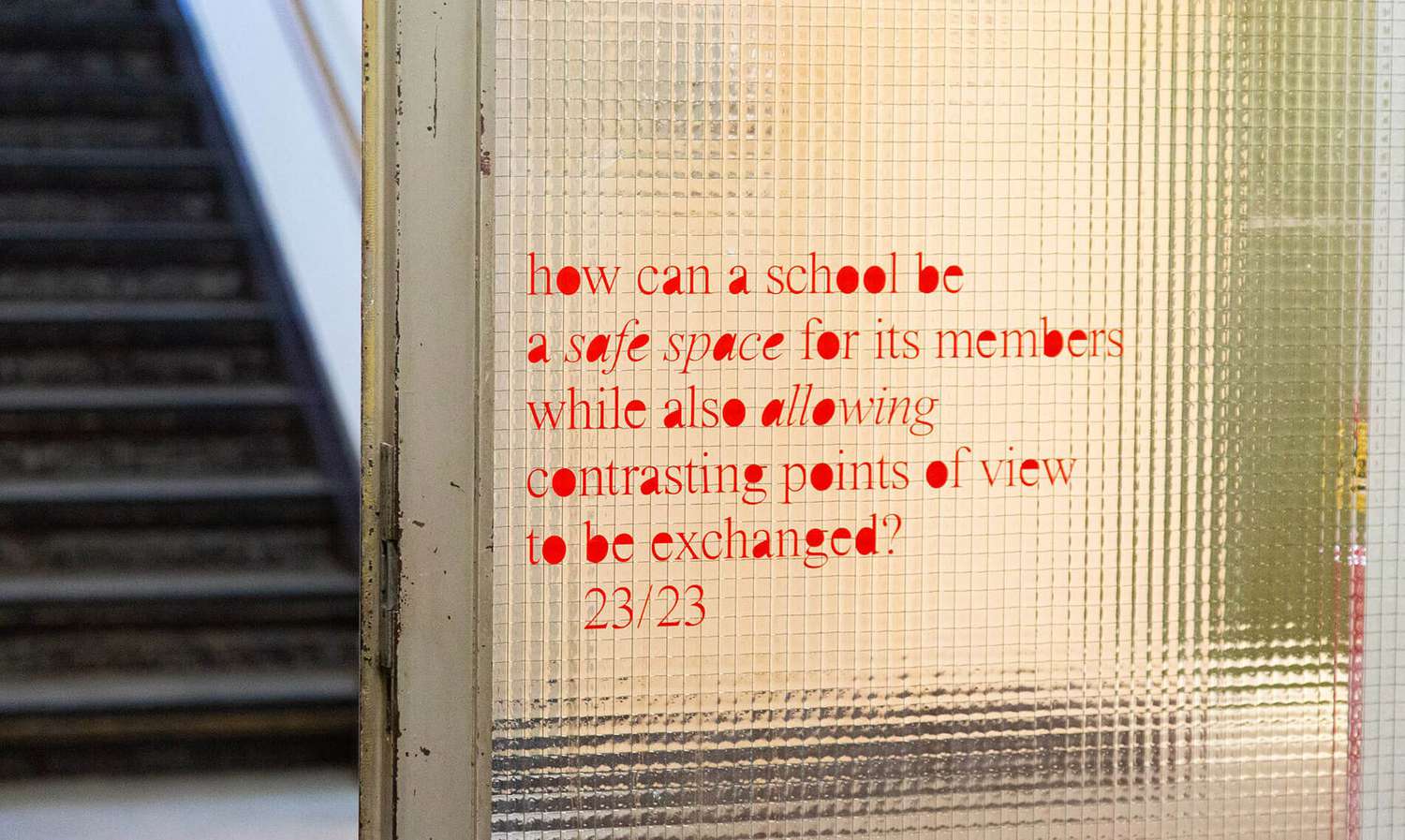
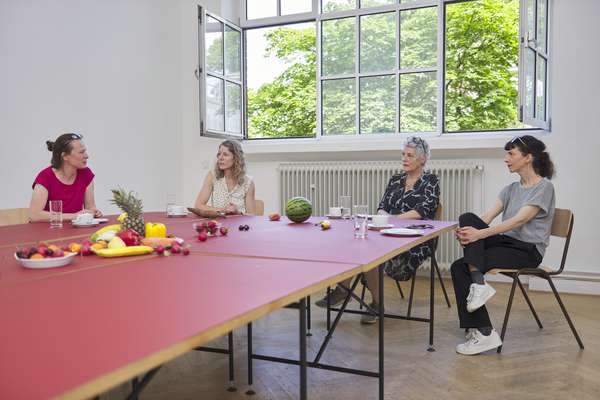
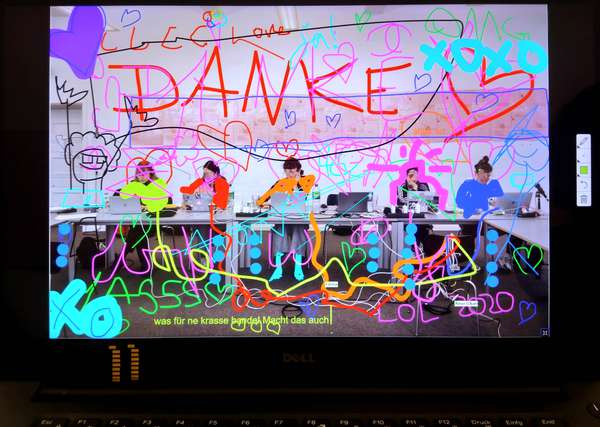
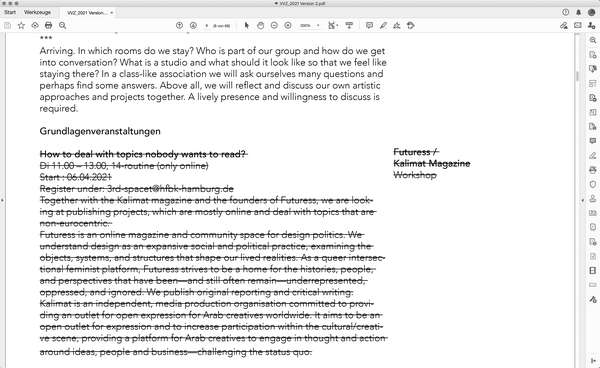
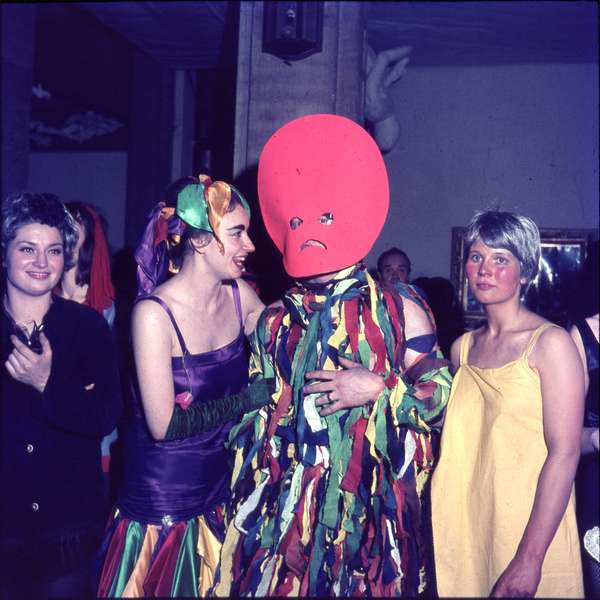
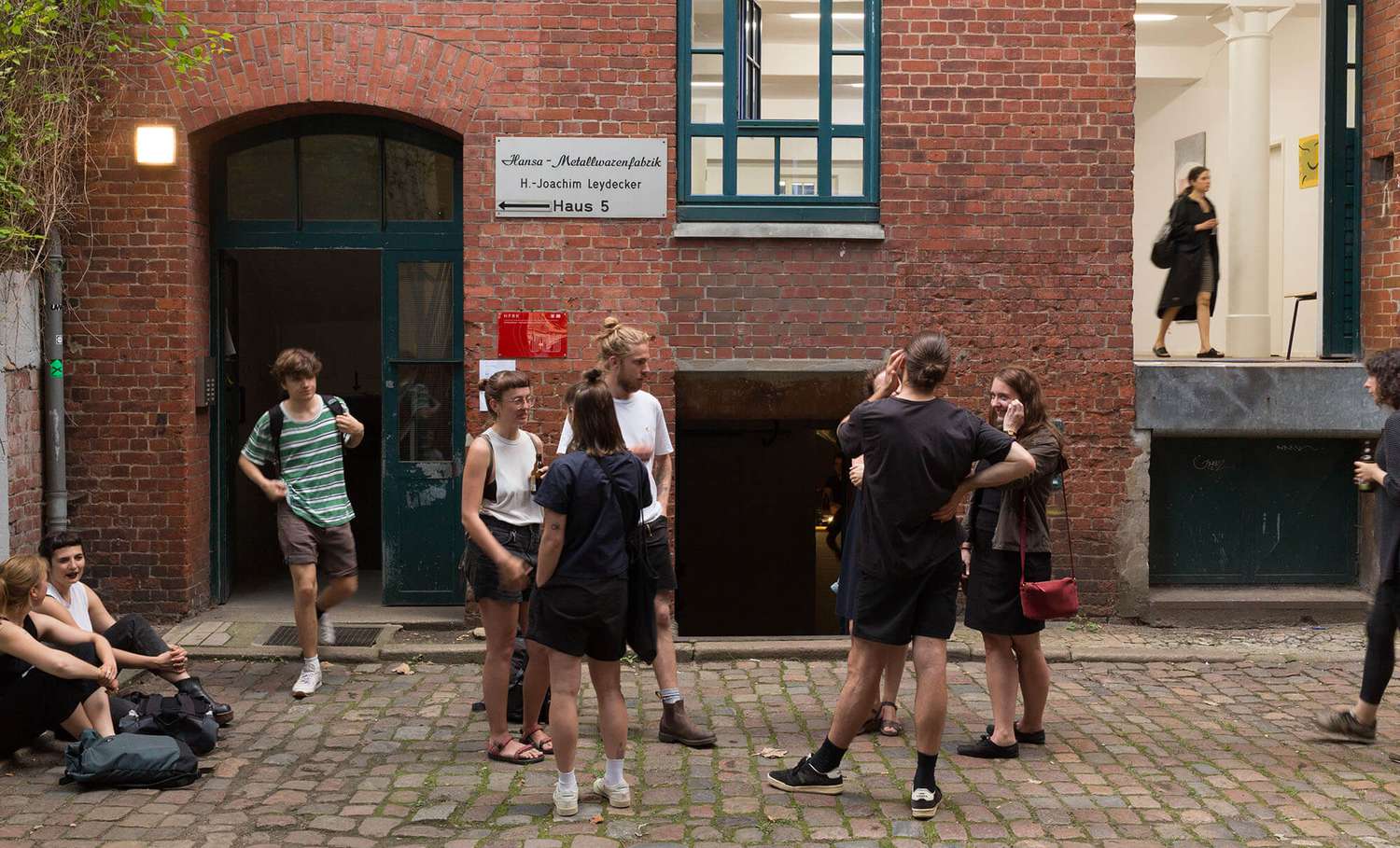
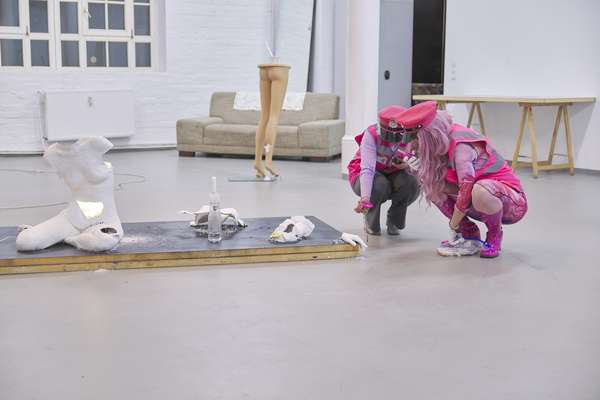
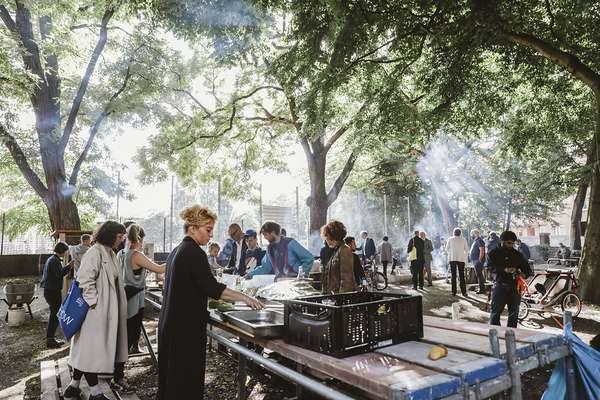
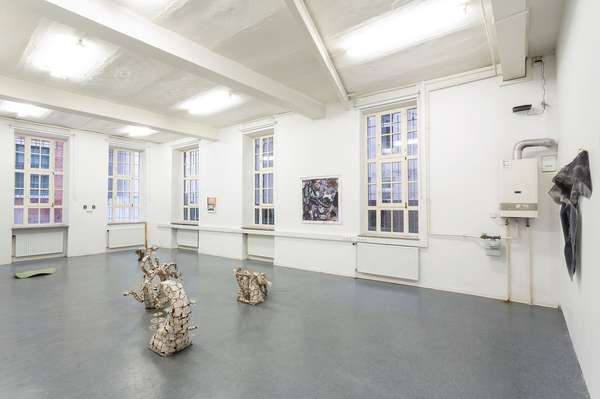
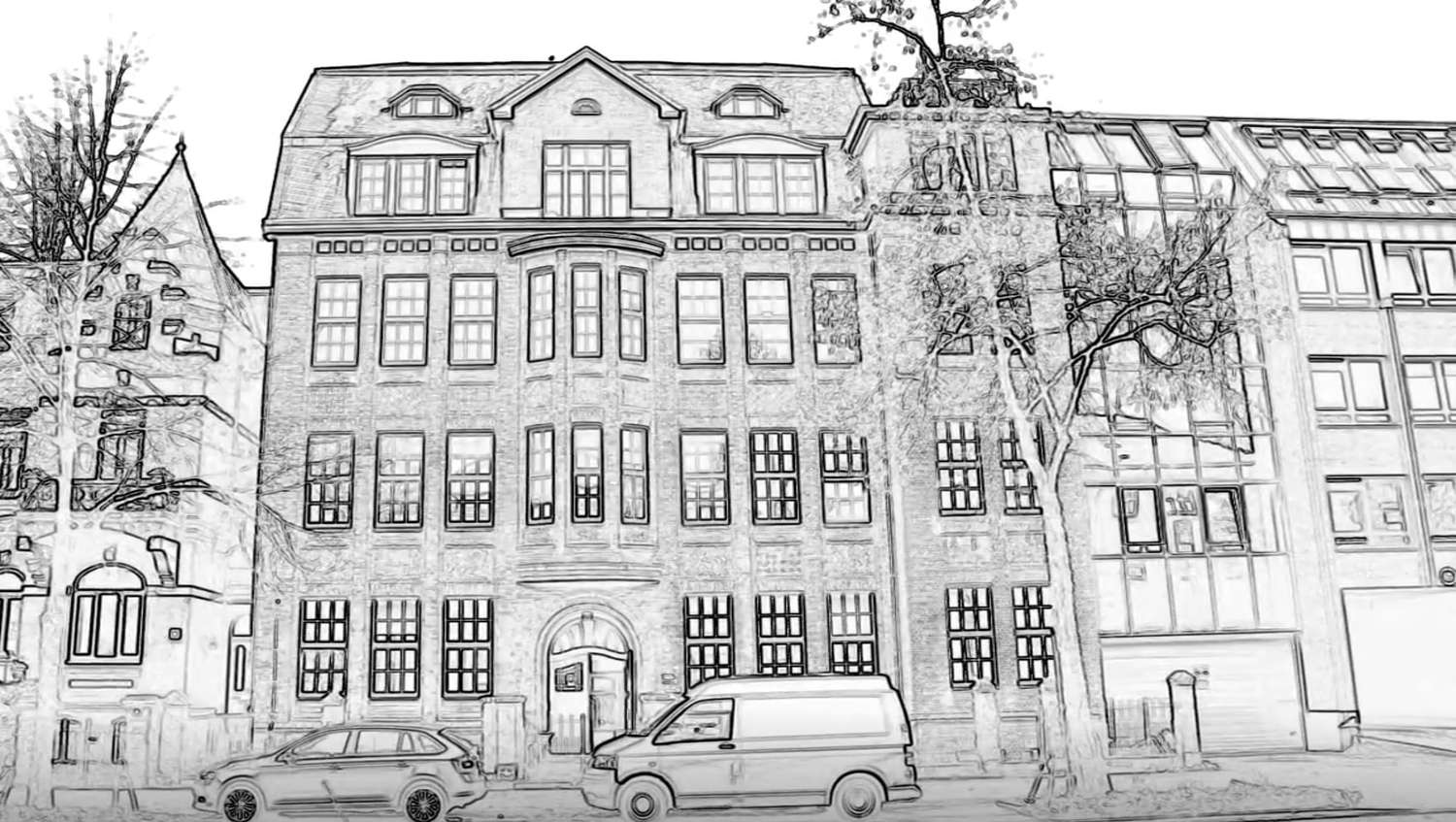
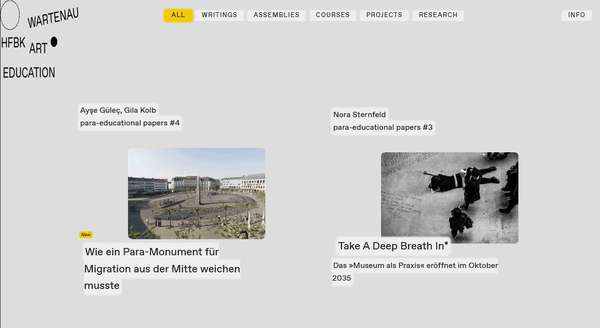
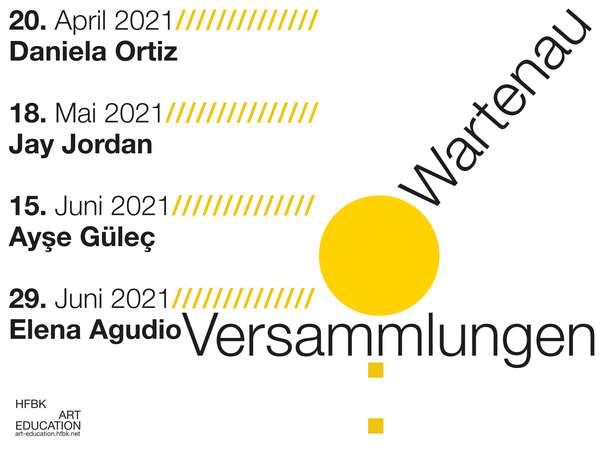

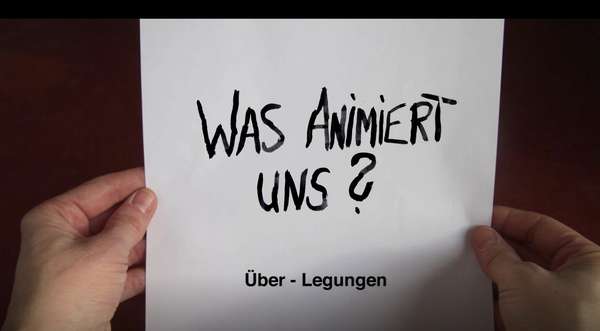
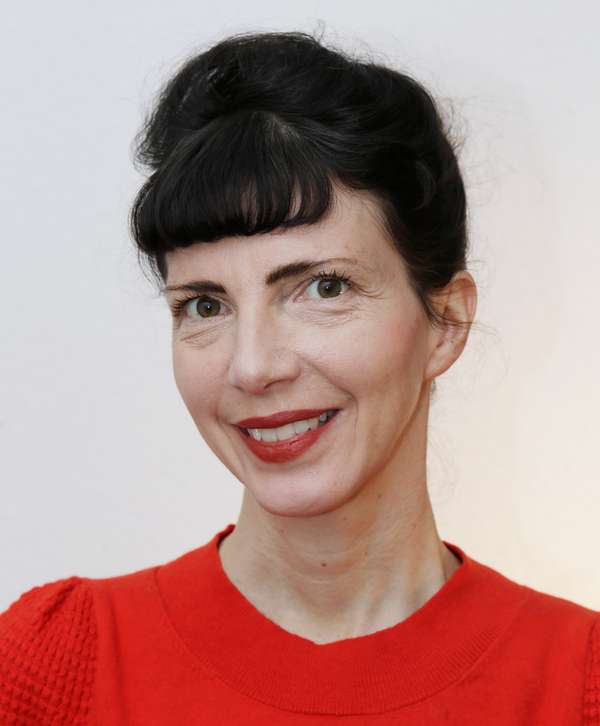

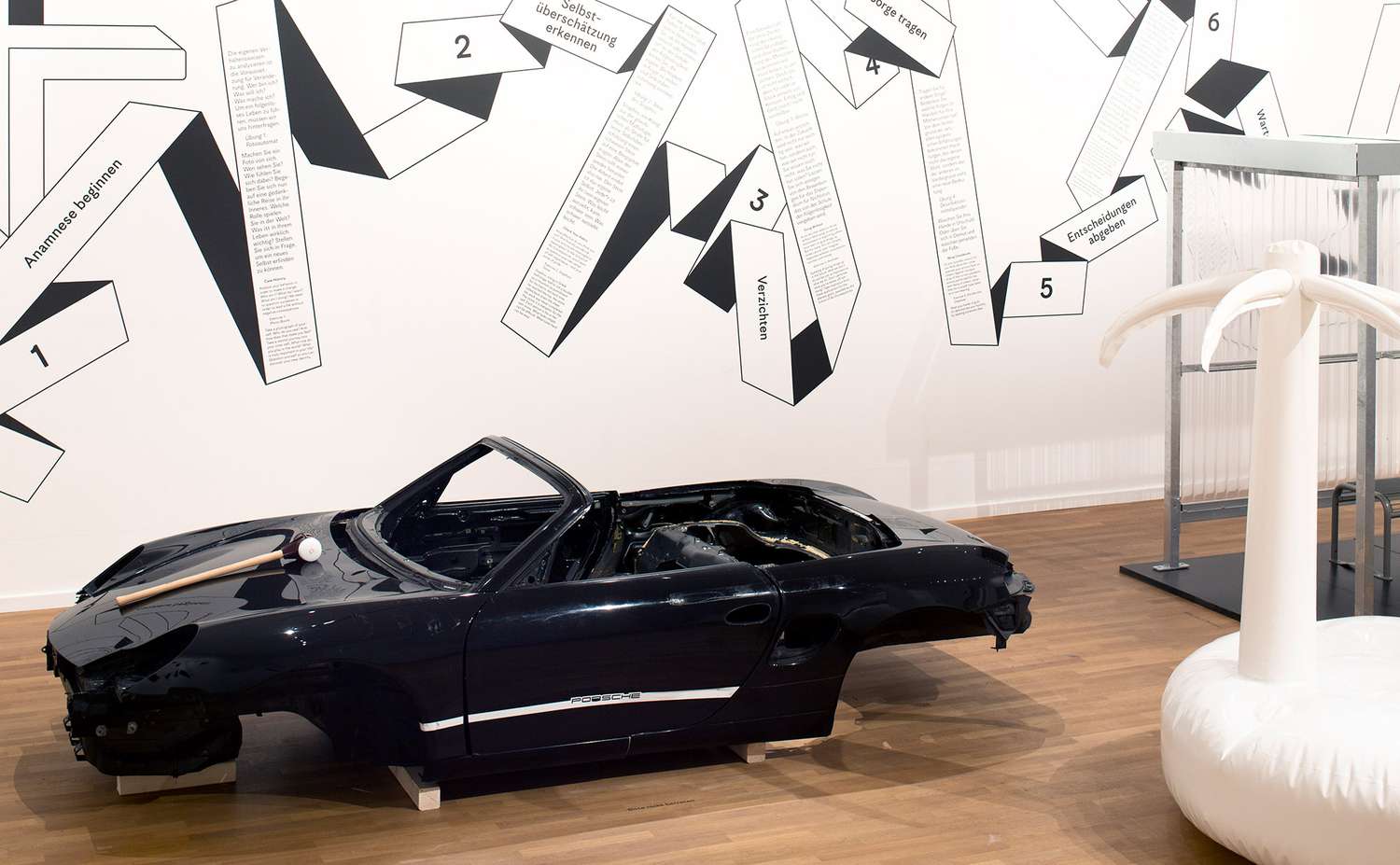
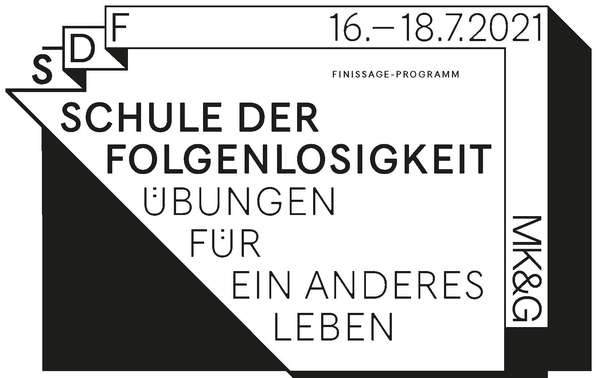
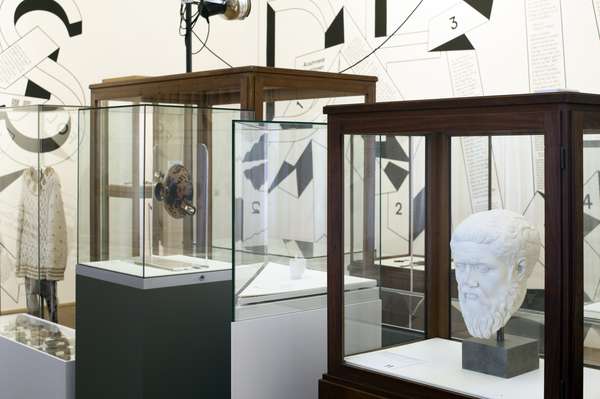
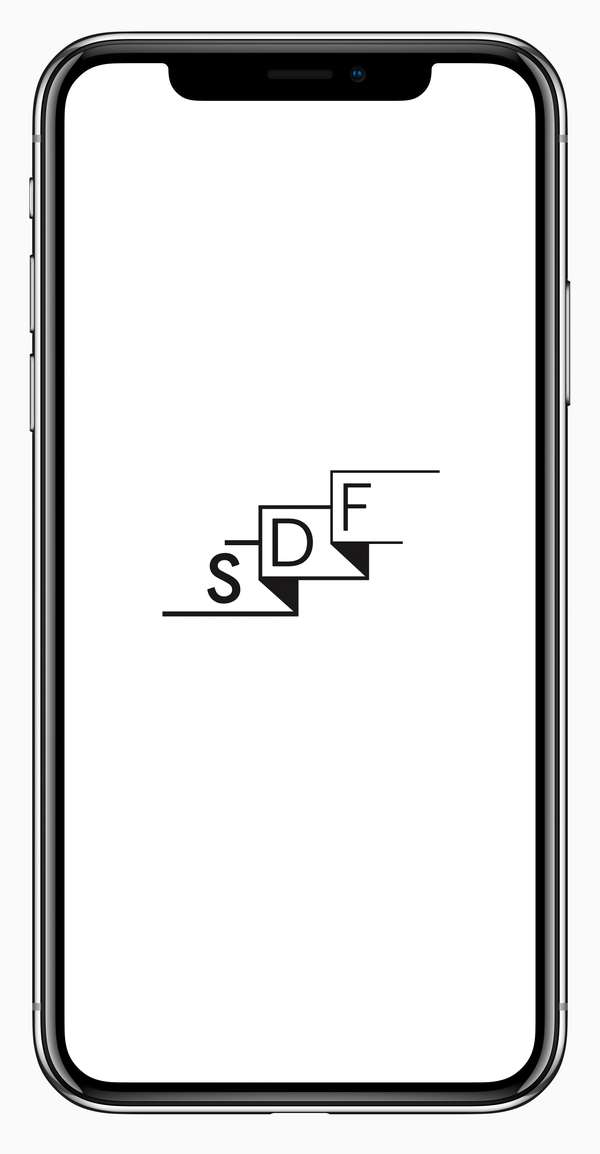
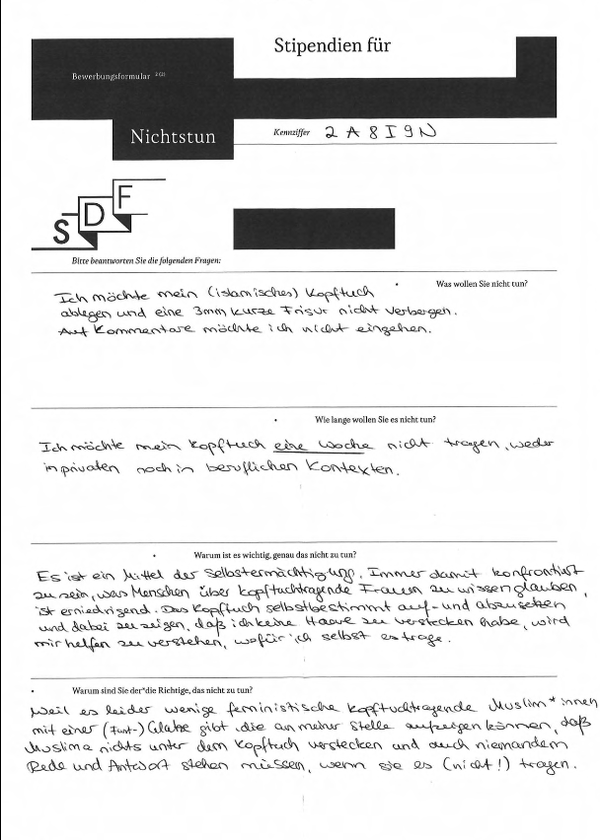
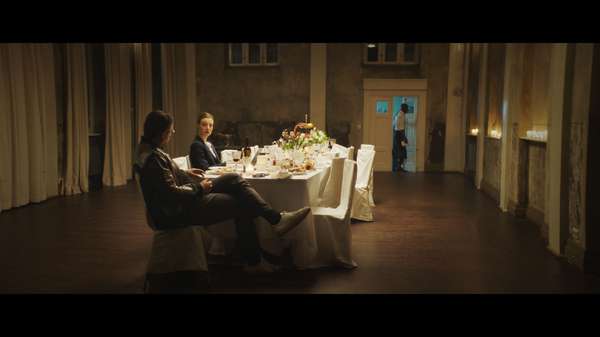
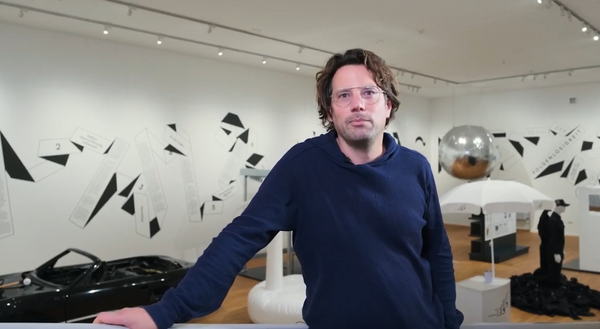
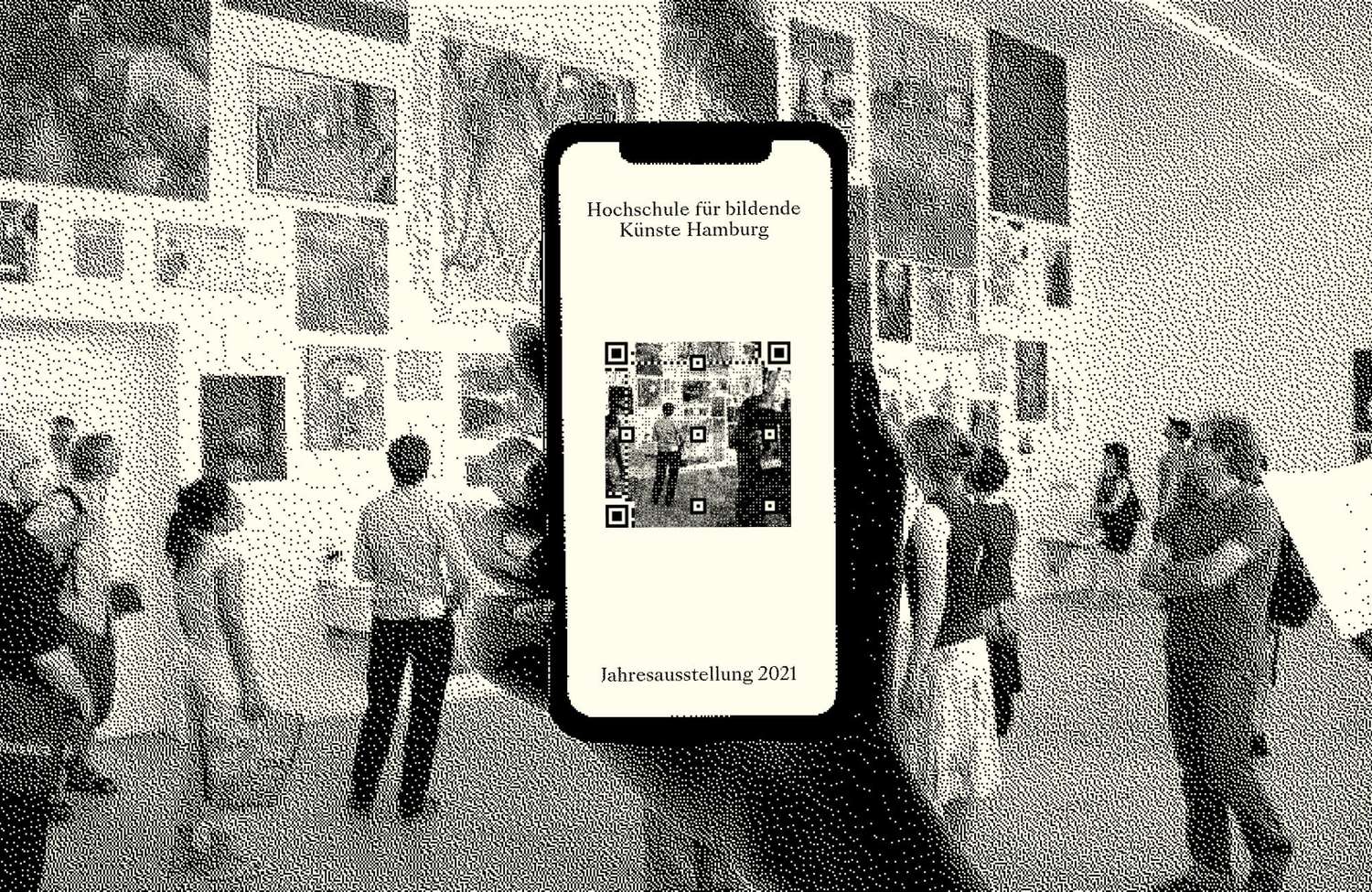

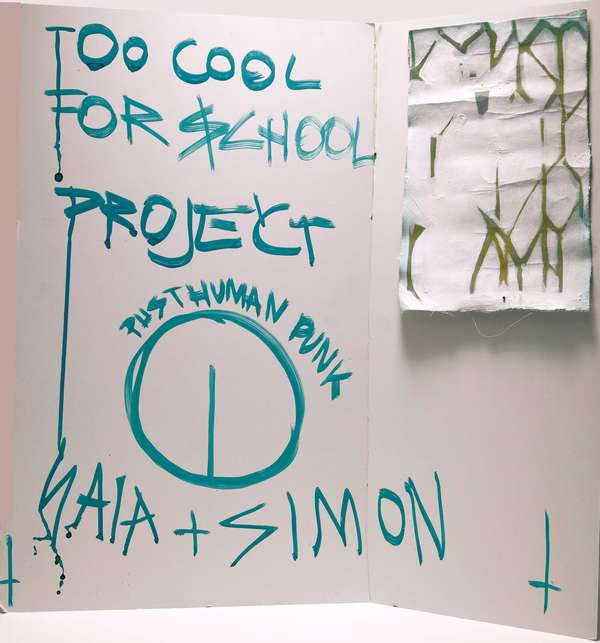
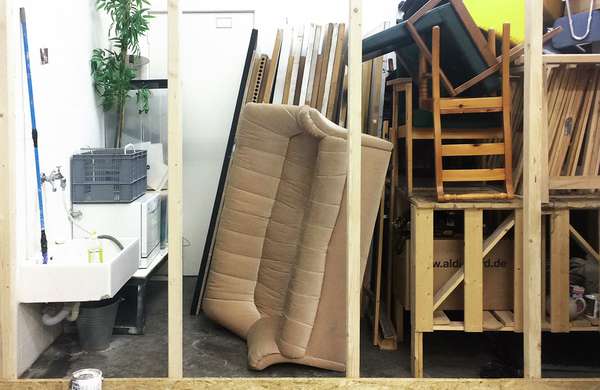

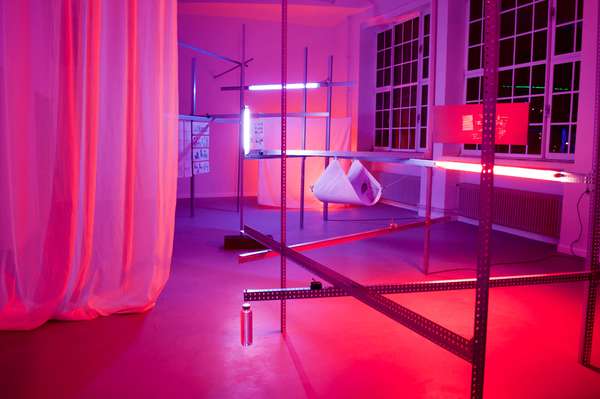
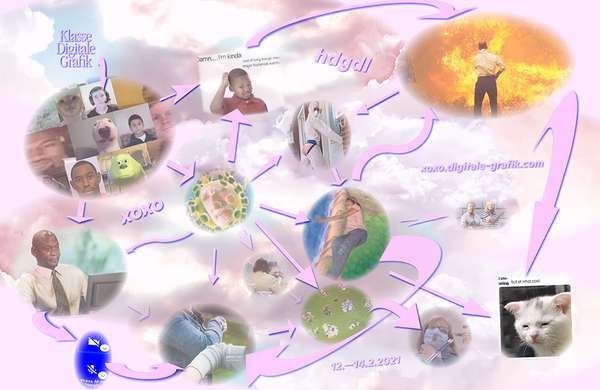
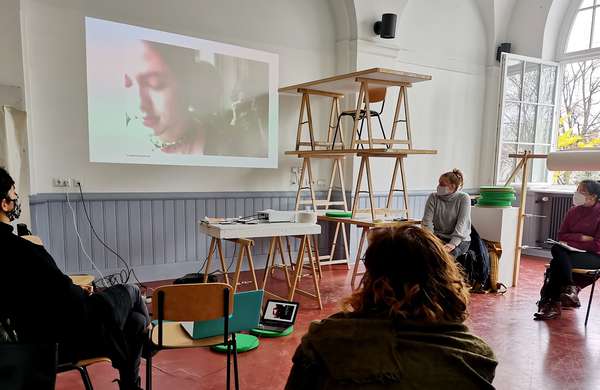
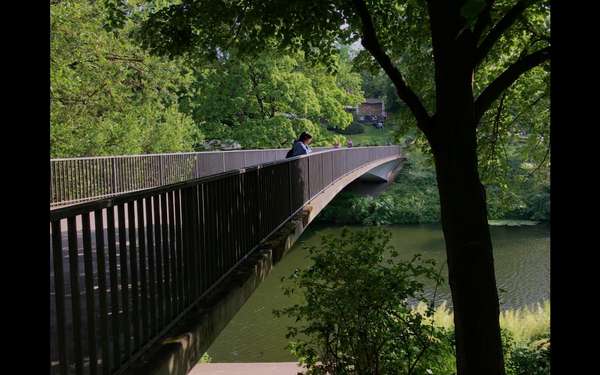
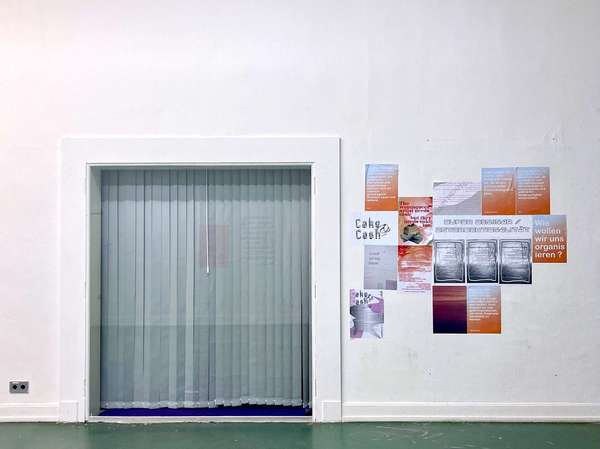
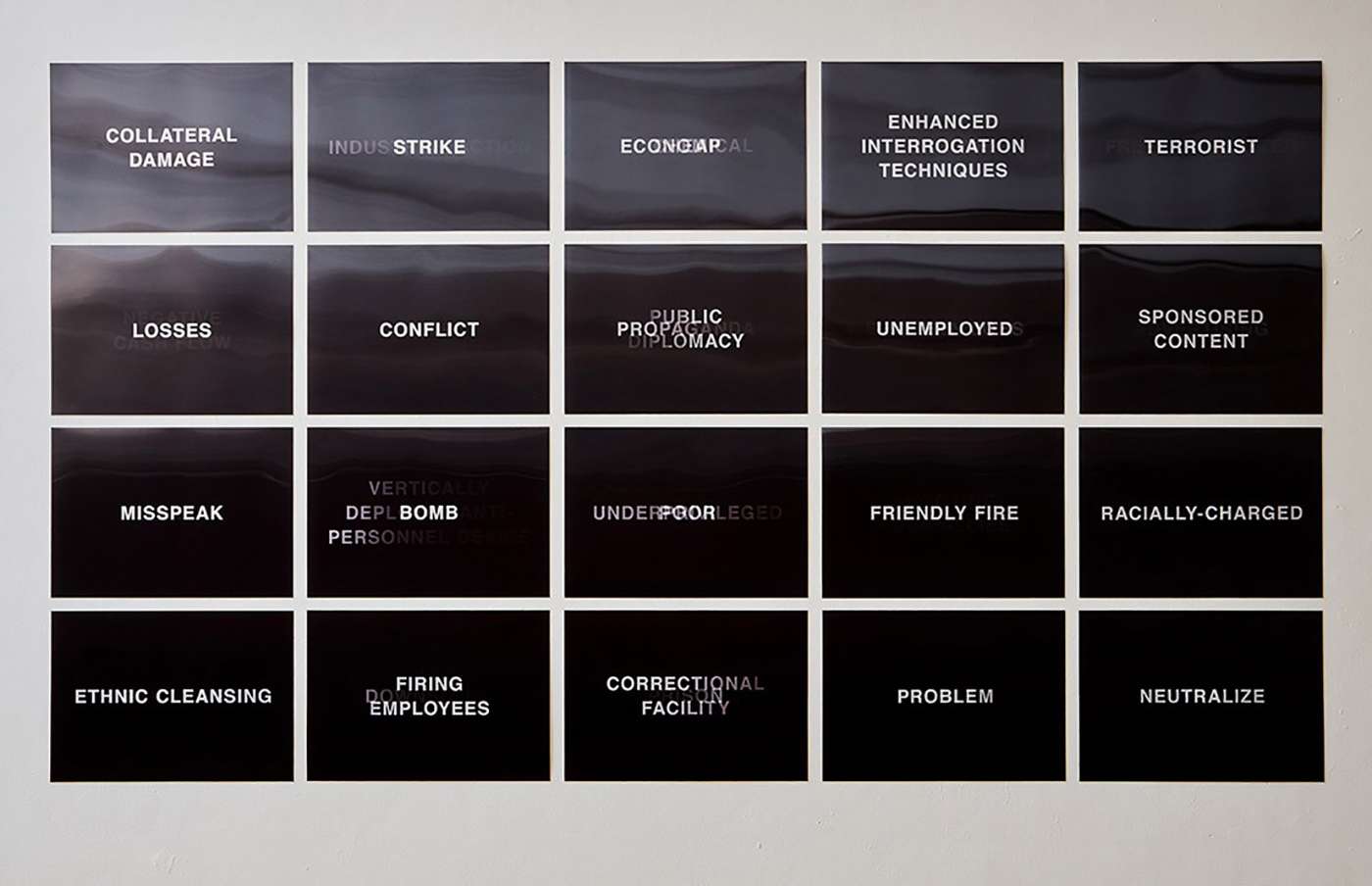
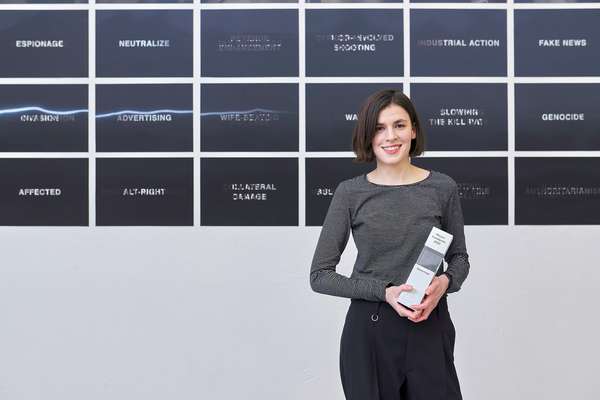
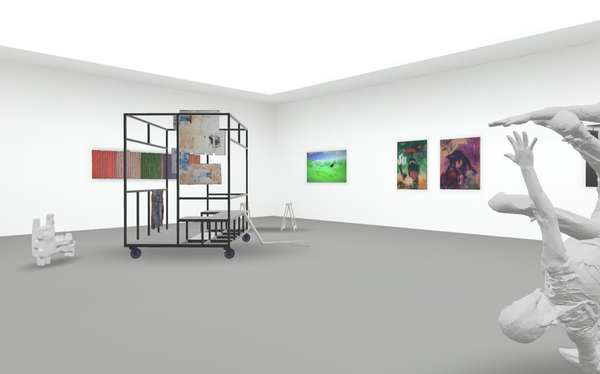
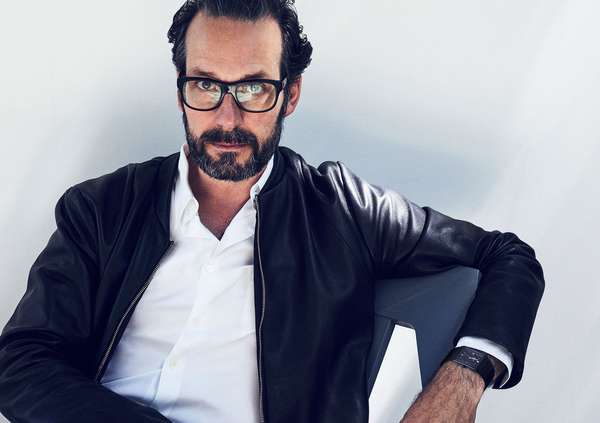
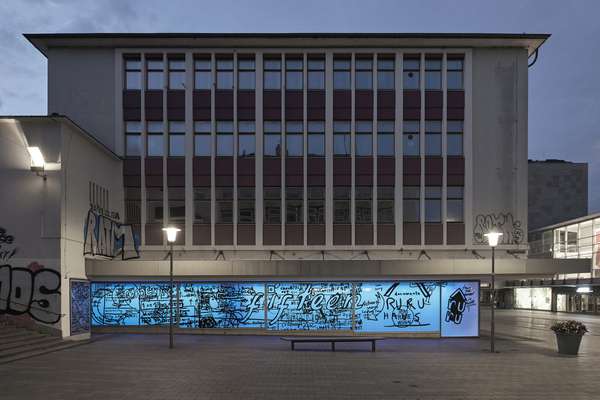
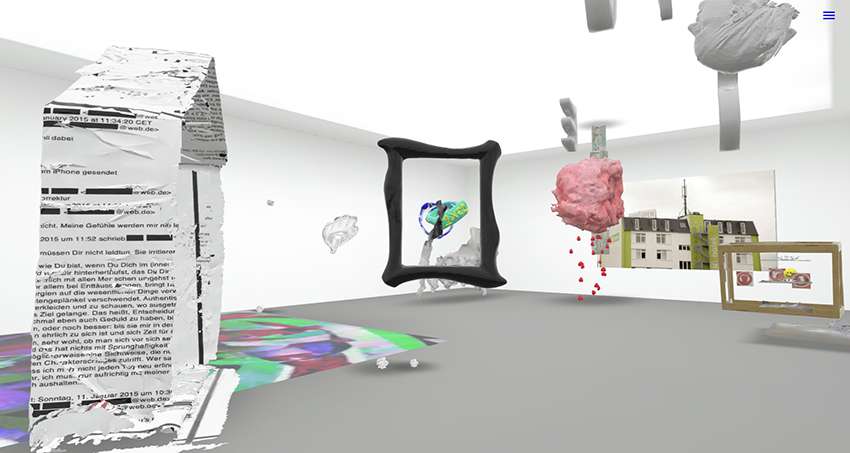
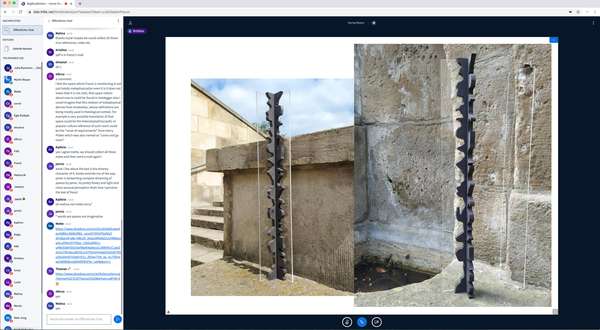
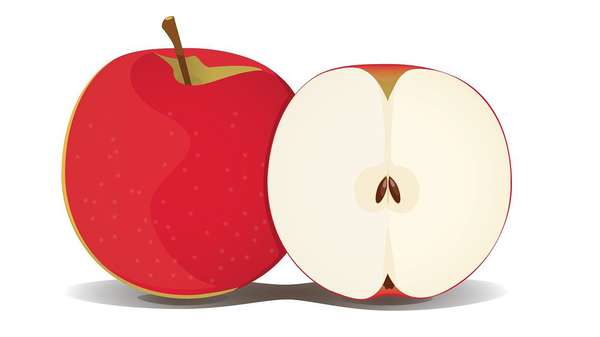
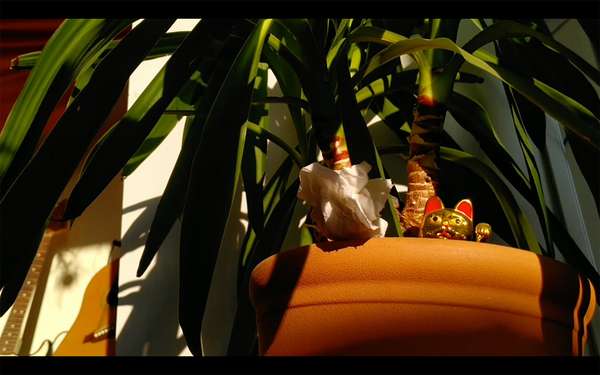
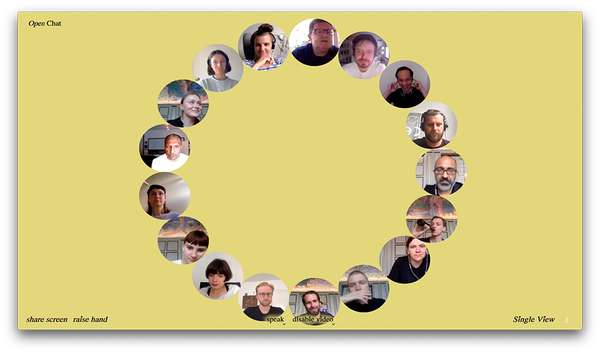

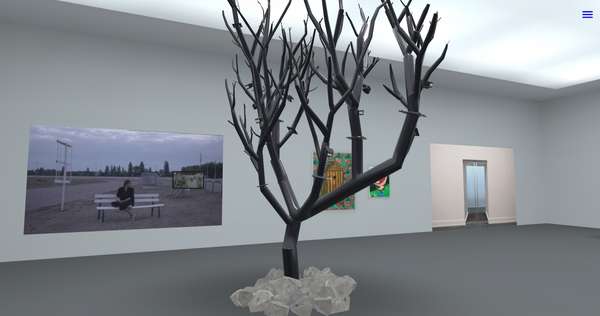
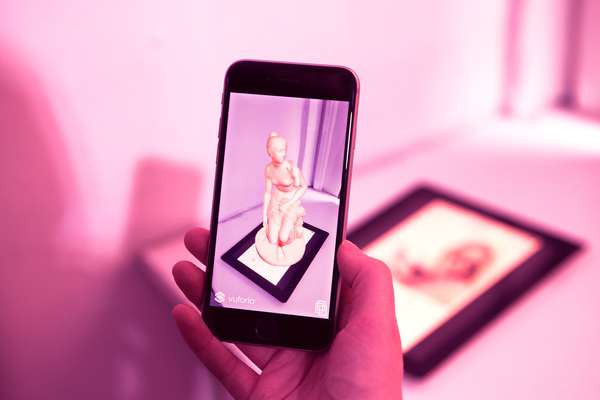
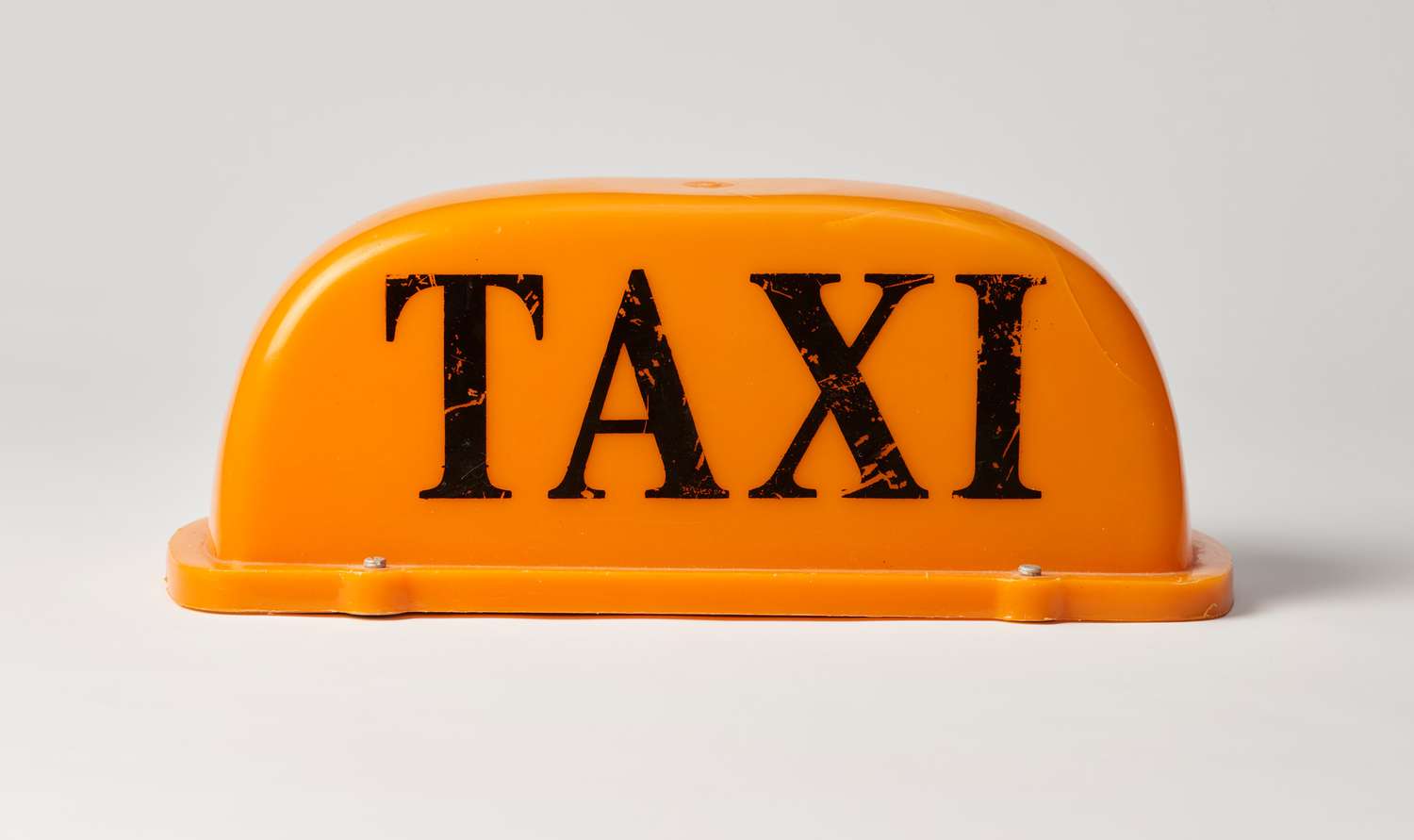
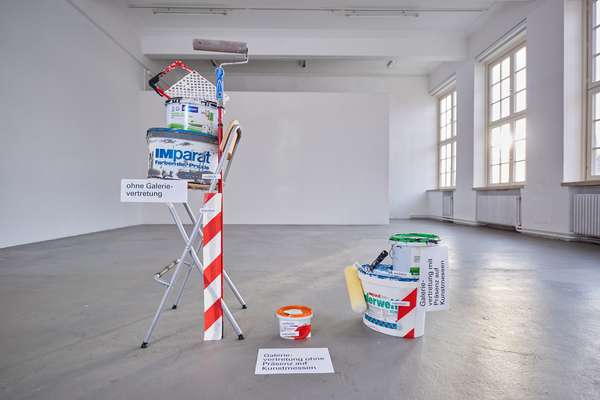
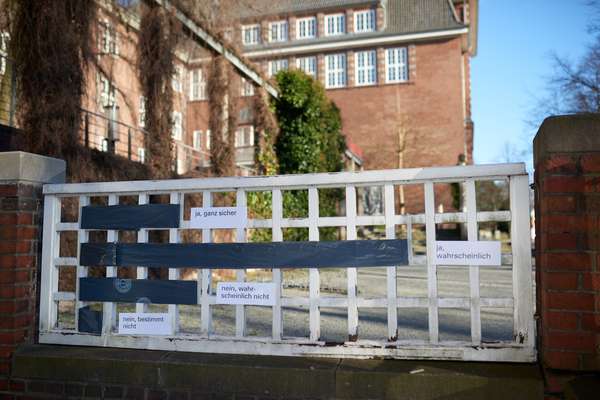
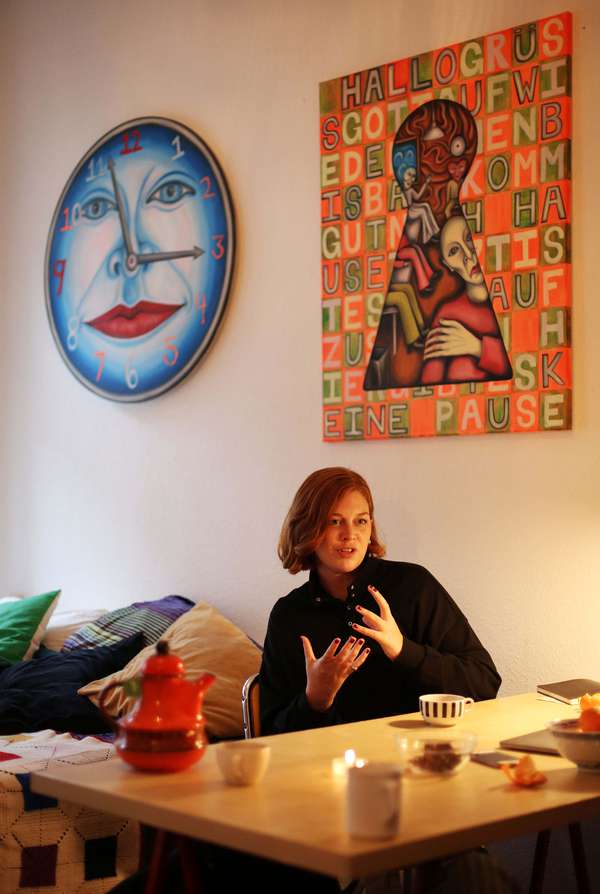
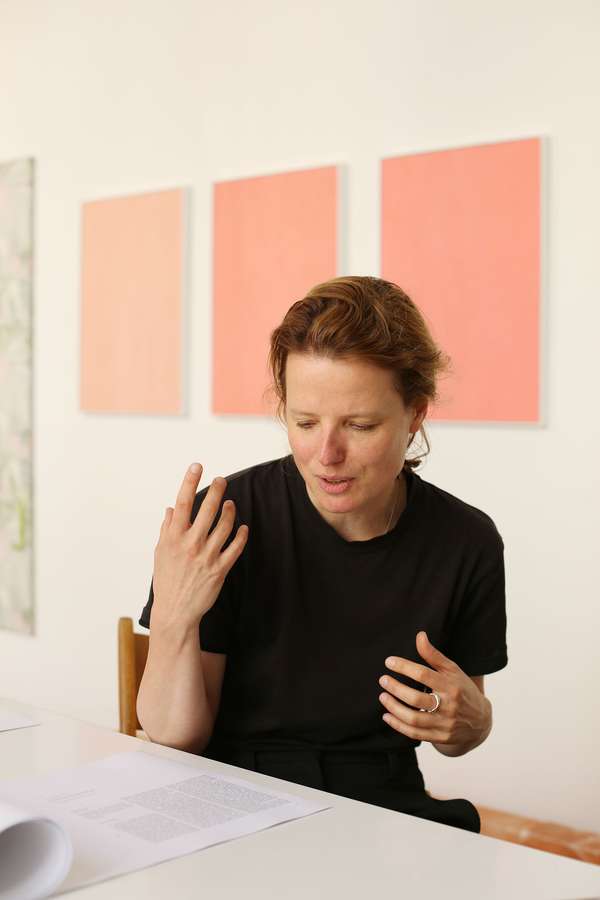
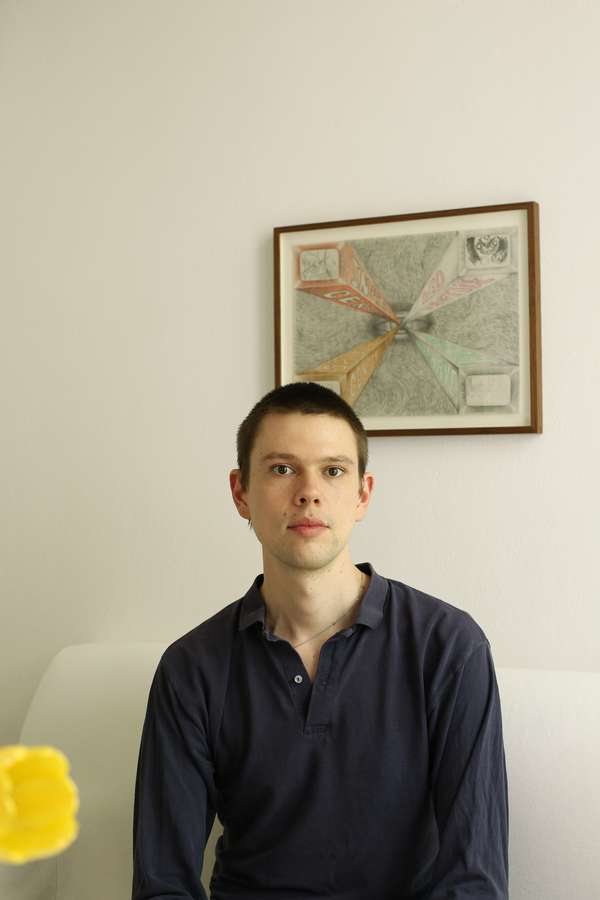
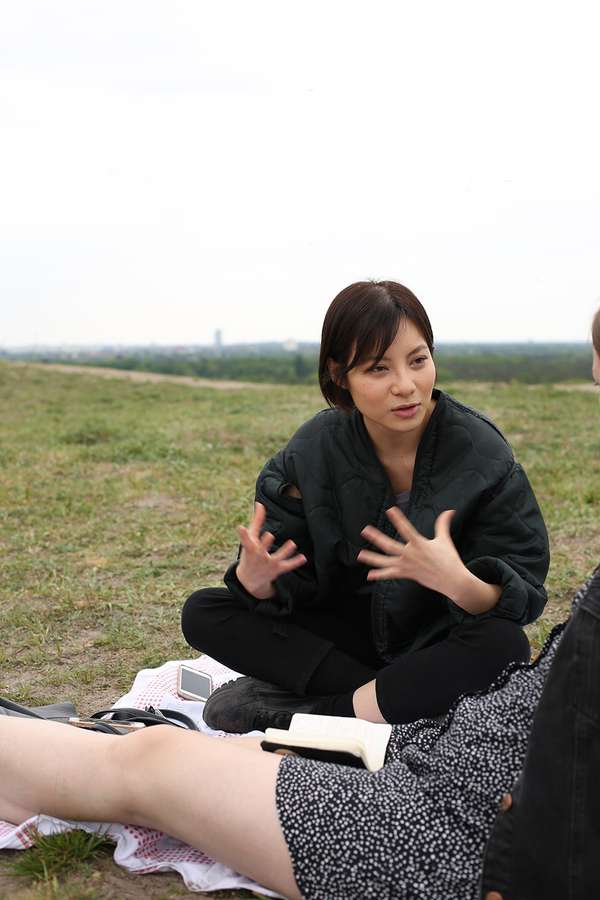
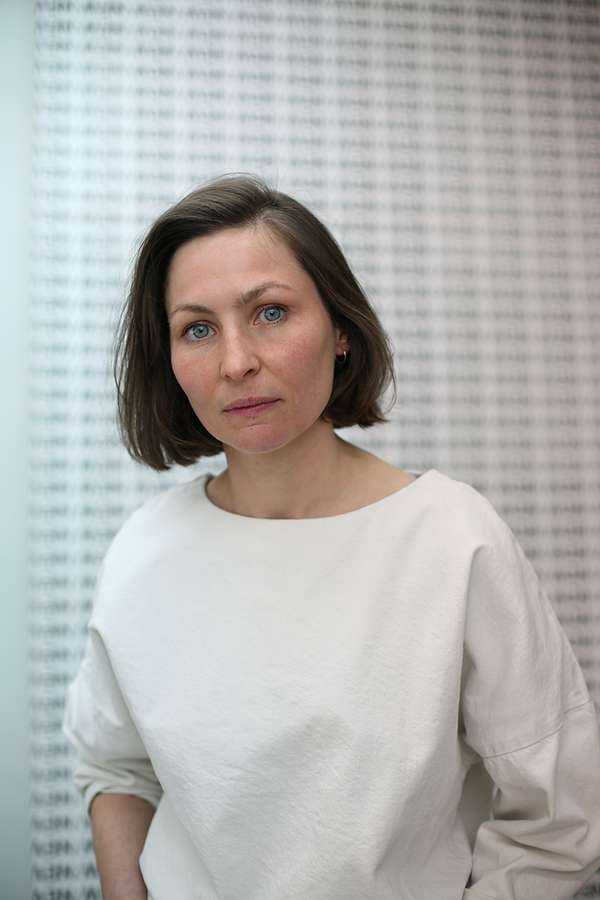
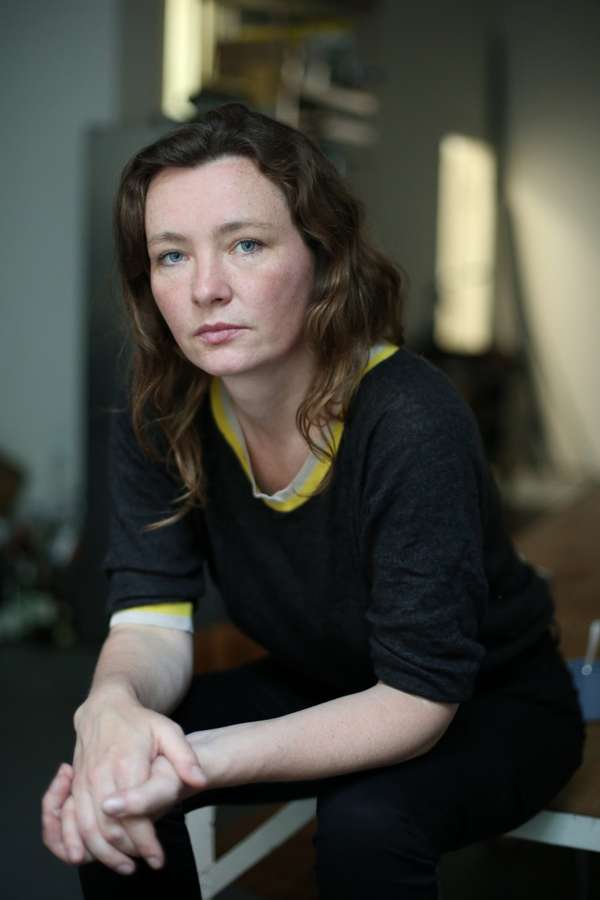
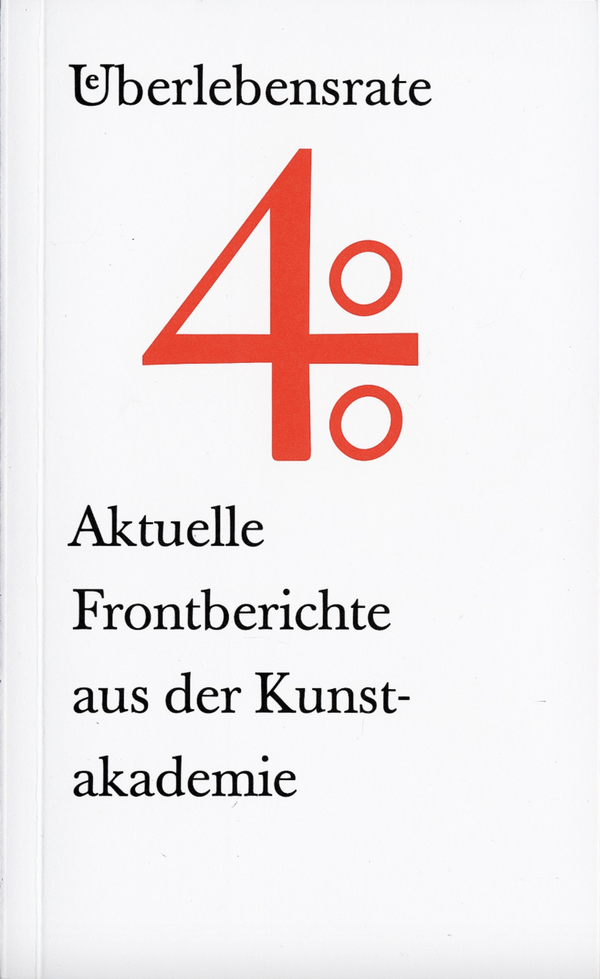
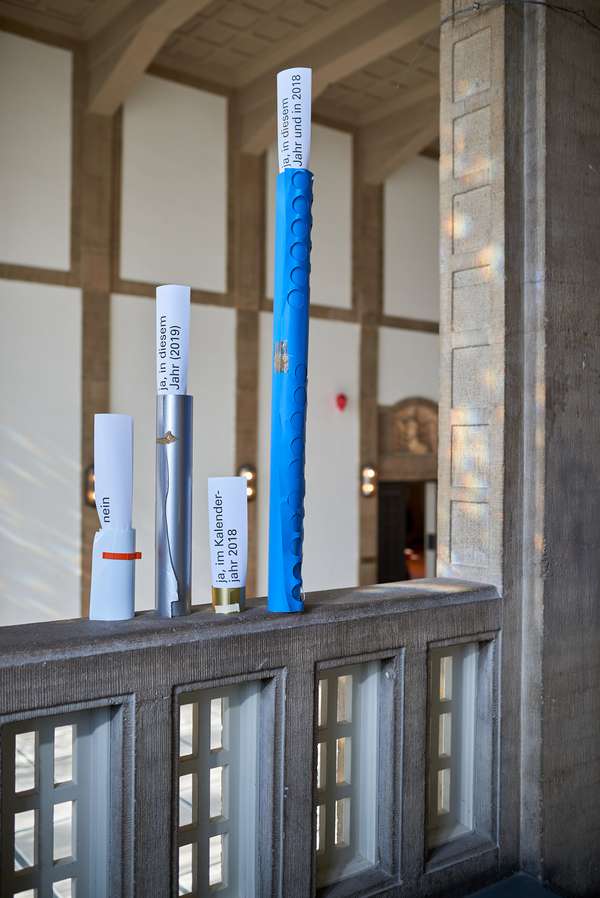
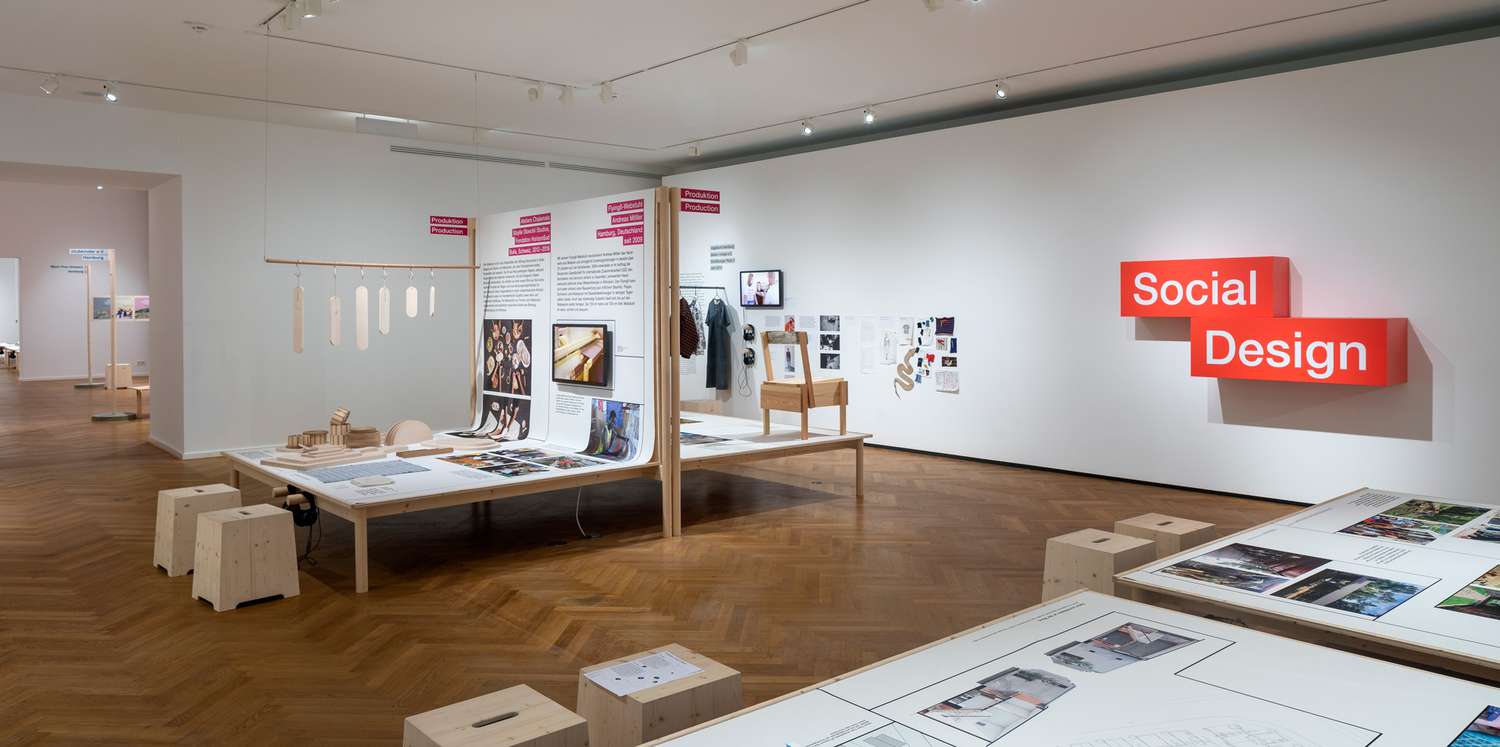
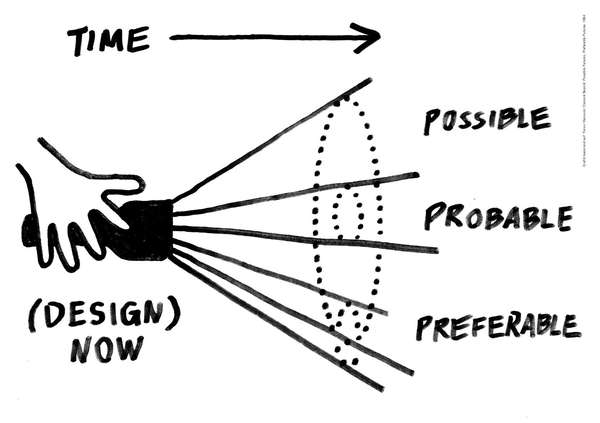
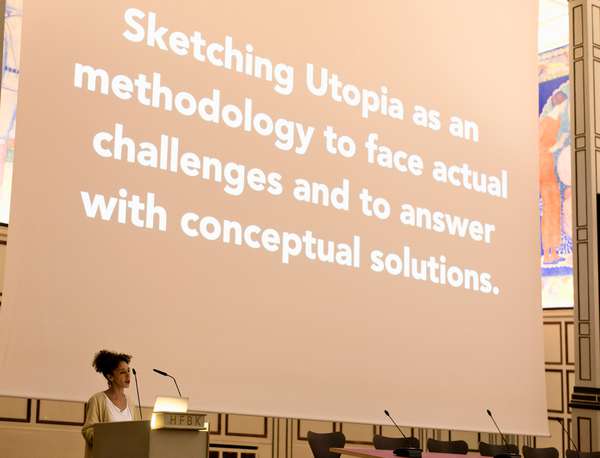

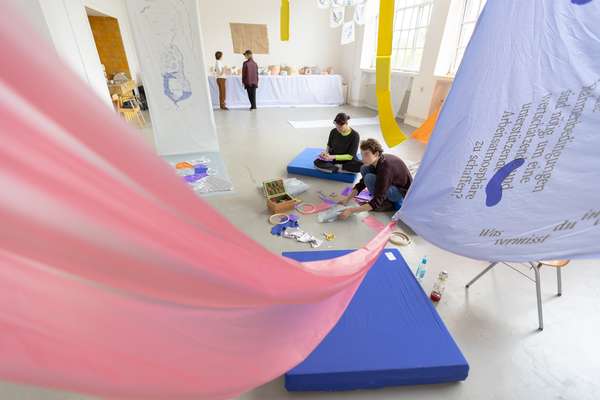

 Graduate Show 2025: Don't stop me now
Graduate Show 2025: Don't stop me now
 Long days, lots to do
Long days, lots to do
 Cine*Ami*es
Cine*Ami*es
 Redesign Democracy – competition for the ballot box of the democratic future
Redesign Democracy – competition for the ballot box of the democratic future
 Art in public space
Art in public space
 How to apply: study at HFBK Hamburg
How to apply: study at HFBK Hamburg
 Annual Exhibition 2025 at the HFBK Hamburg
Annual Exhibition 2025 at the HFBK Hamburg
 The Elephant in The Room – Sculpture today
The Elephant in The Room – Sculpture today
 Hiscox Art Prize 2024
Hiscox Art Prize 2024
 The New Woman
The New Woman
 Doing a PhD at the HFBK Hamburg
Doing a PhD at the HFBK Hamburg
 Graduate Show 2024 - Letting Go
Graduate Show 2024 - Letting Go
 Finkenwerder Art Prize 2024
Finkenwerder Art Prize 2024
 Archives of the Body - The Body in Archiving
Archives of the Body - The Body in Archiving
 New partnership with the School of Arts at the University of Haifa
New partnership with the School of Arts at the University of Haifa
 Annual Exhibition 2024 at the HFBK Hamburg
Annual Exhibition 2024 at the HFBK Hamburg
 (Ex)Changes of / in Art
(Ex)Changes of / in Art
 Extended Libraries
Extended Libraries
 And Still I Rise
And Still I Rise
 Let's talk about language
Let's talk about language
 Graduate Show 2023: Unfinished Business
Graduate Show 2023: Unfinished Business
 Let`s work together
Let`s work together
 Annual Exhibition 2023 at HFBK Hamburg
Annual Exhibition 2023 at HFBK Hamburg
 Symposium: Controversy over documenta fifteen
Symposium: Controversy over documenta fifteen
 Festival and Symposium: Non-Knowledge, Laughter and the Moving Image
Festival and Symposium: Non-Knowledge, Laughter and the Moving Image
 Solo exhibition by Konstantin Grcic
Solo exhibition by Konstantin Grcic
 Art and war
Art and war
 Graduate Show 2022: We’ve Only Just Begun
Graduate Show 2022: We’ve Only Just Begun
 June is full of art and theory
June is full of art and theory
 Finkenwerder Art Prize 2022
Finkenwerder Art Prize 2022
 Nachhaltigkeit im Kontext von Kunst und Kunsthochschule
Nachhaltigkeit im Kontext von Kunst und Kunsthochschule
 Raum für die Kunst
Raum für die Kunst
 Annual Exhibition 2022 at the HFBK
Annual Exhibition 2022 at the HFBK
 Conference: Counter-Monuments and Para-Monuments.
Conference: Counter-Monuments and Para-Monuments.
 Diversity
Diversity
 Live und in Farbe: die ASA Open Studios im Juni 2021
Live und in Farbe: die ASA Open Studios im Juni 2021
 Unlearning: Wartenau Assemblies
Unlearning: Wartenau Assemblies
 School of No Consequences
School of No Consequences
 Annual Exhibition 2021 at the HFBK
Annual Exhibition 2021 at the HFBK
 Semestereröffnung und Hiscox-Preisverleihung 2020
Semestereröffnung und Hiscox-Preisverleihung 2020
 Teaching Art Online at the HFBK
Teaching Art Online at the HFBK
 HFBK Graduate Survey
HFBK Graduate Survey
 How political is Social Design?
How political is Social Design?